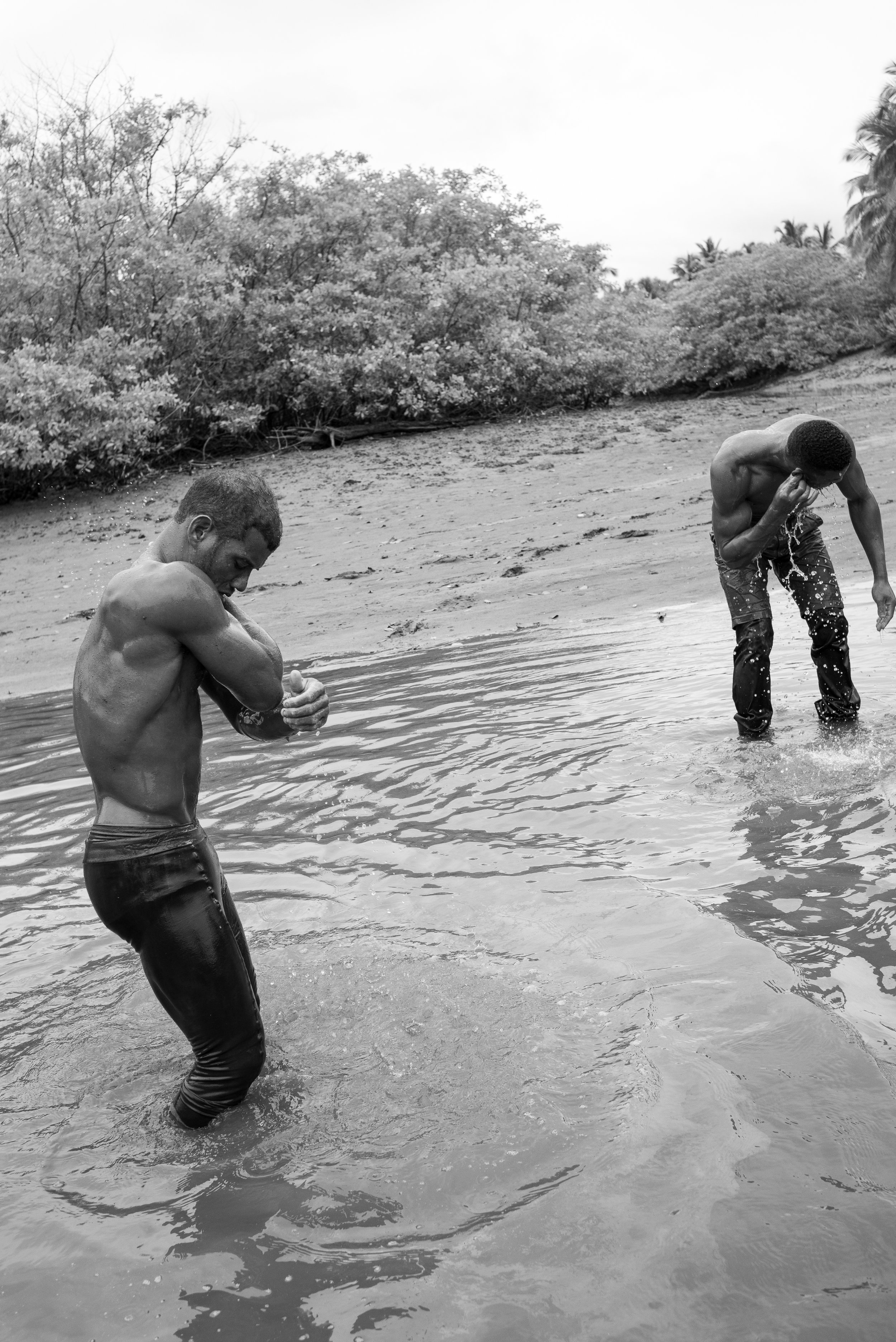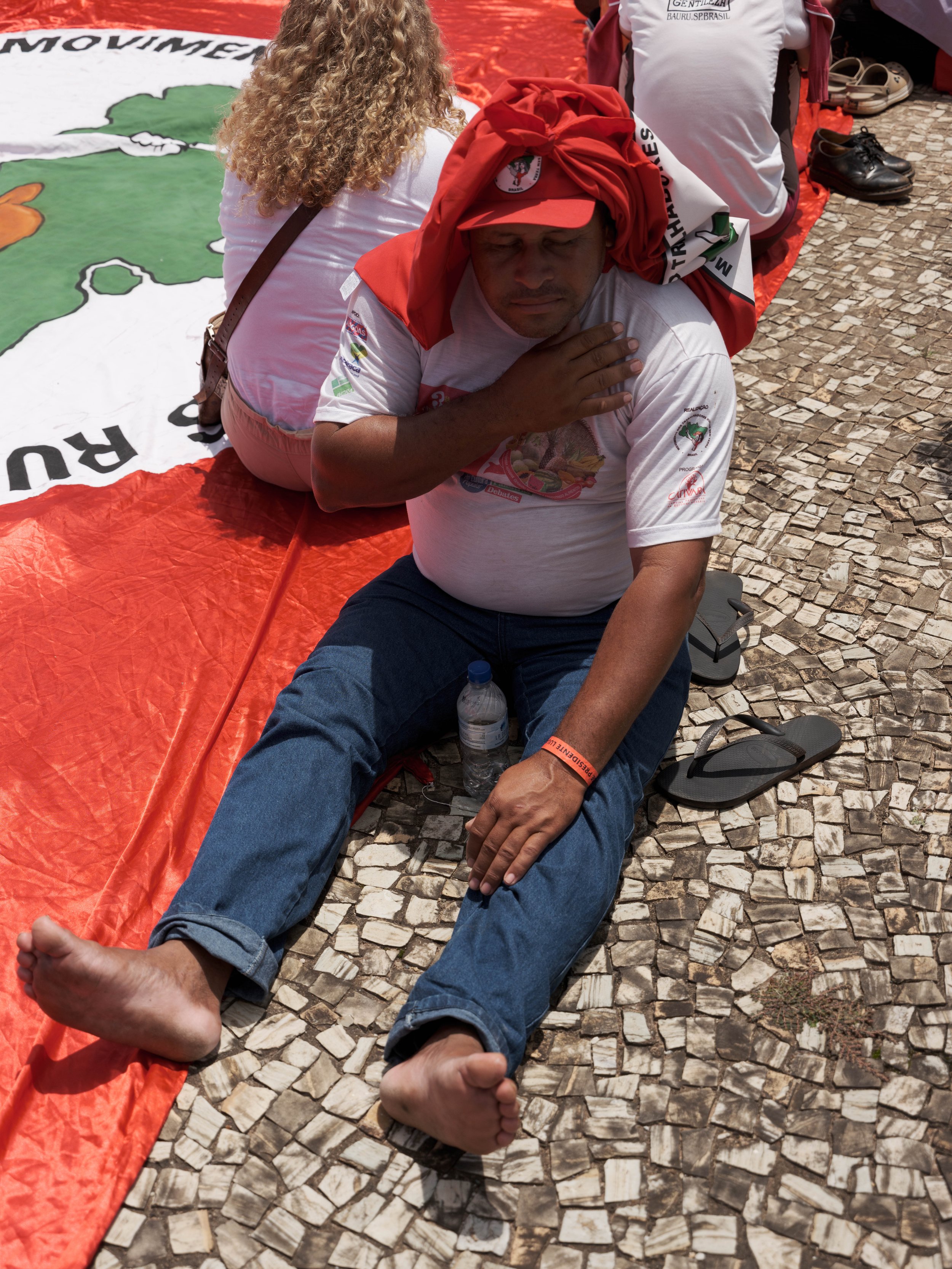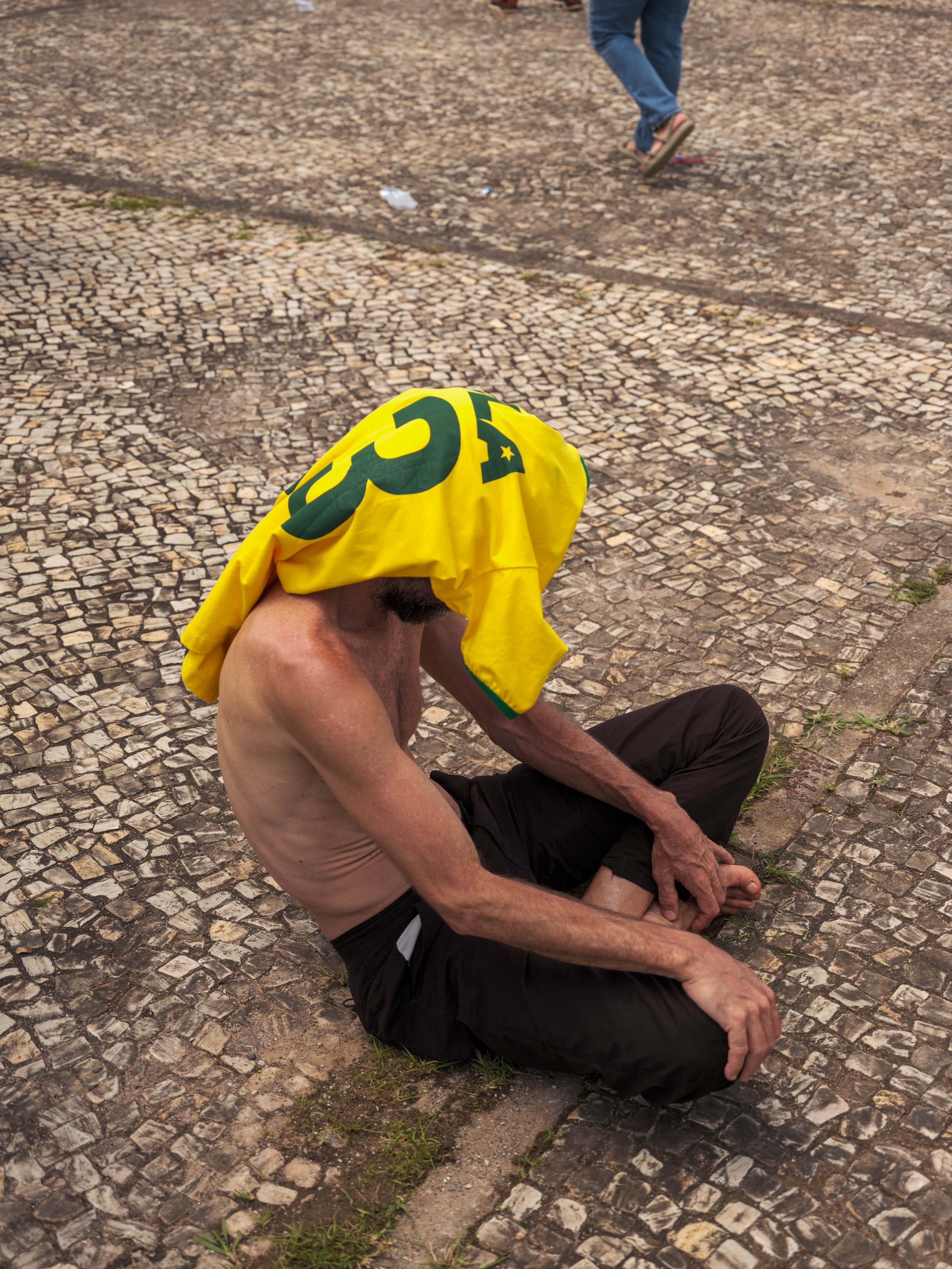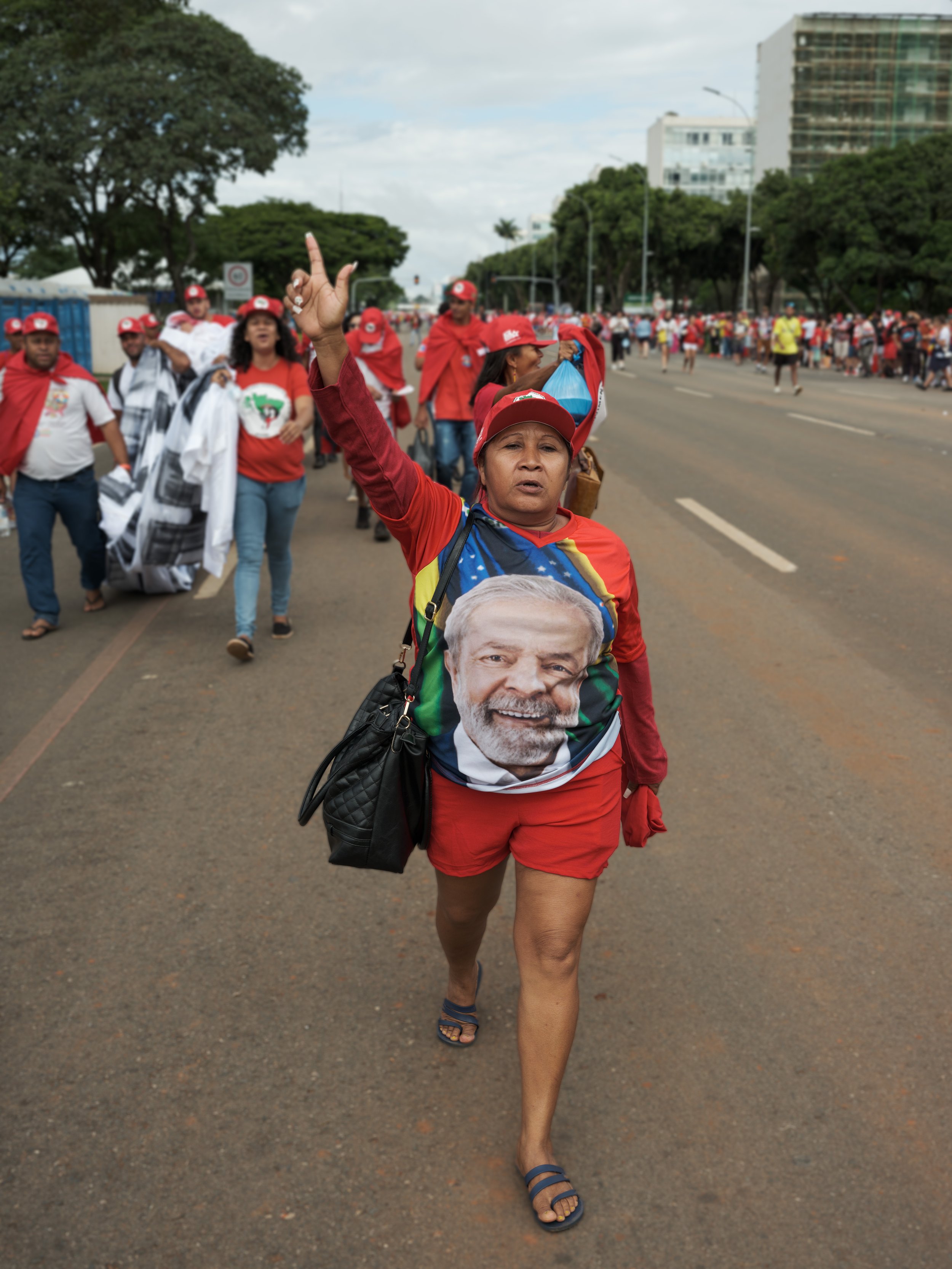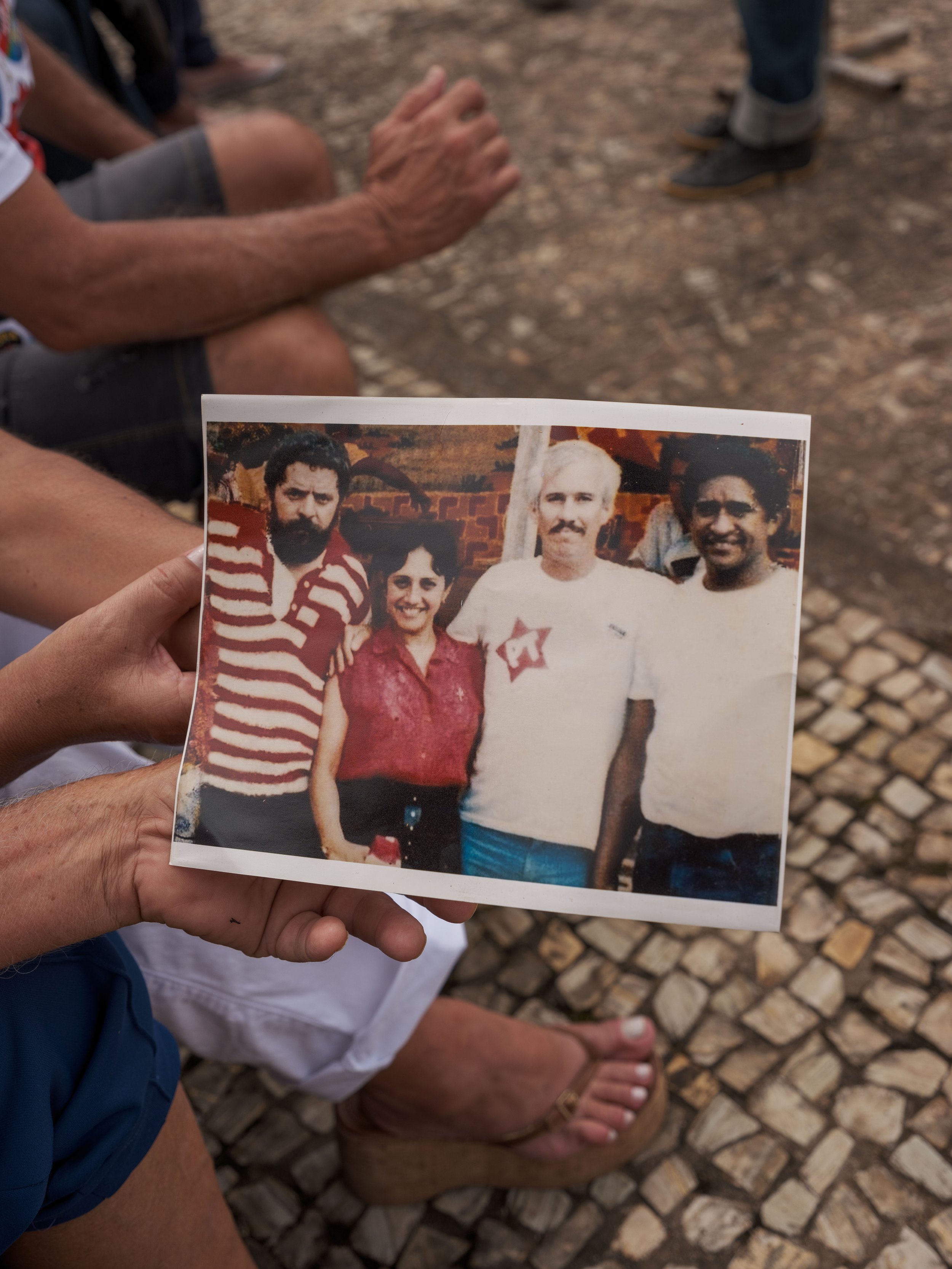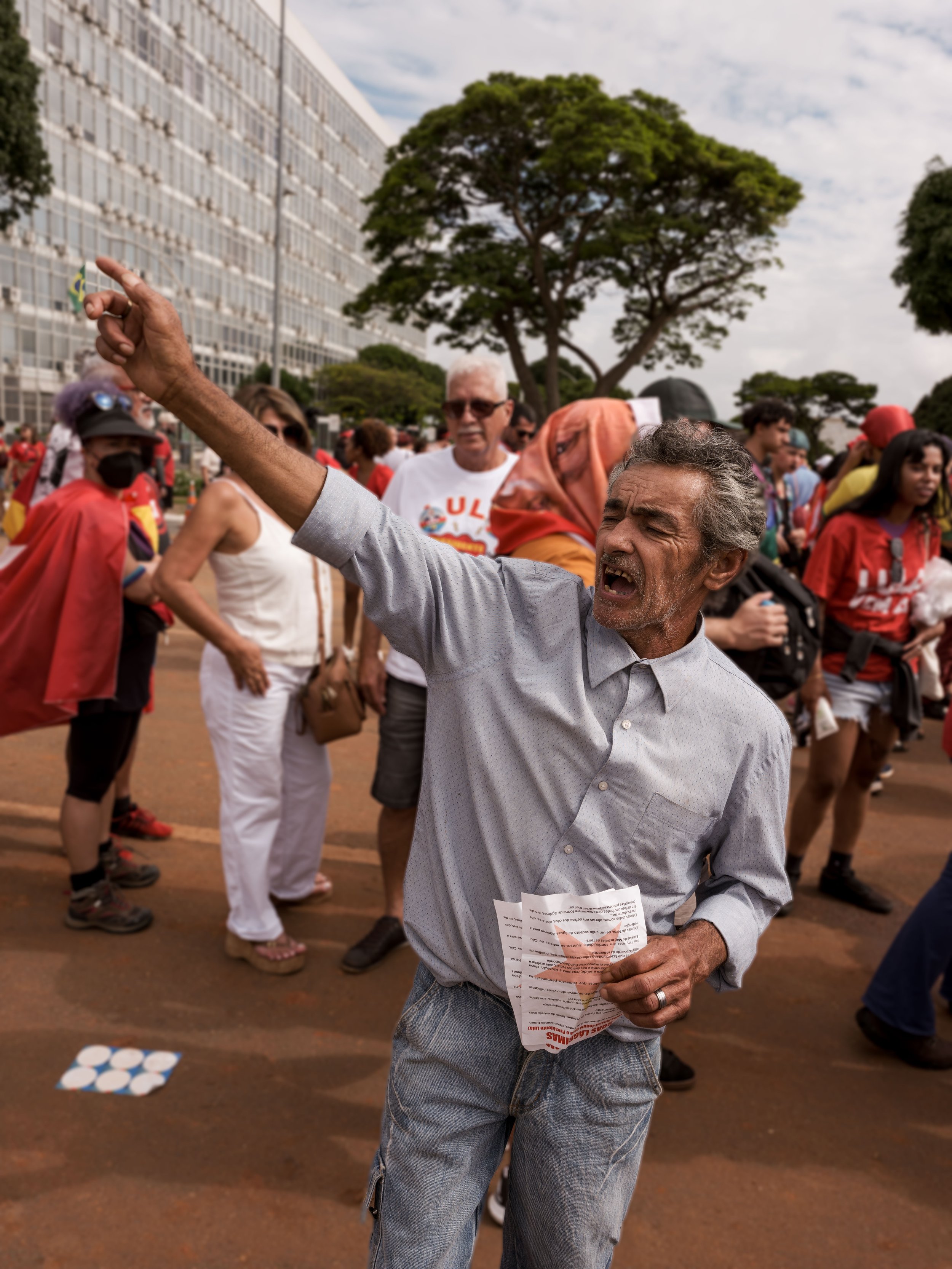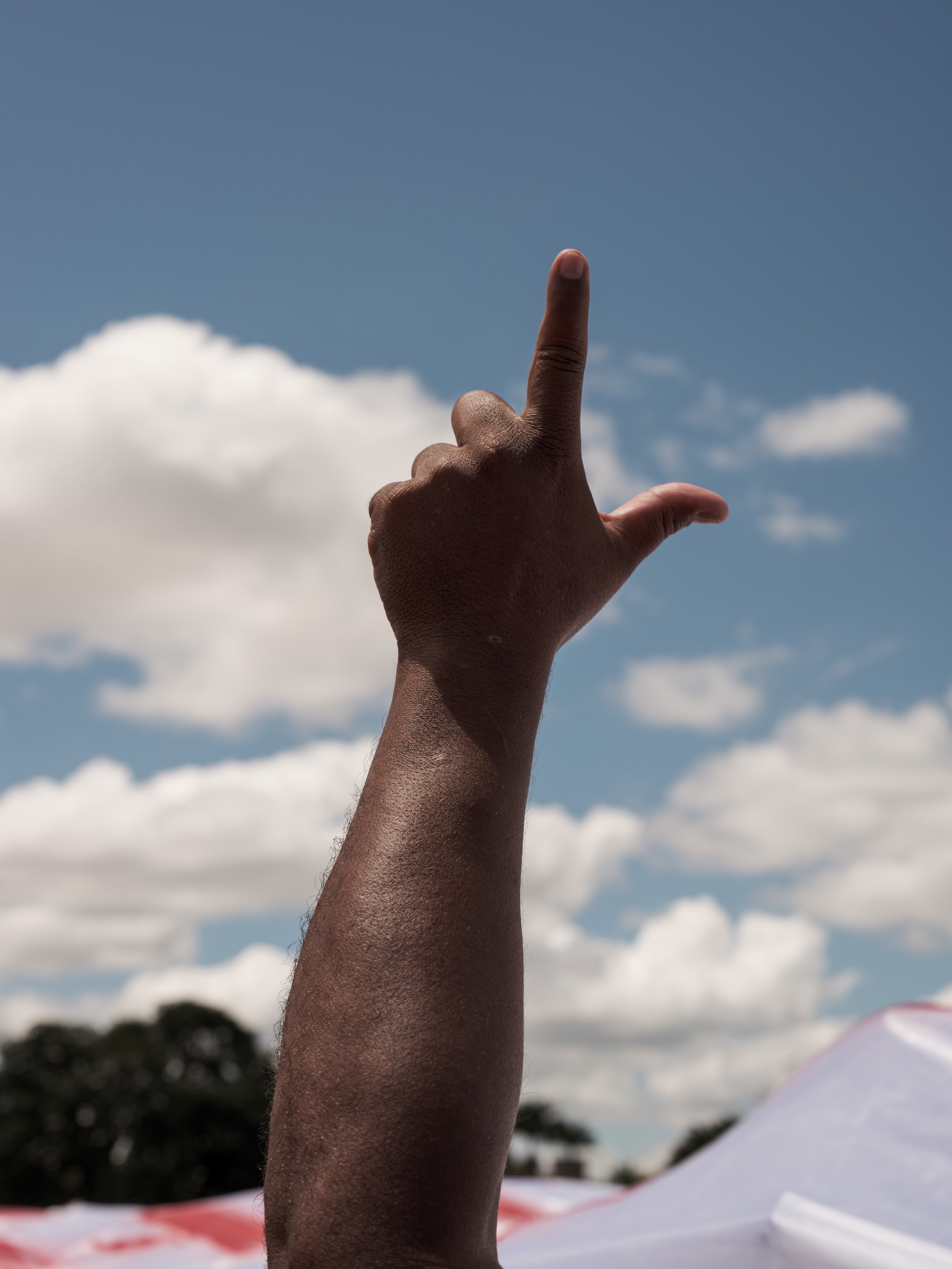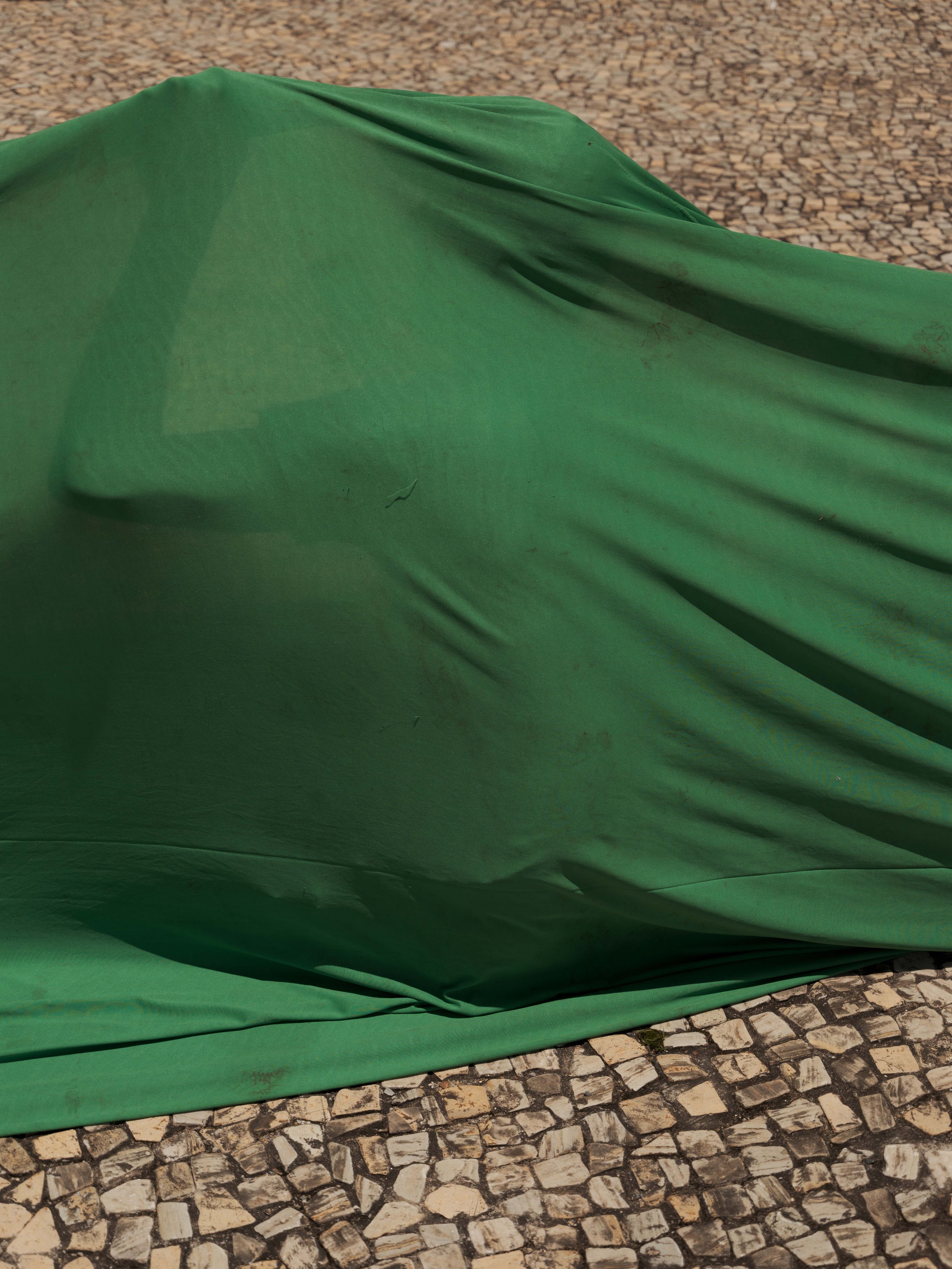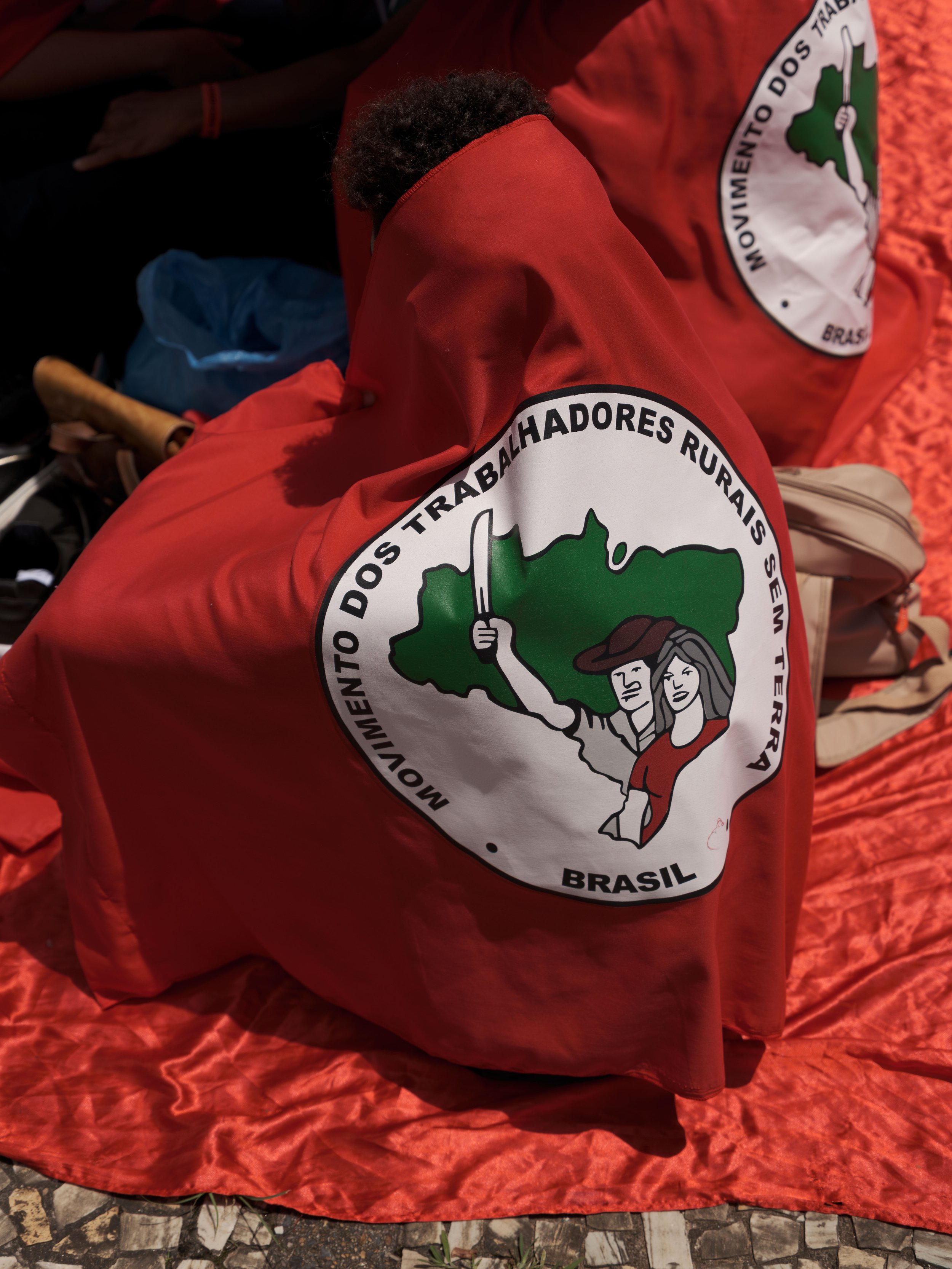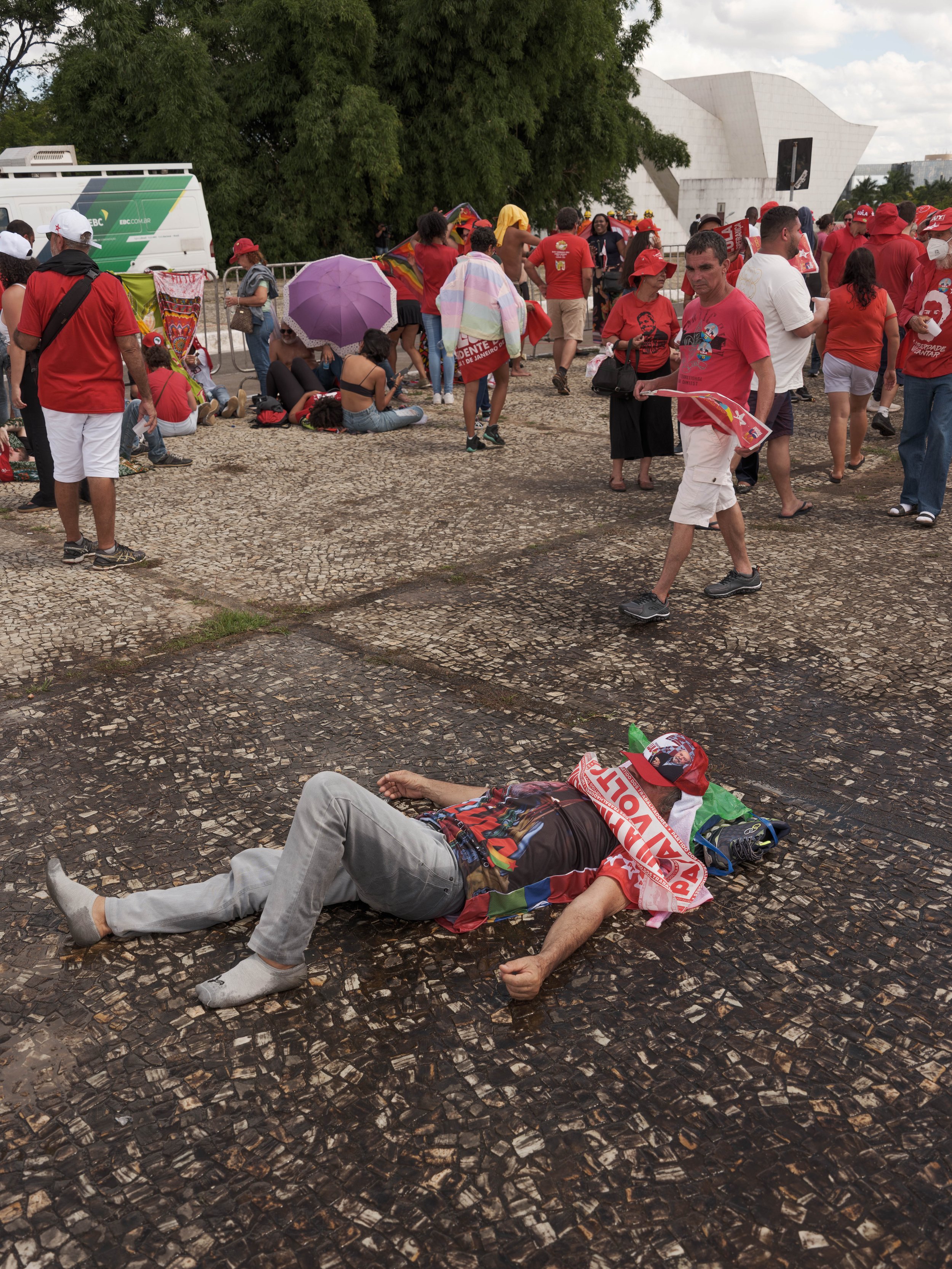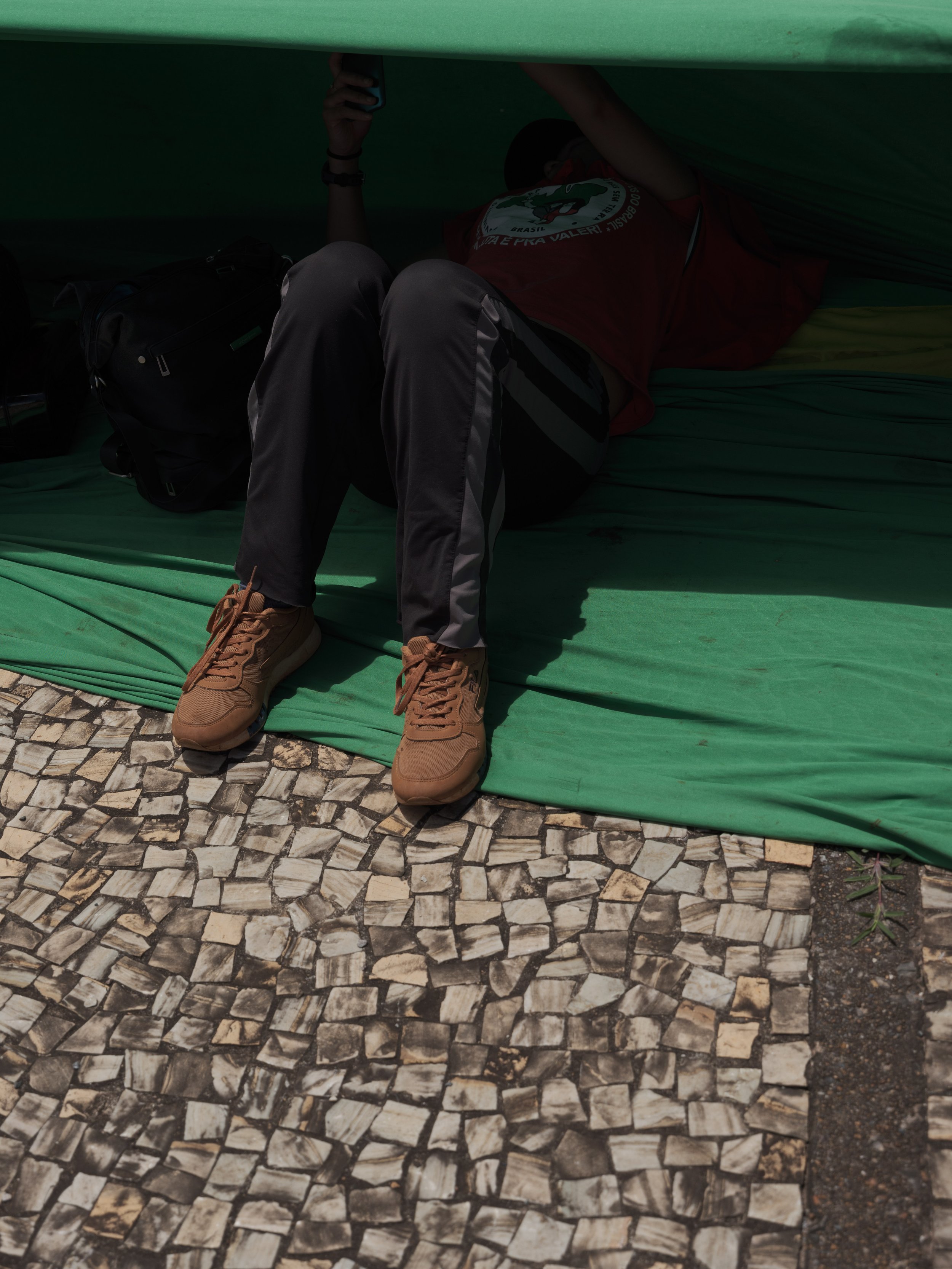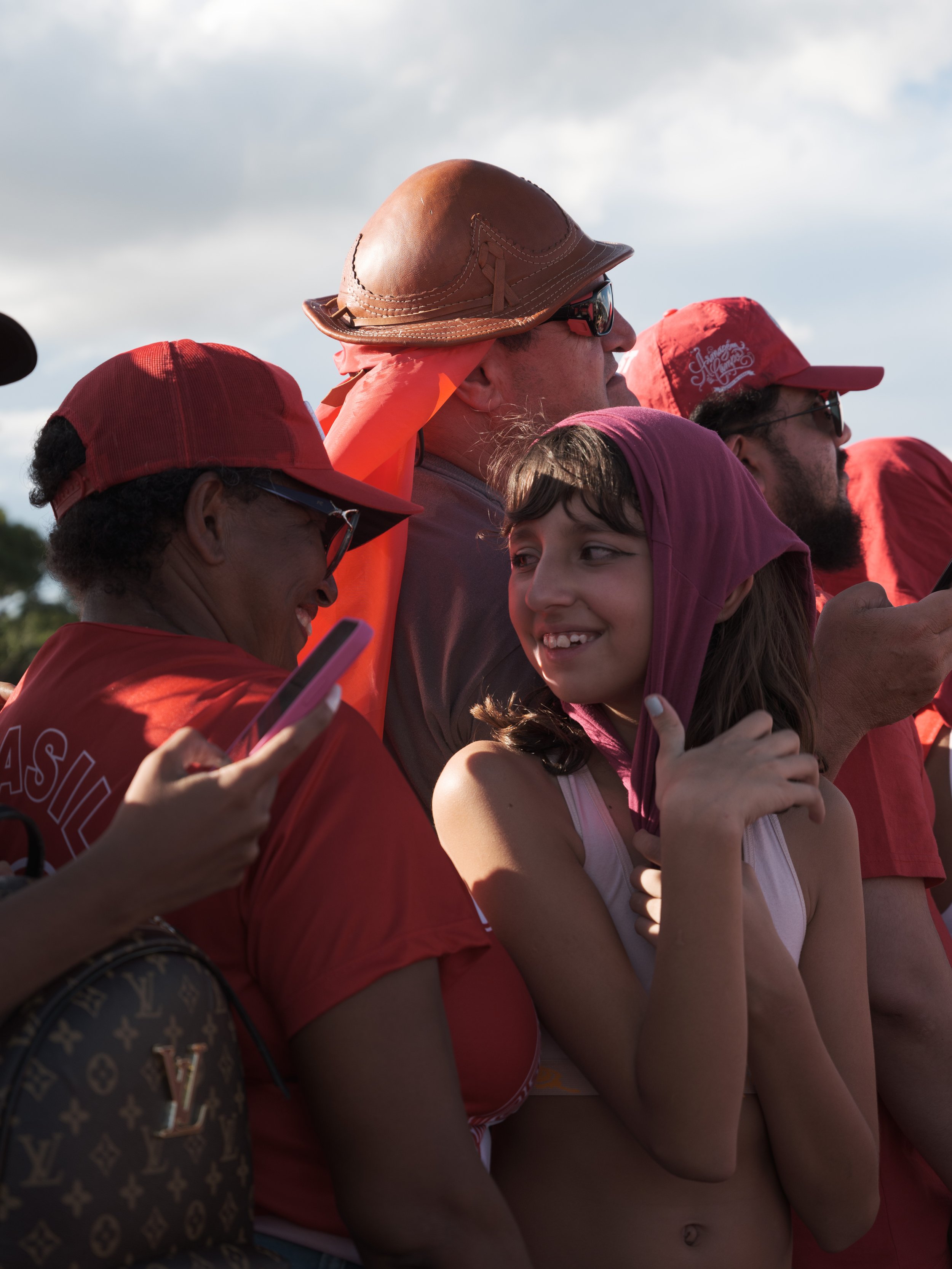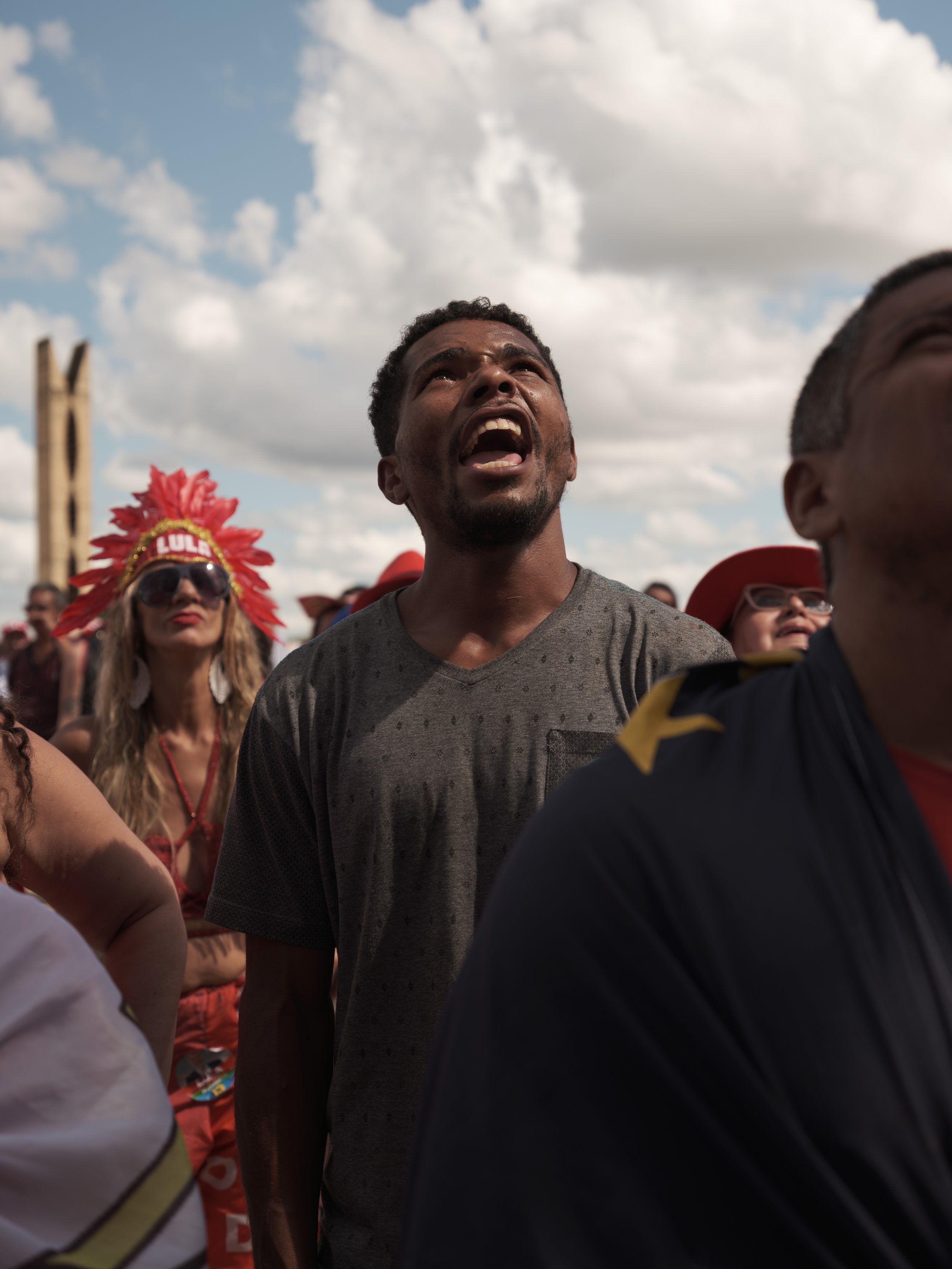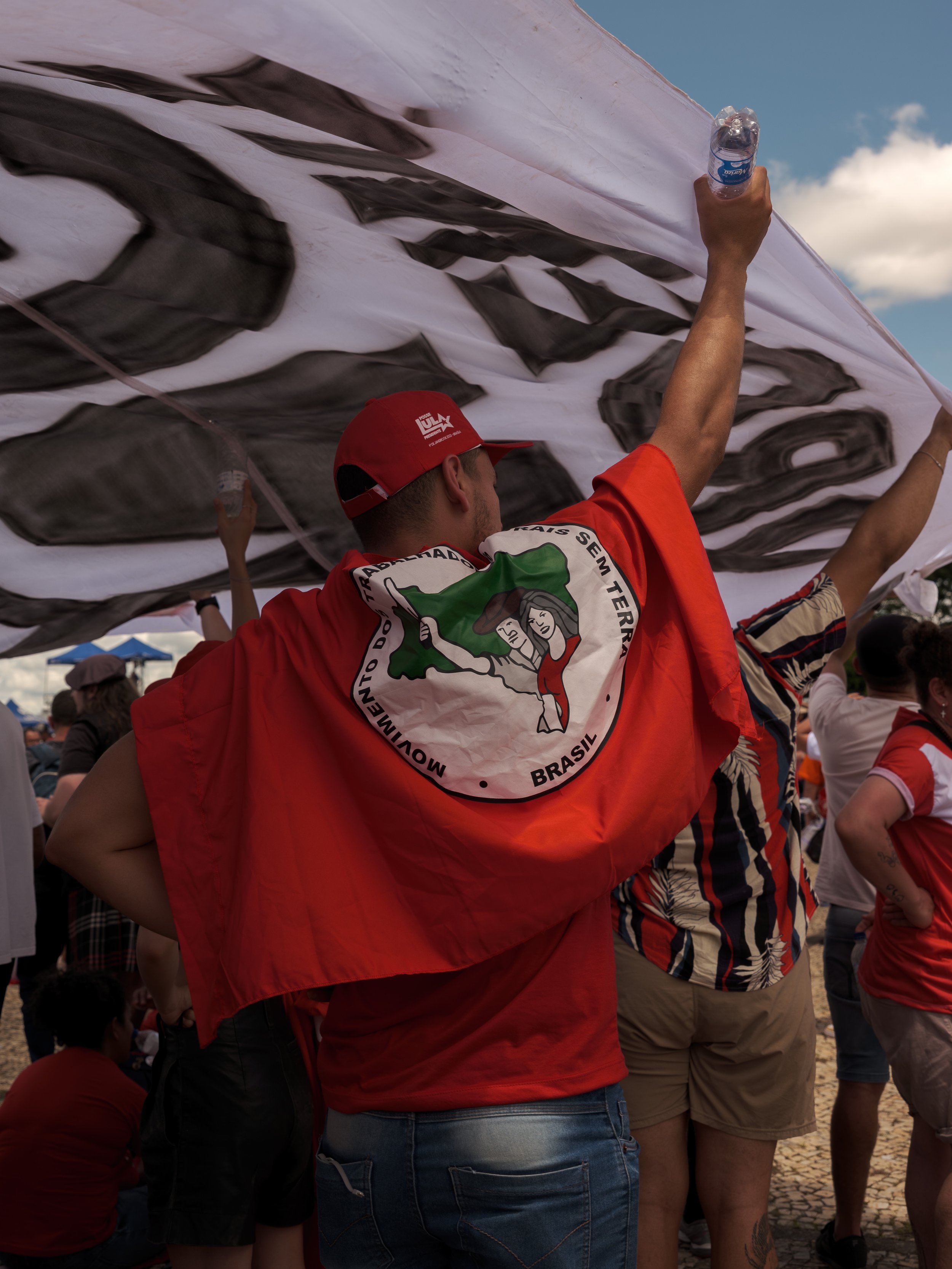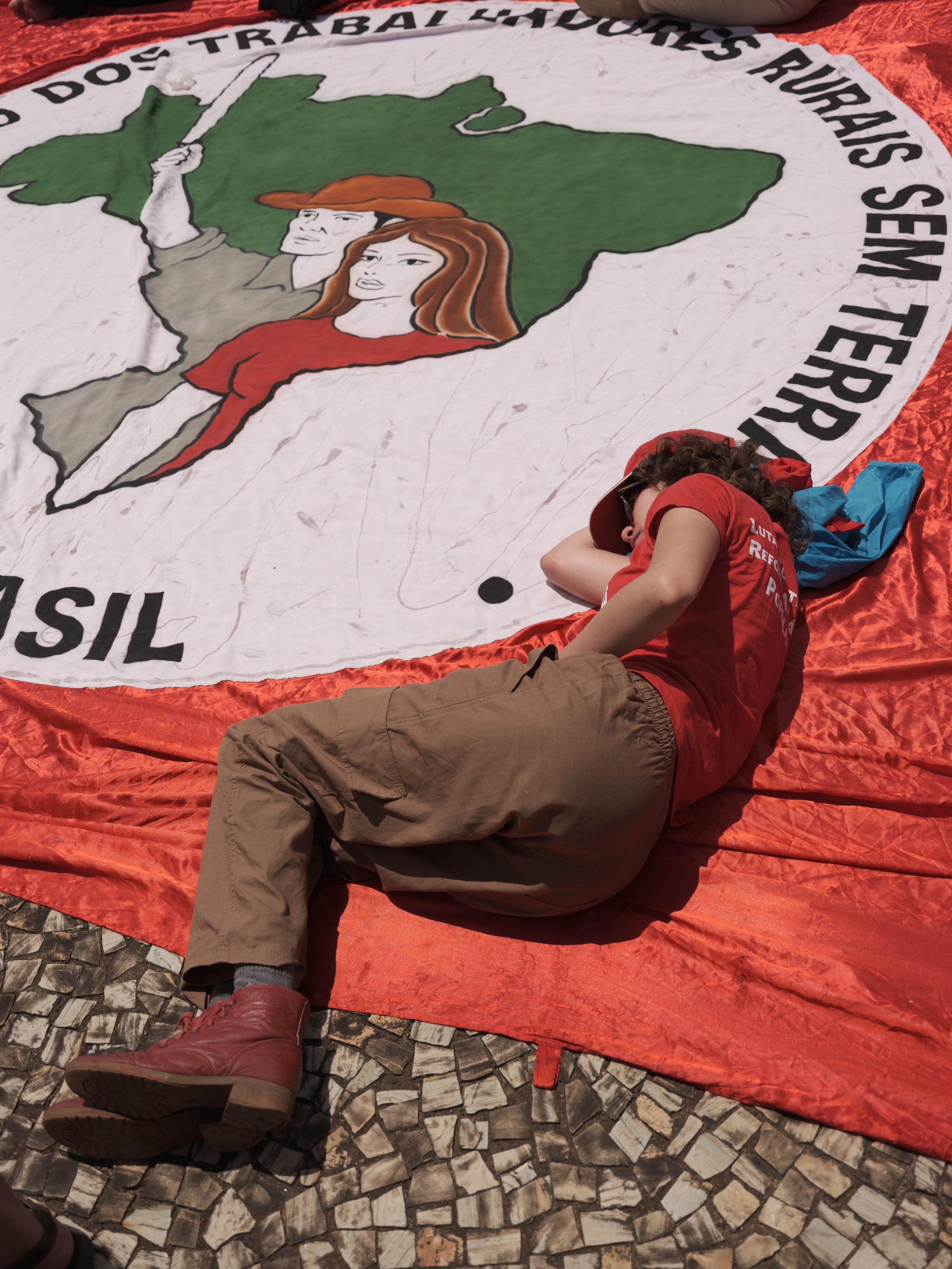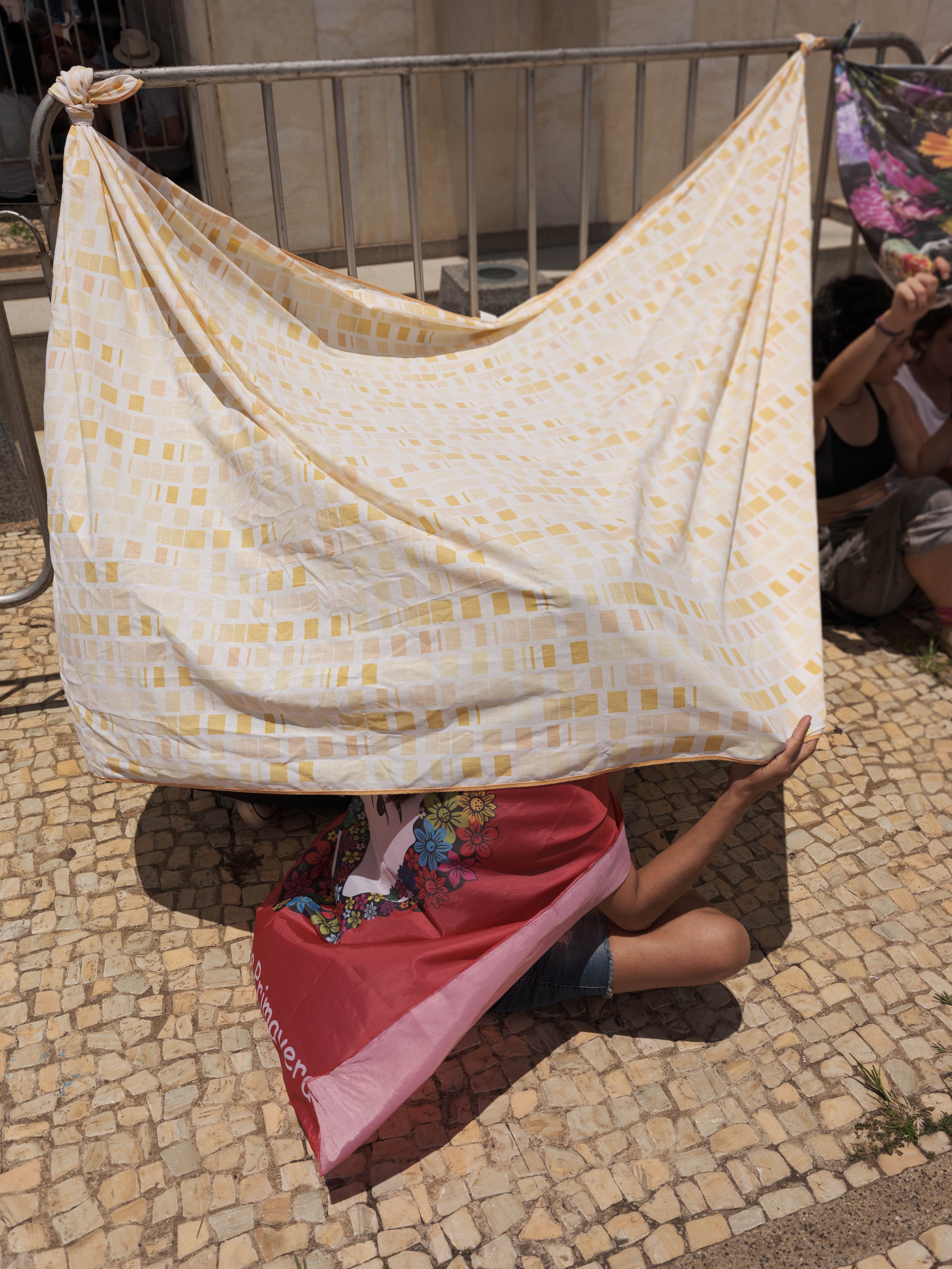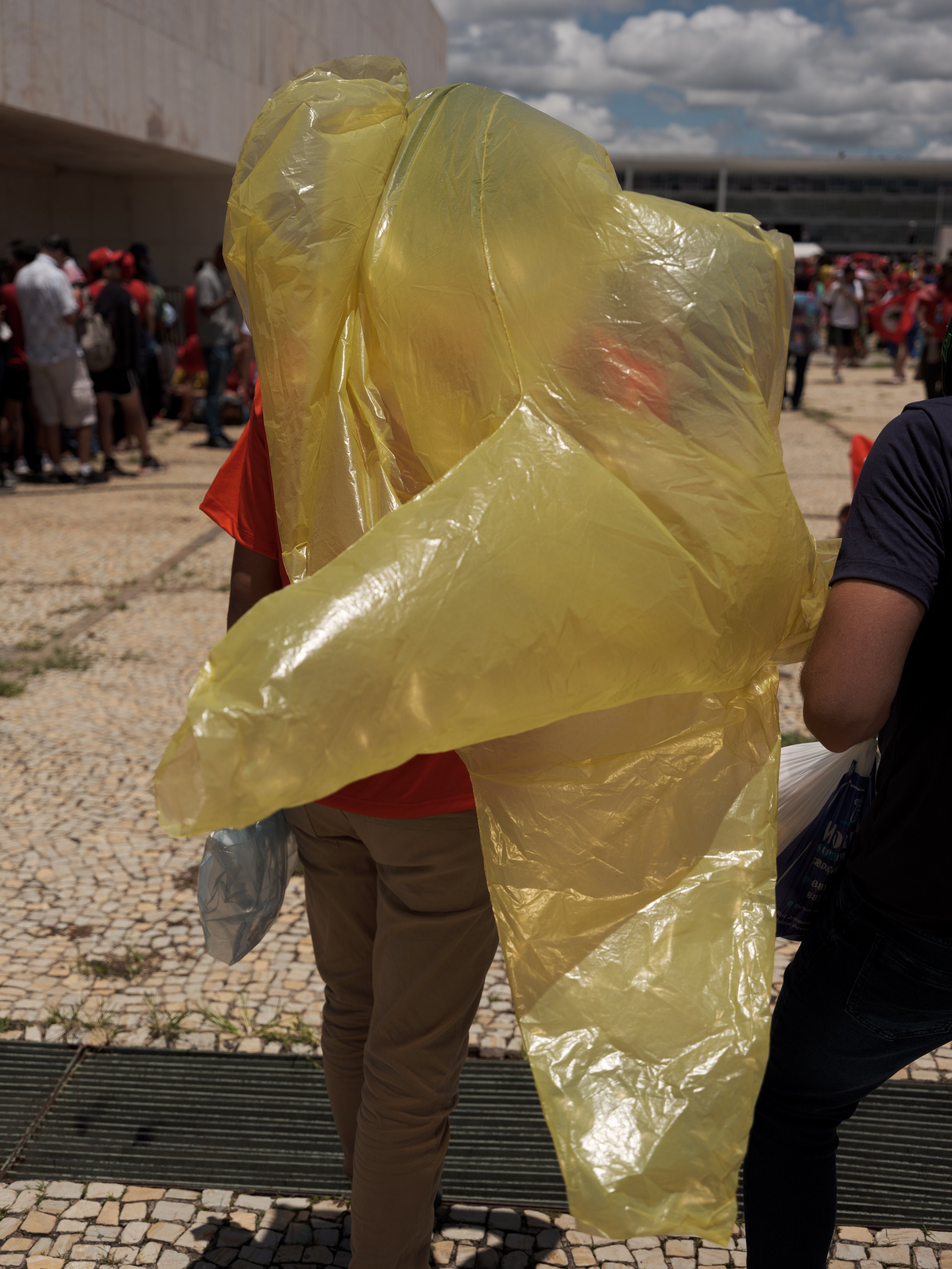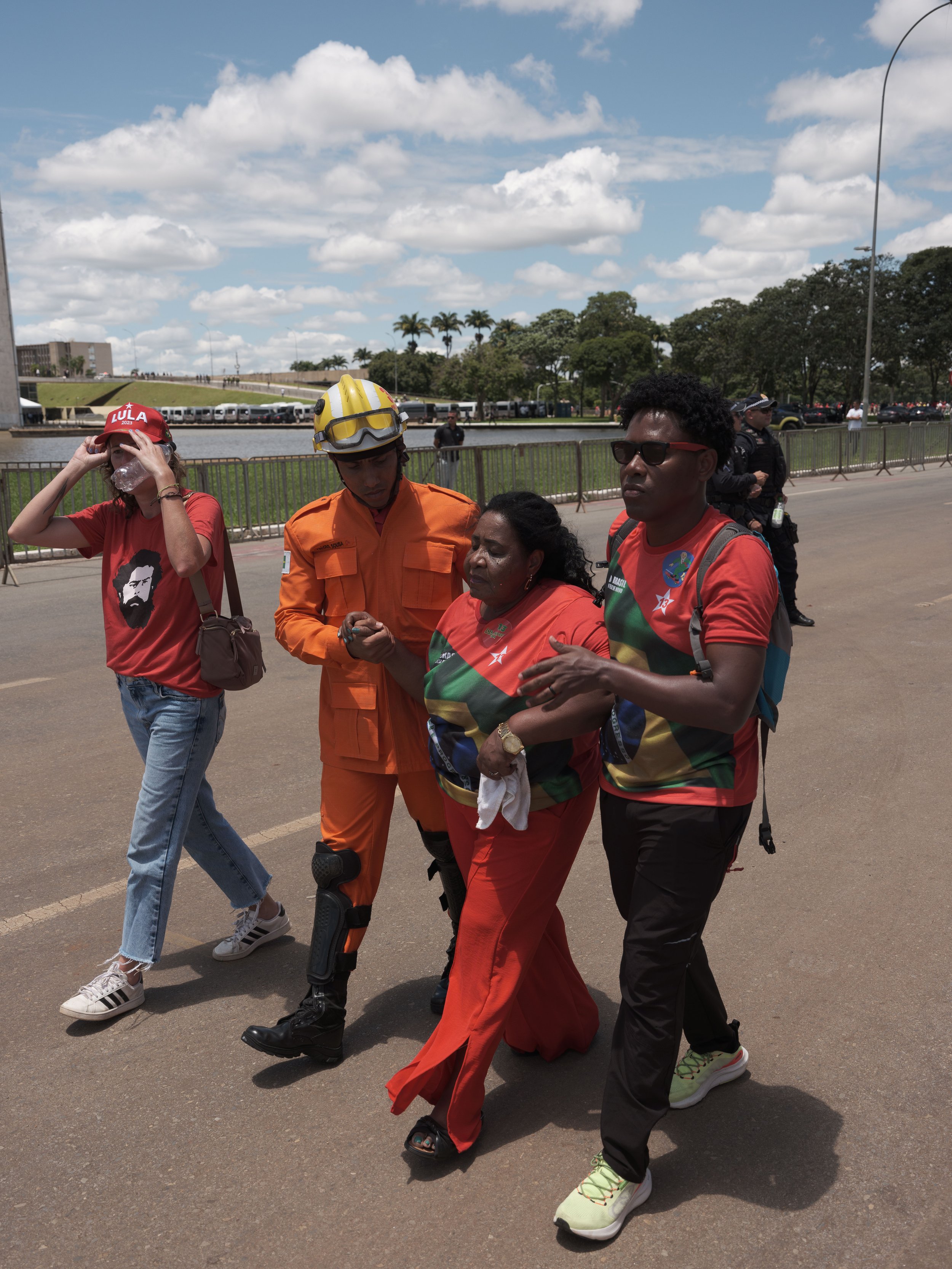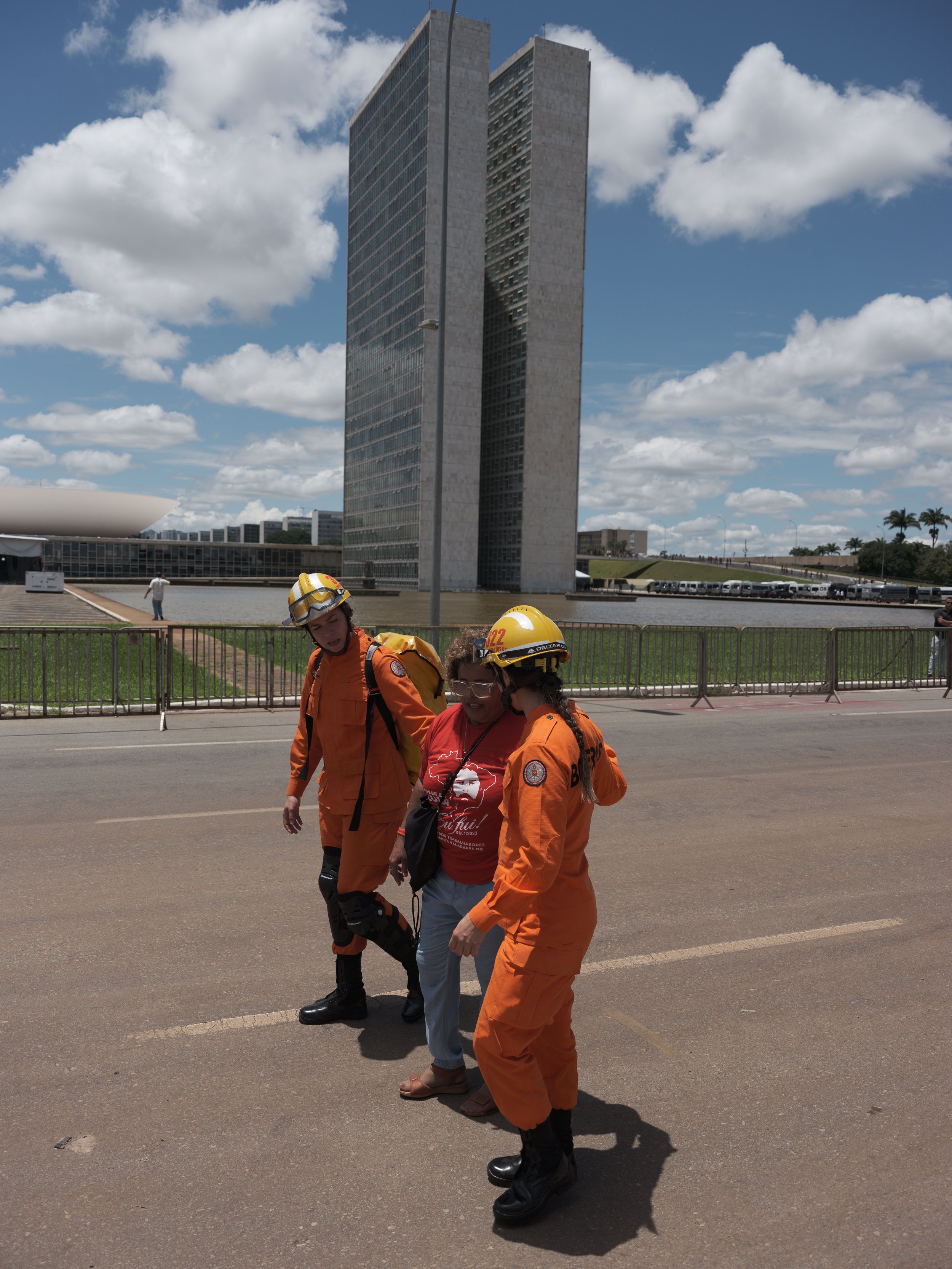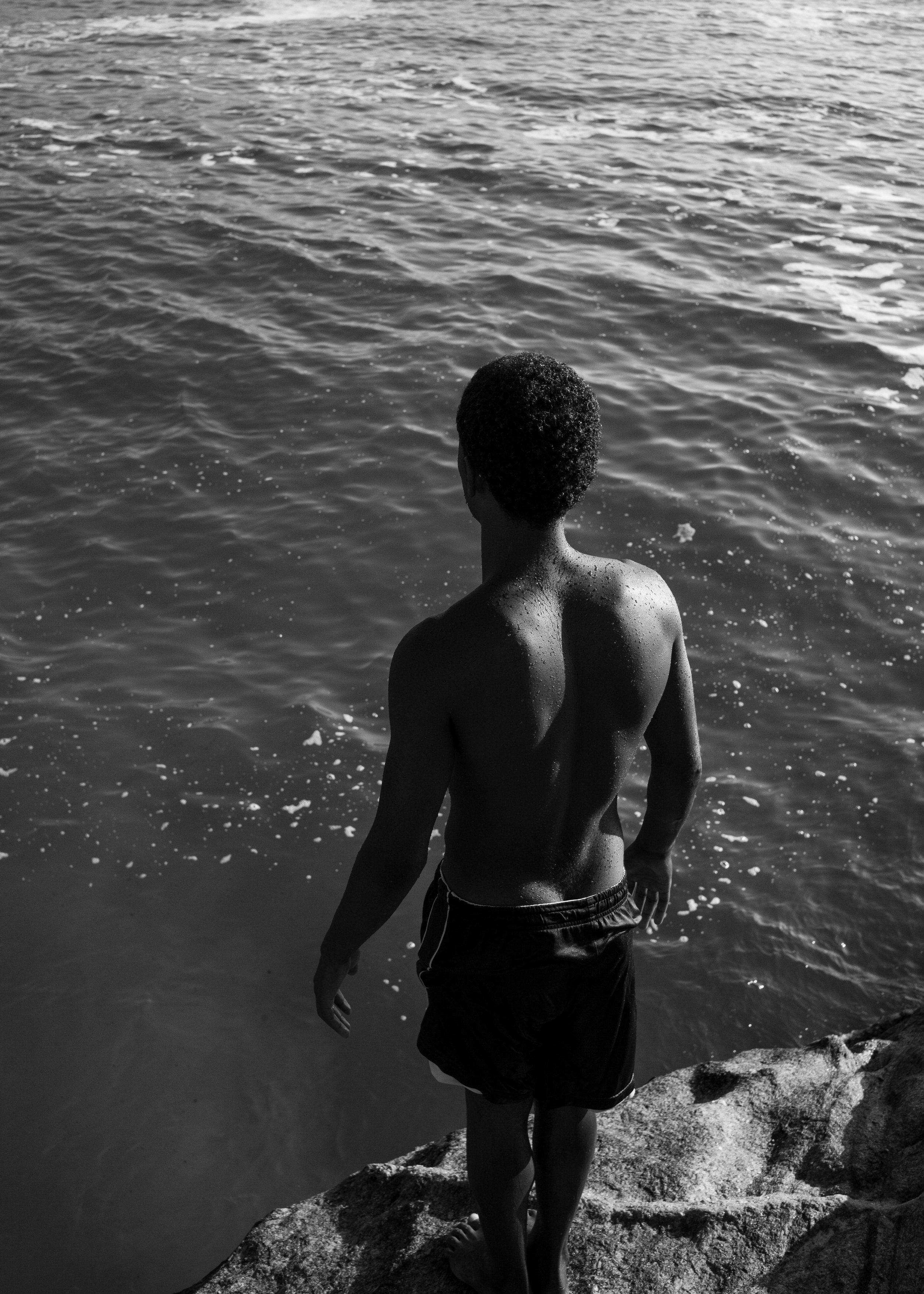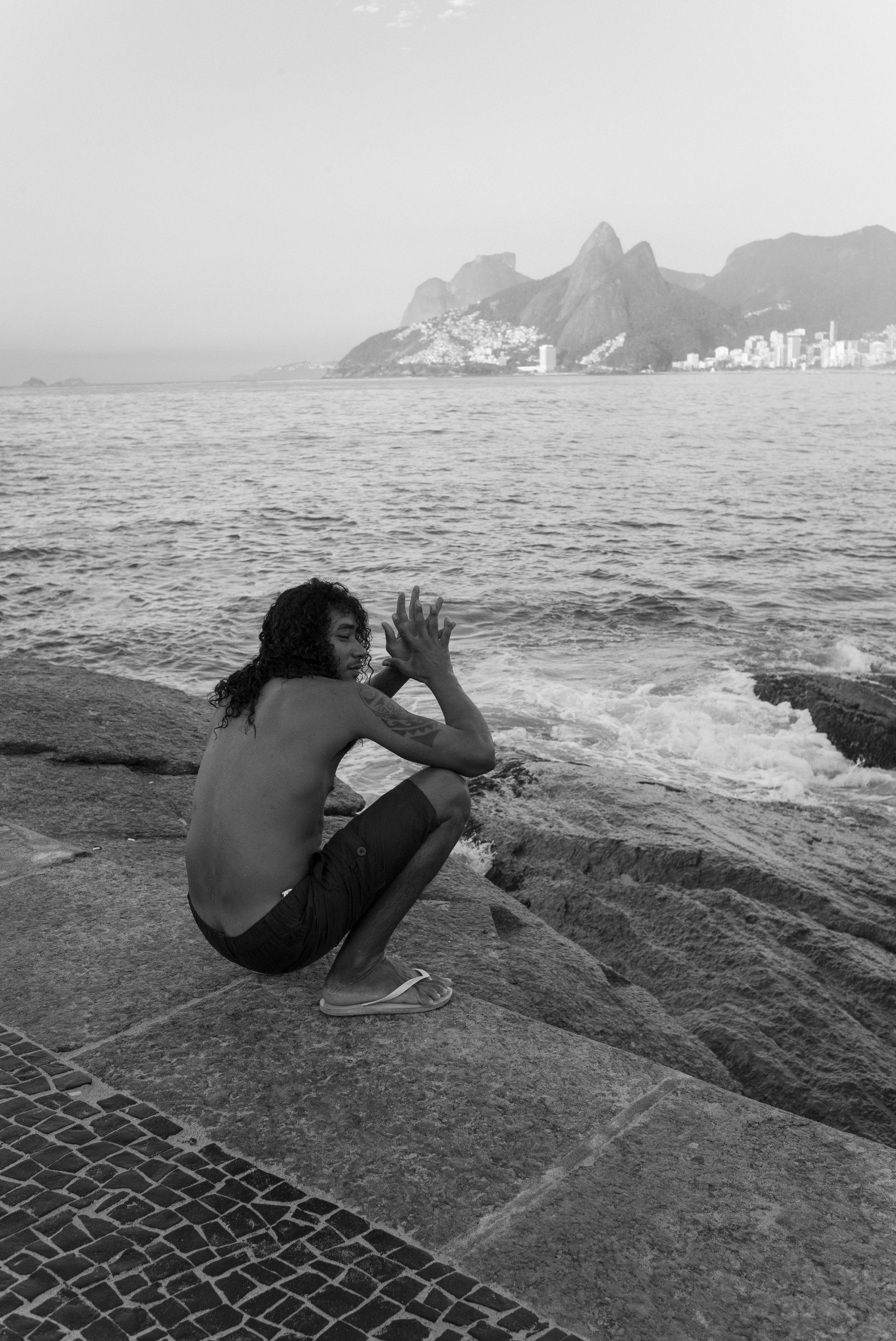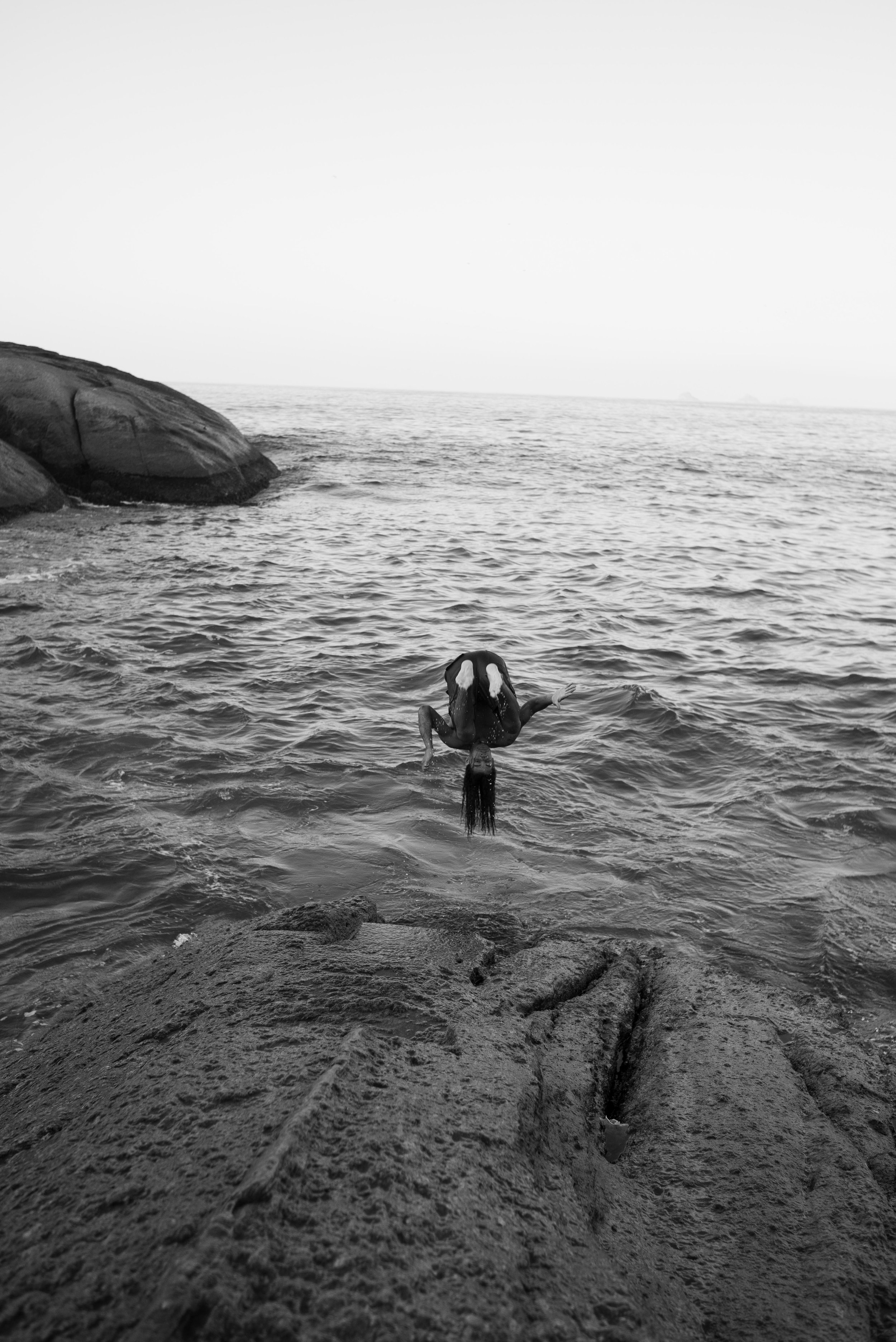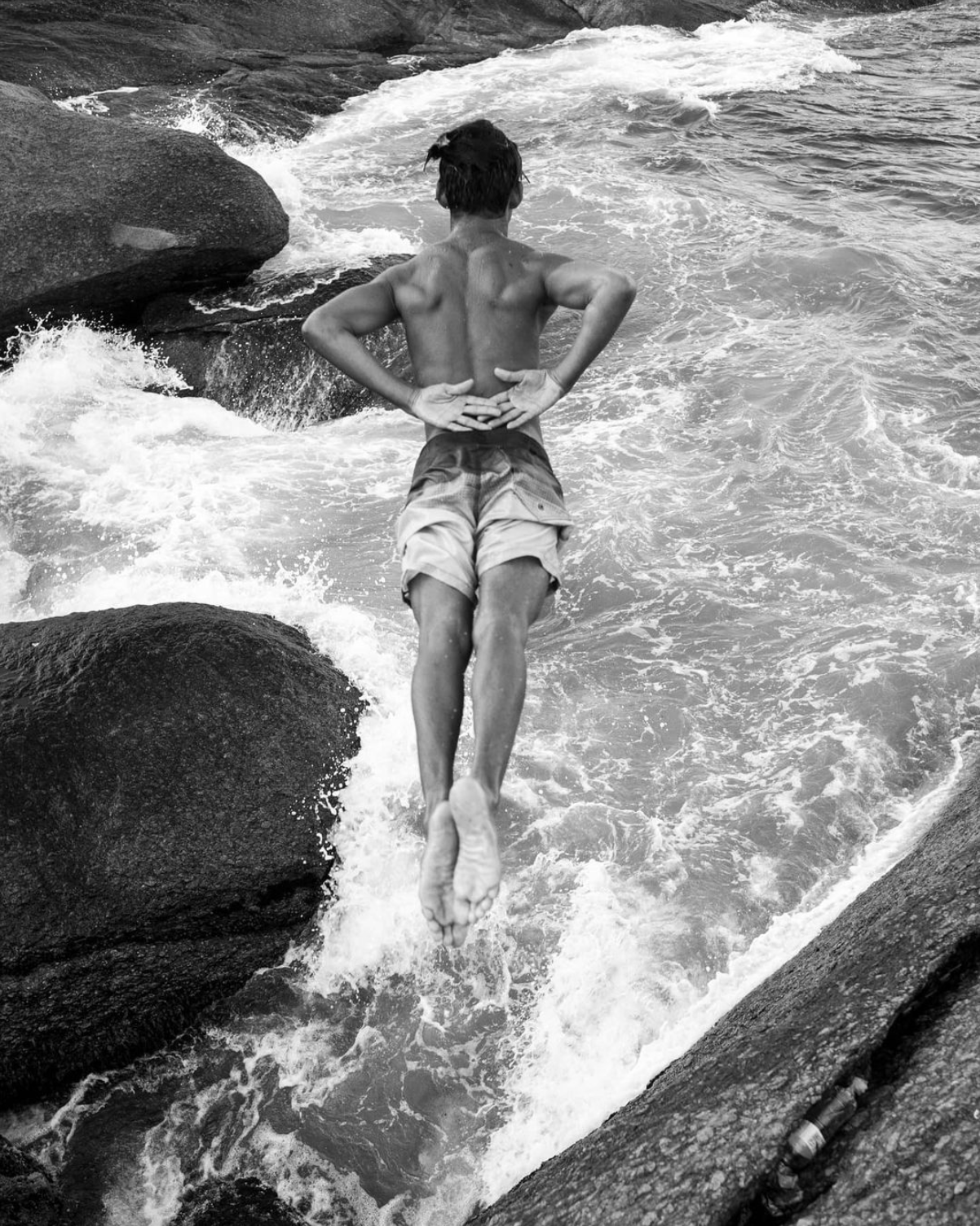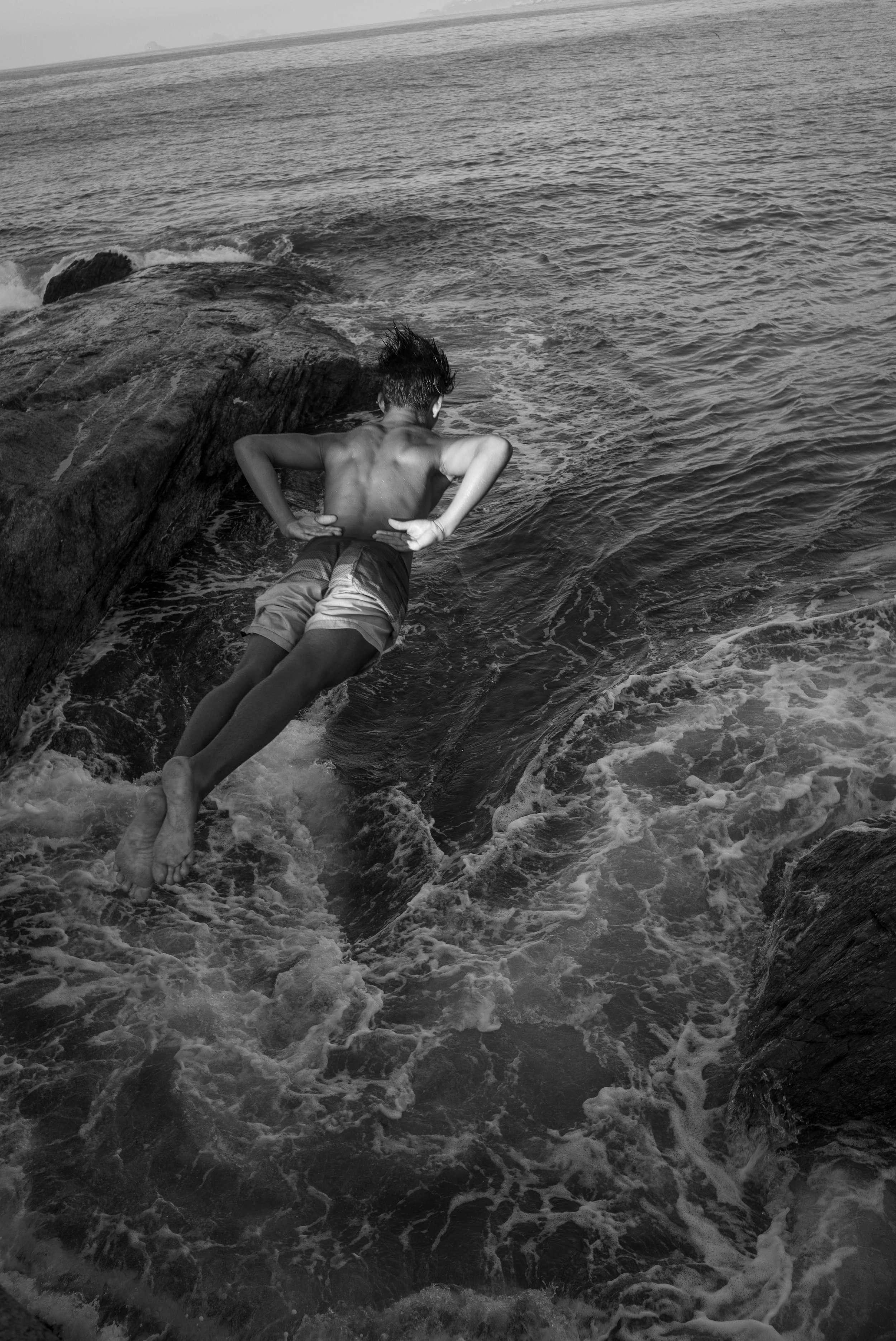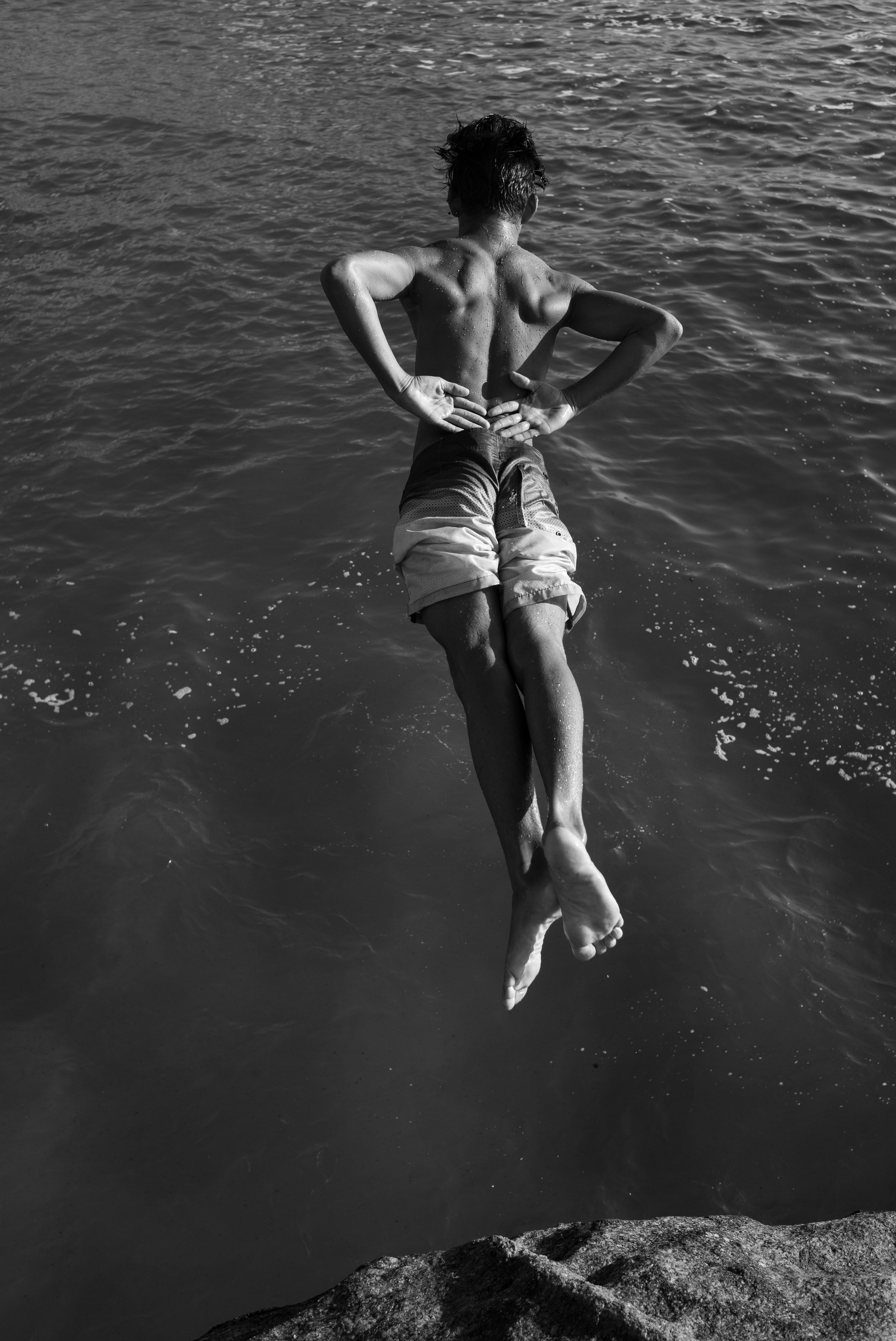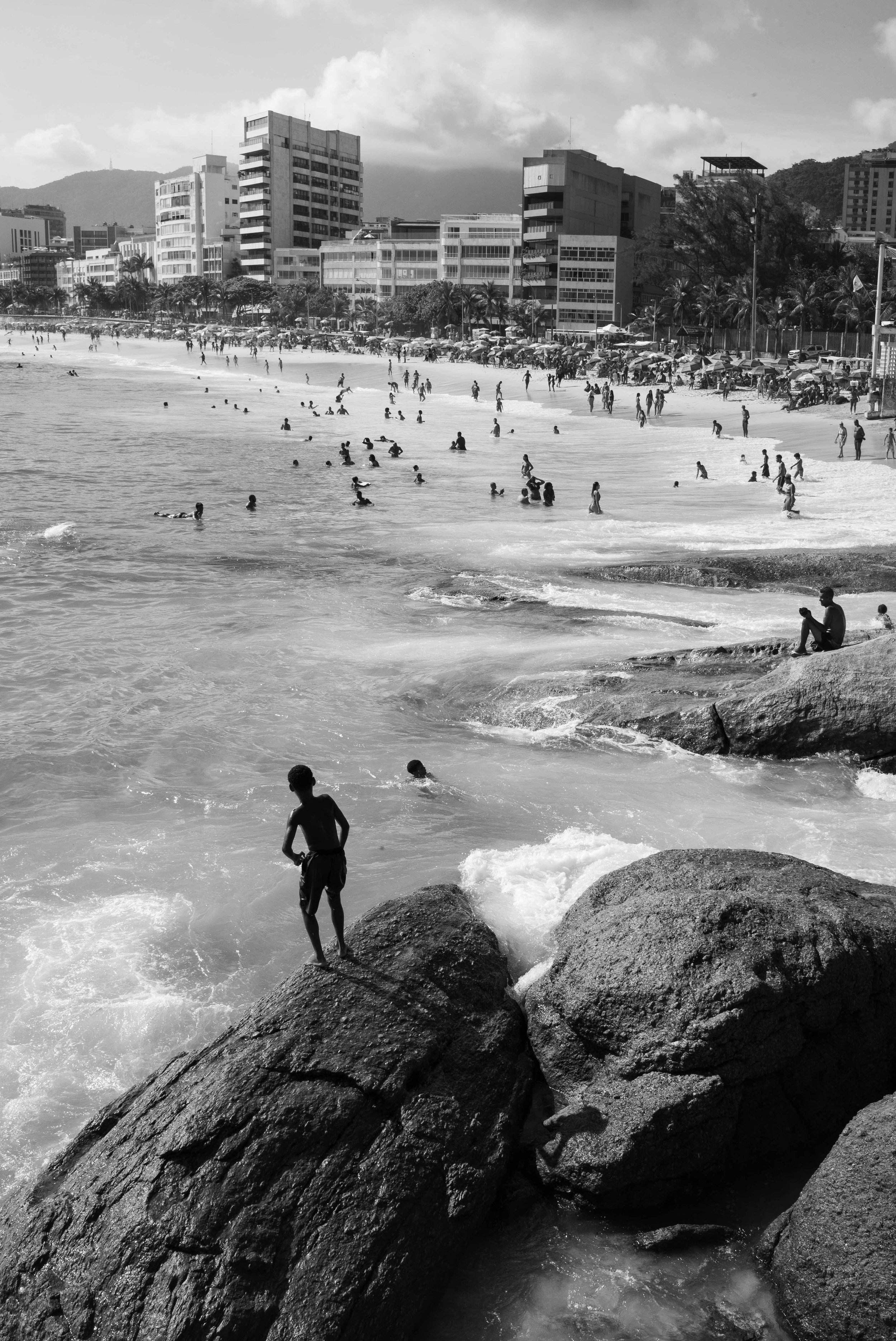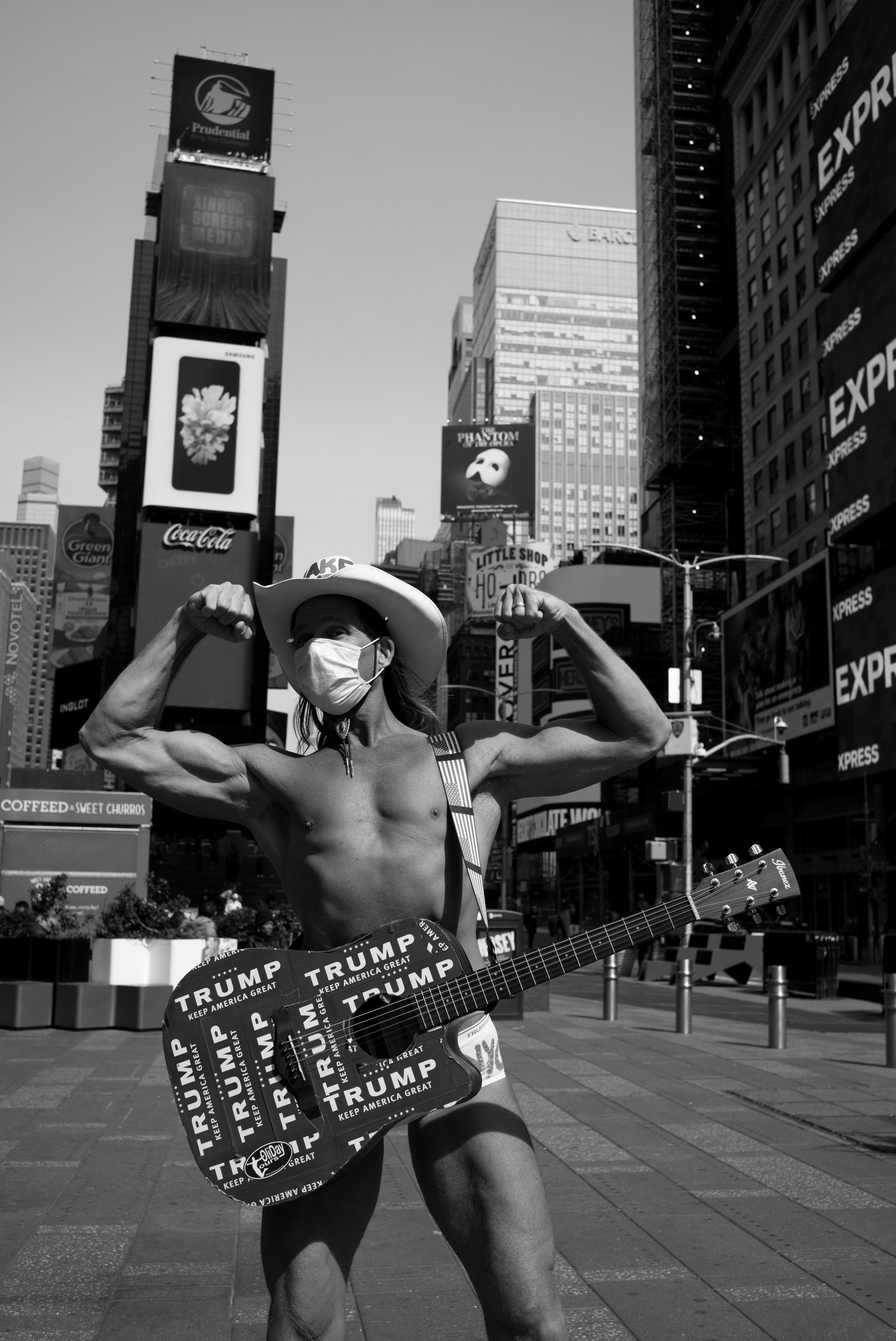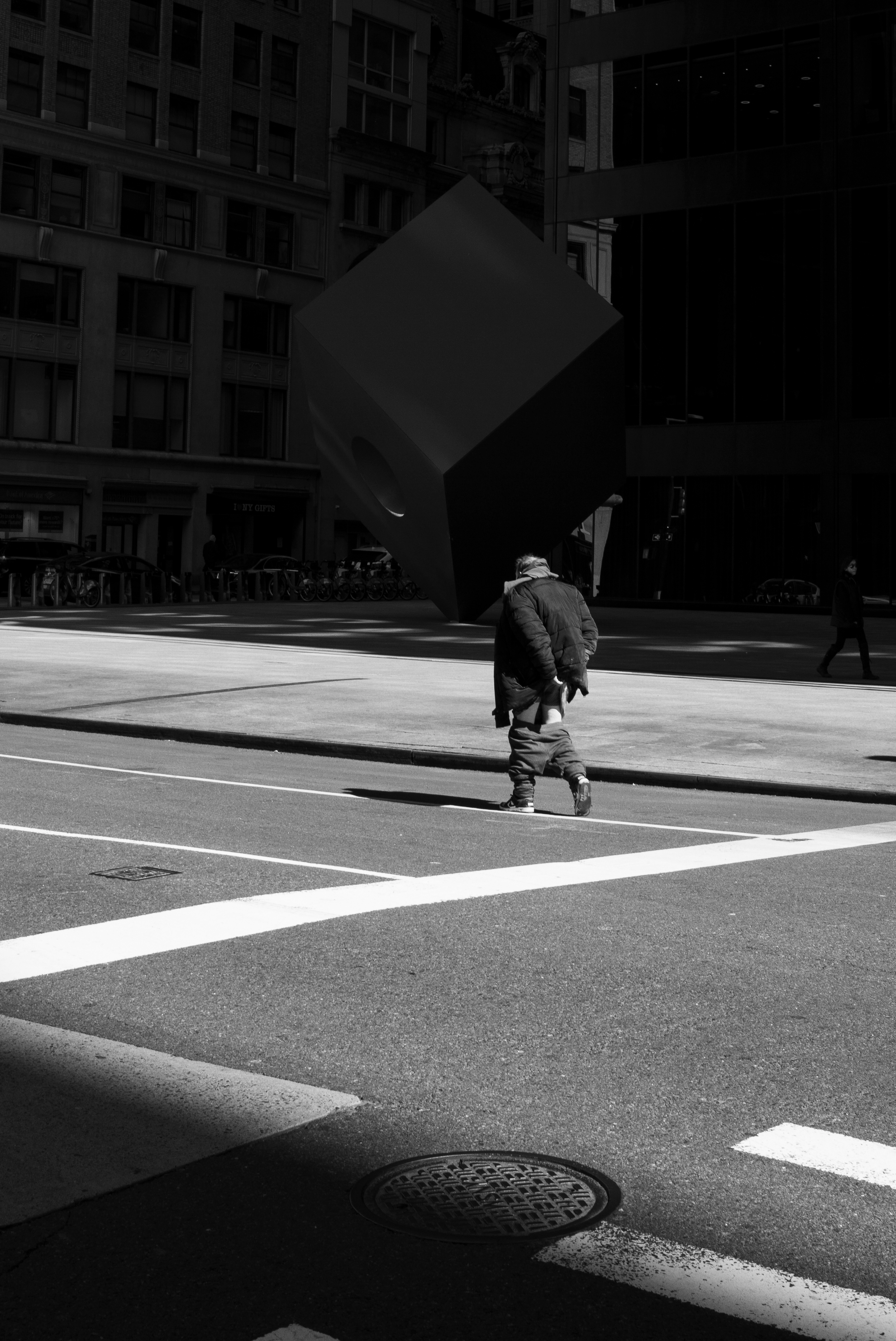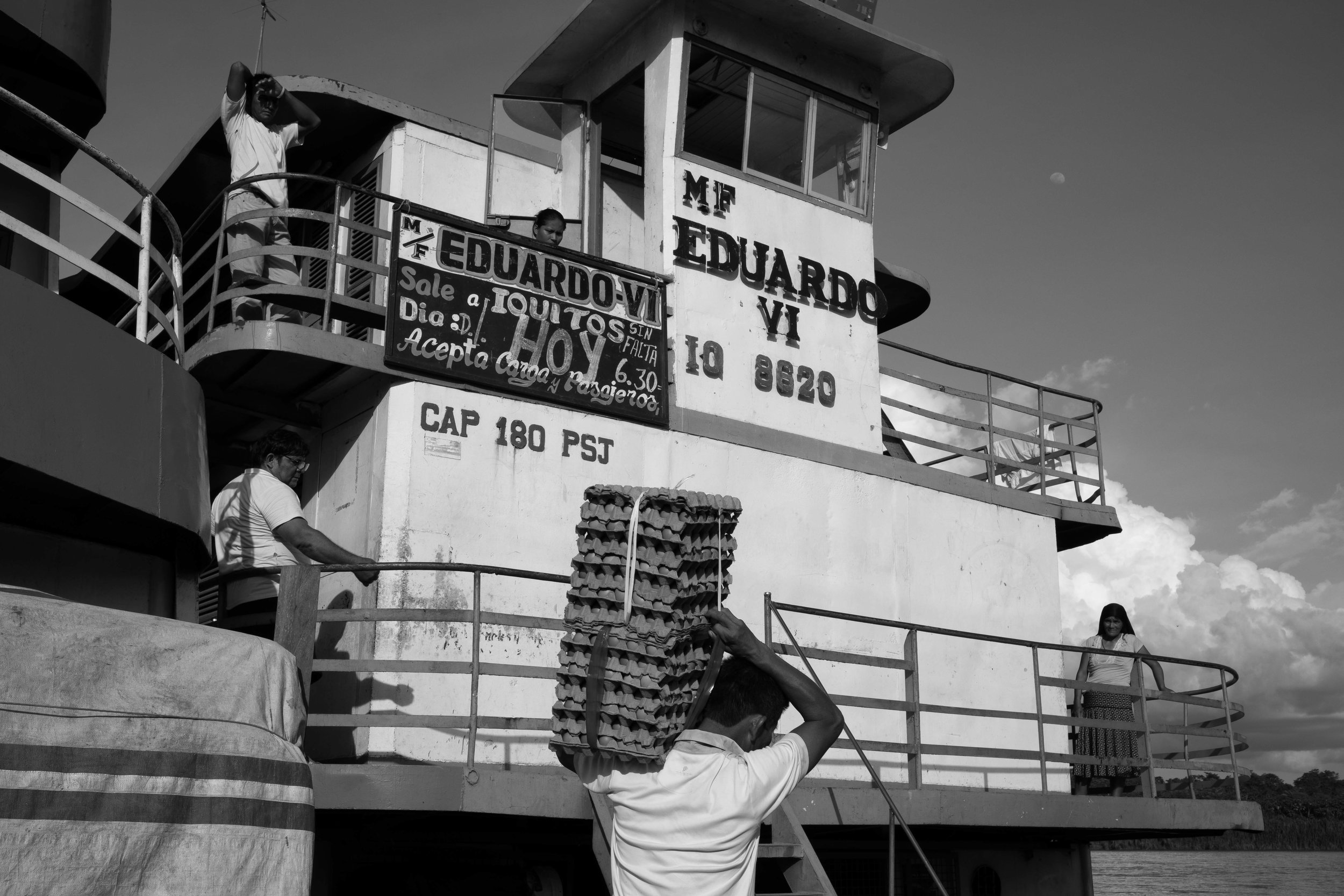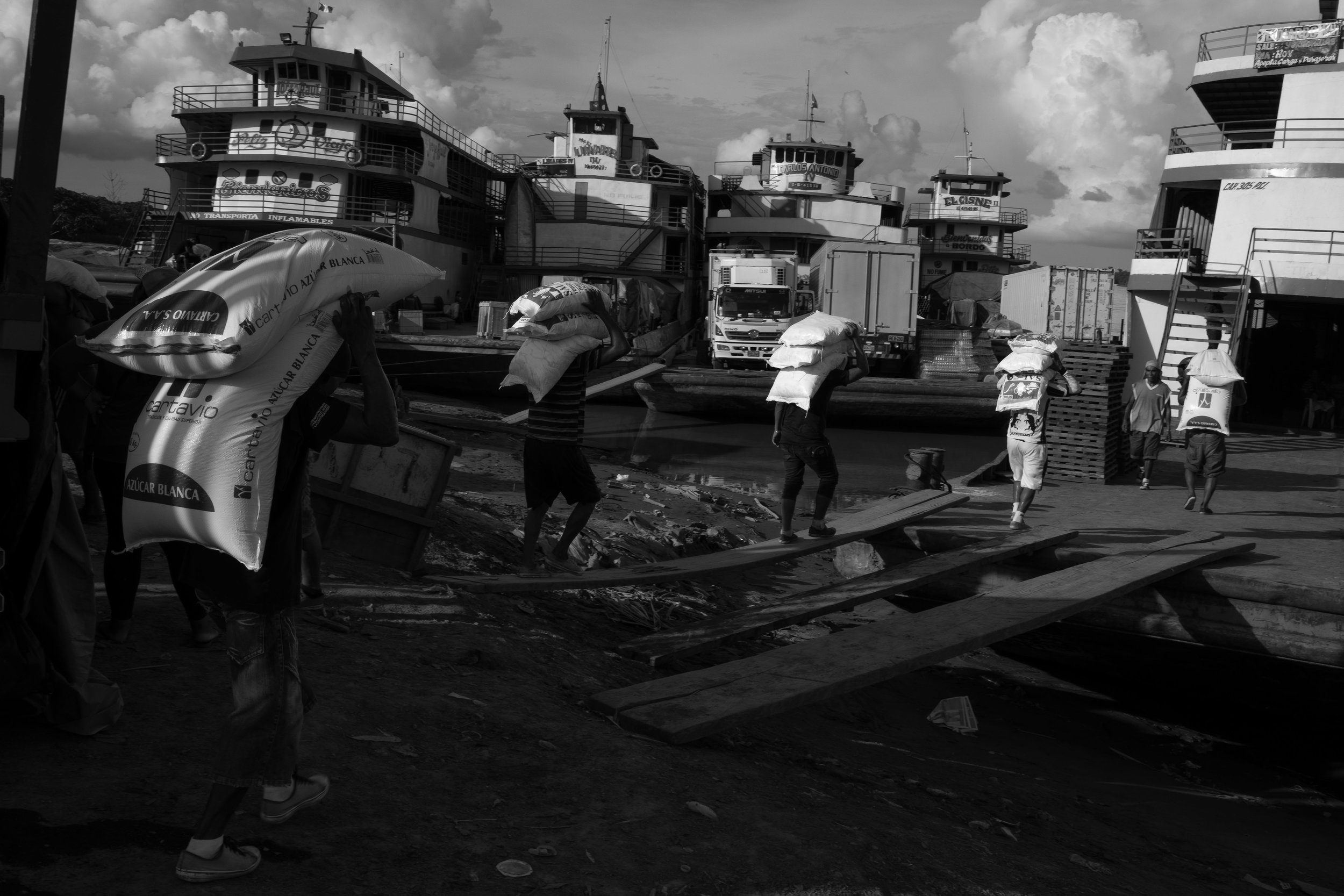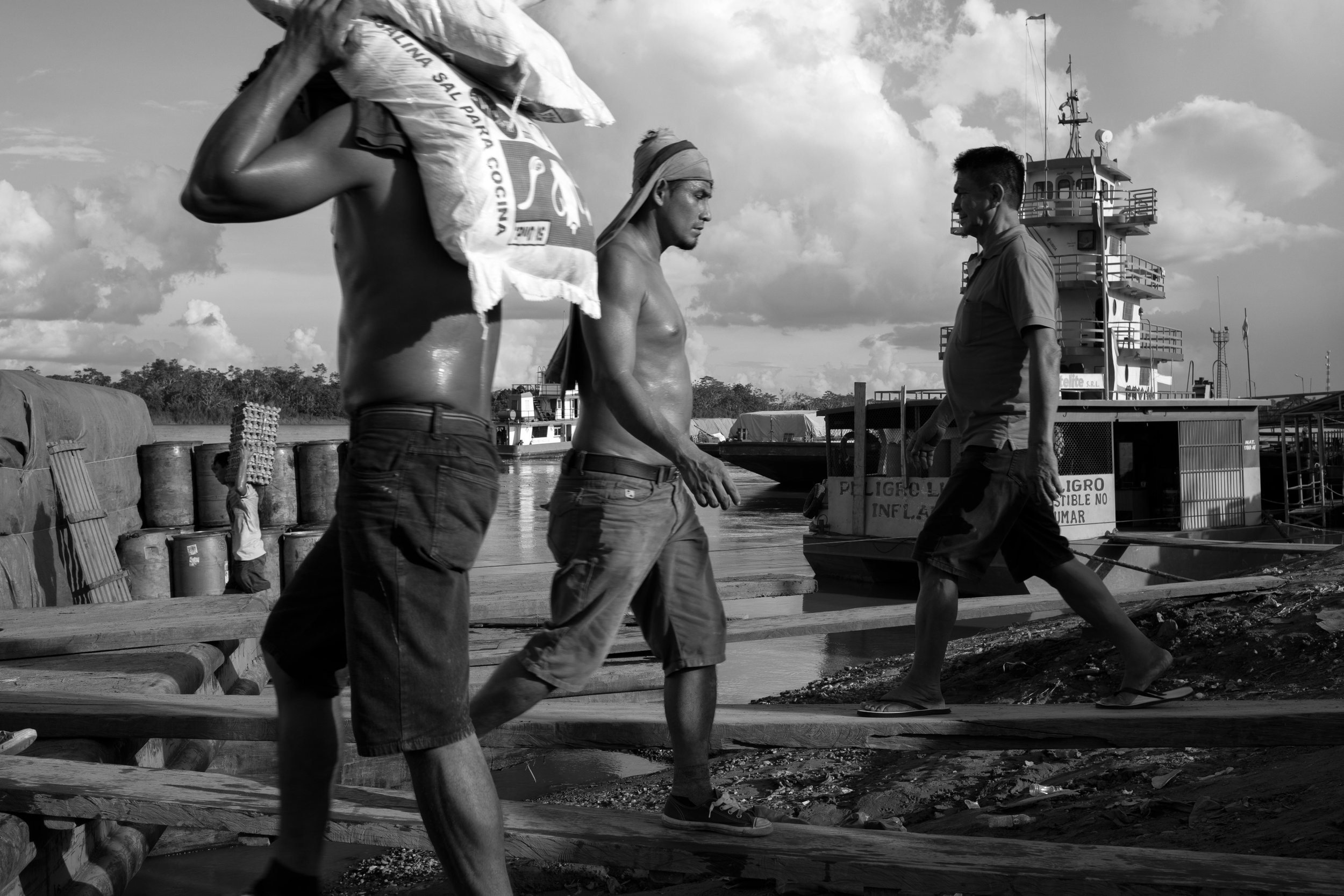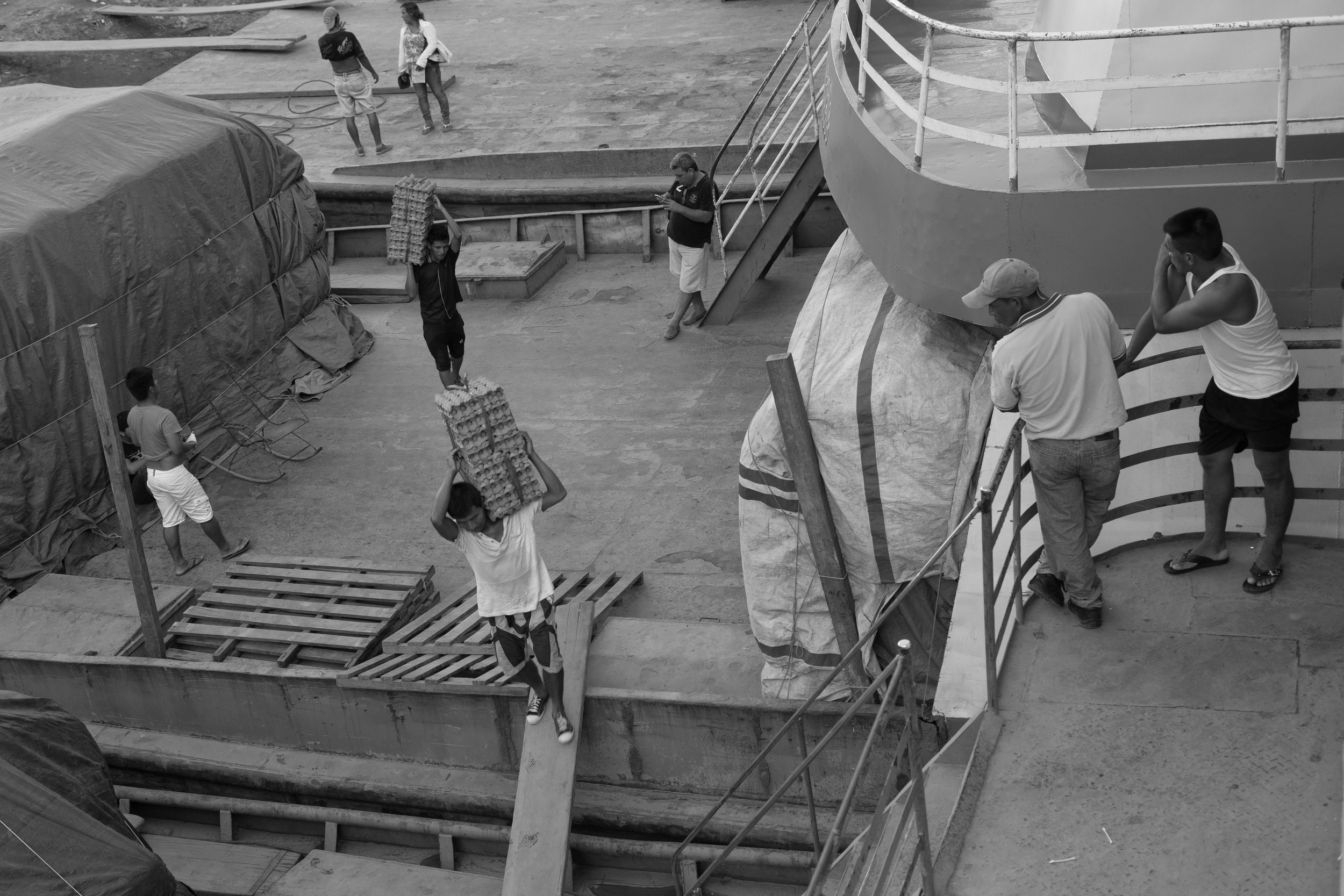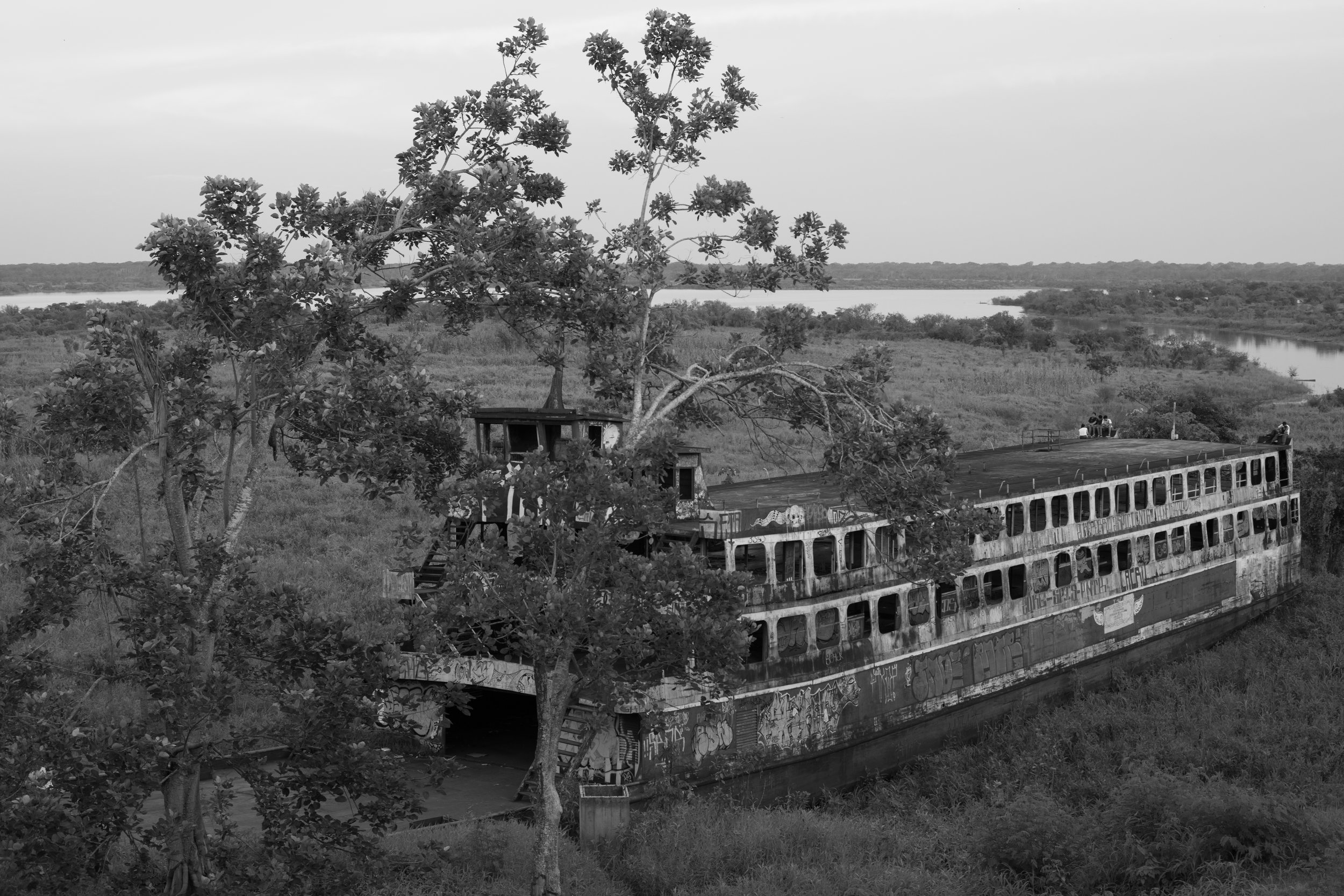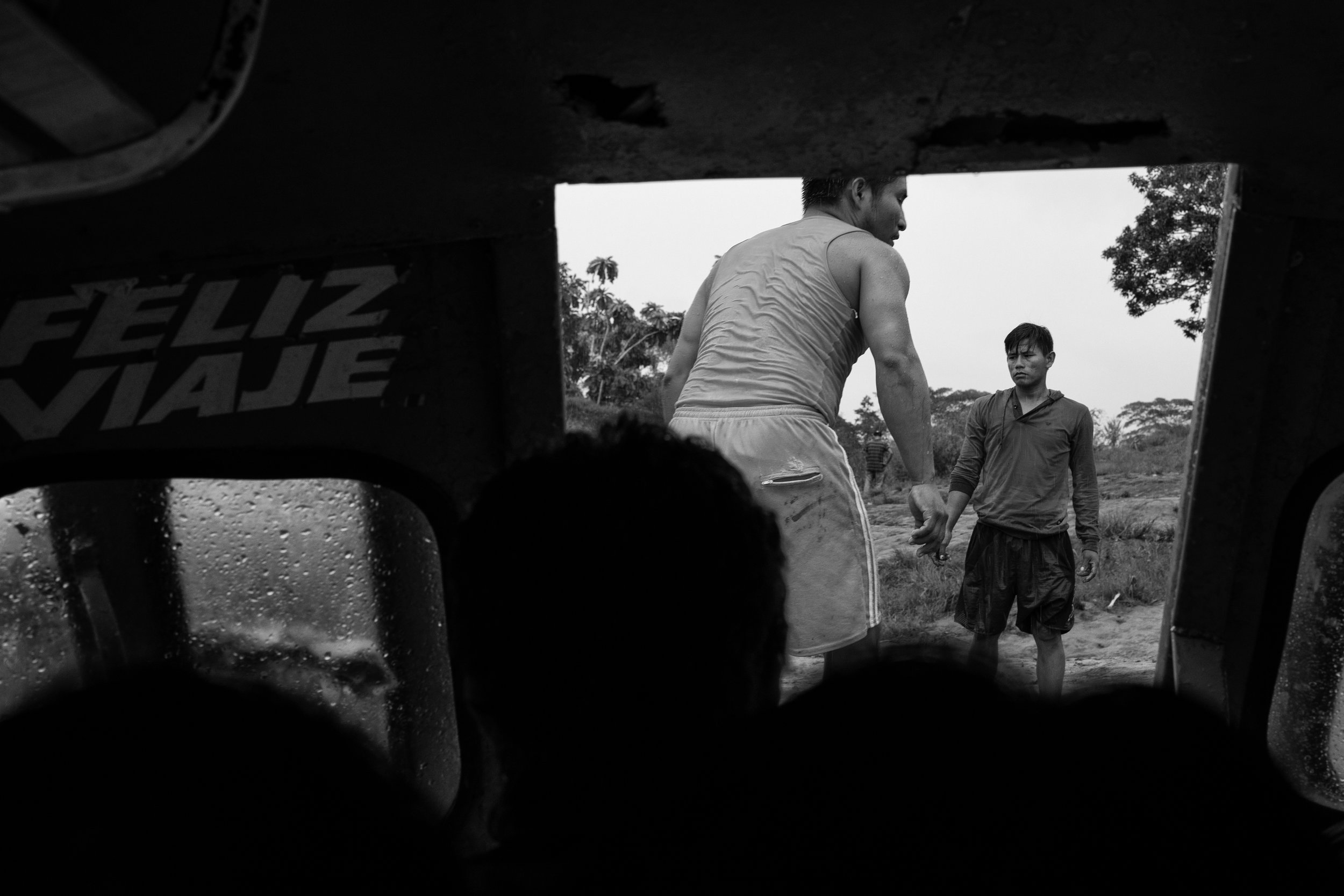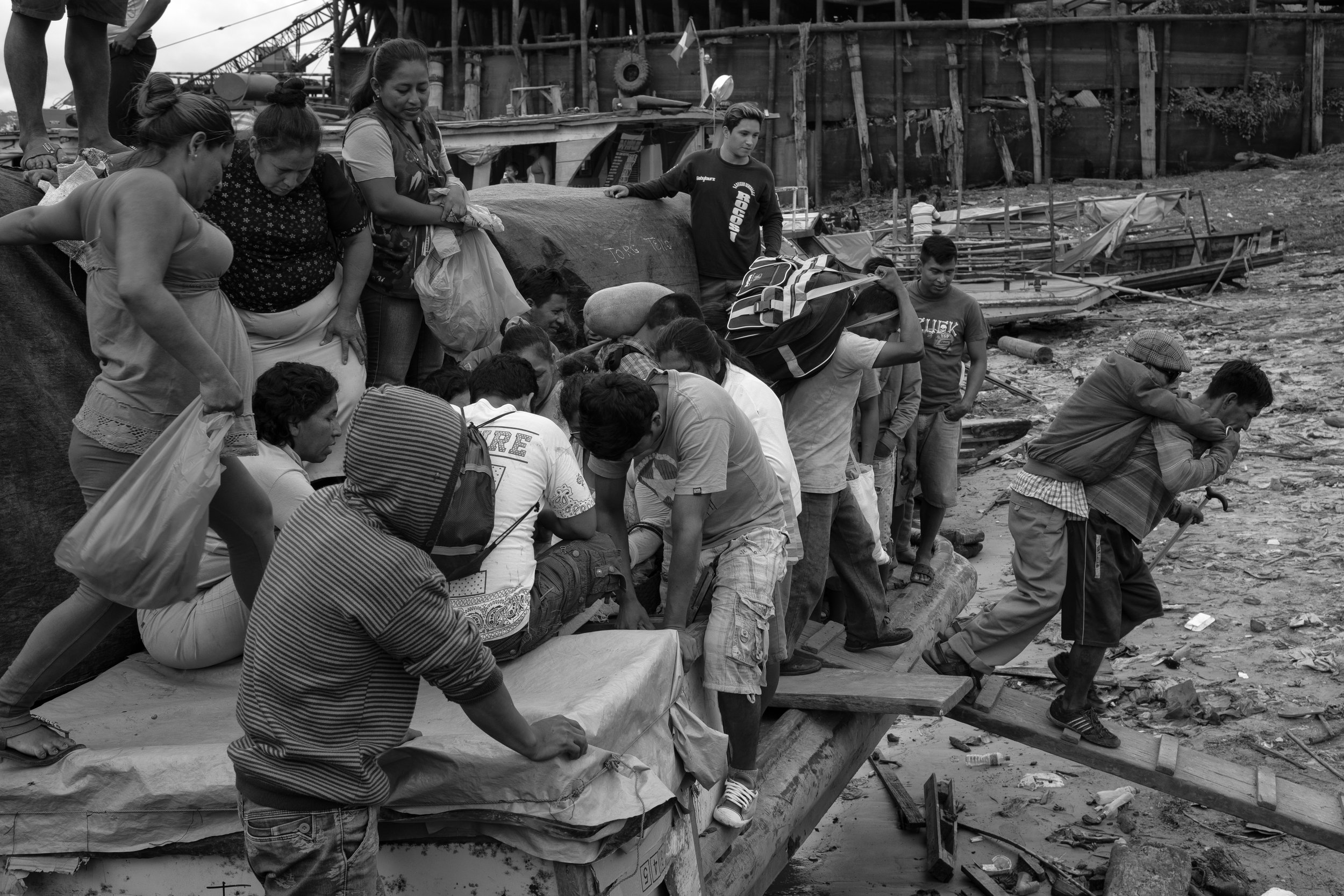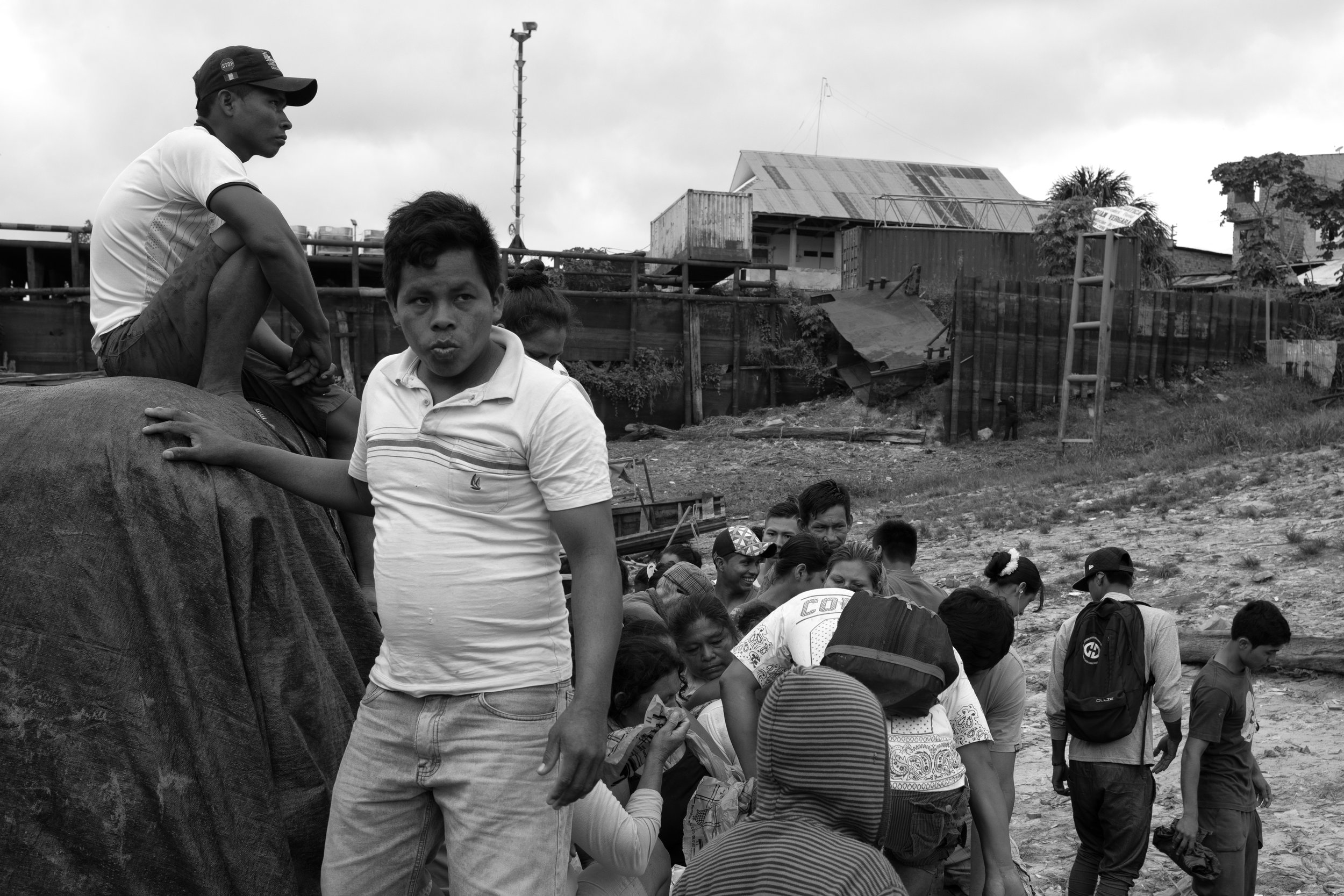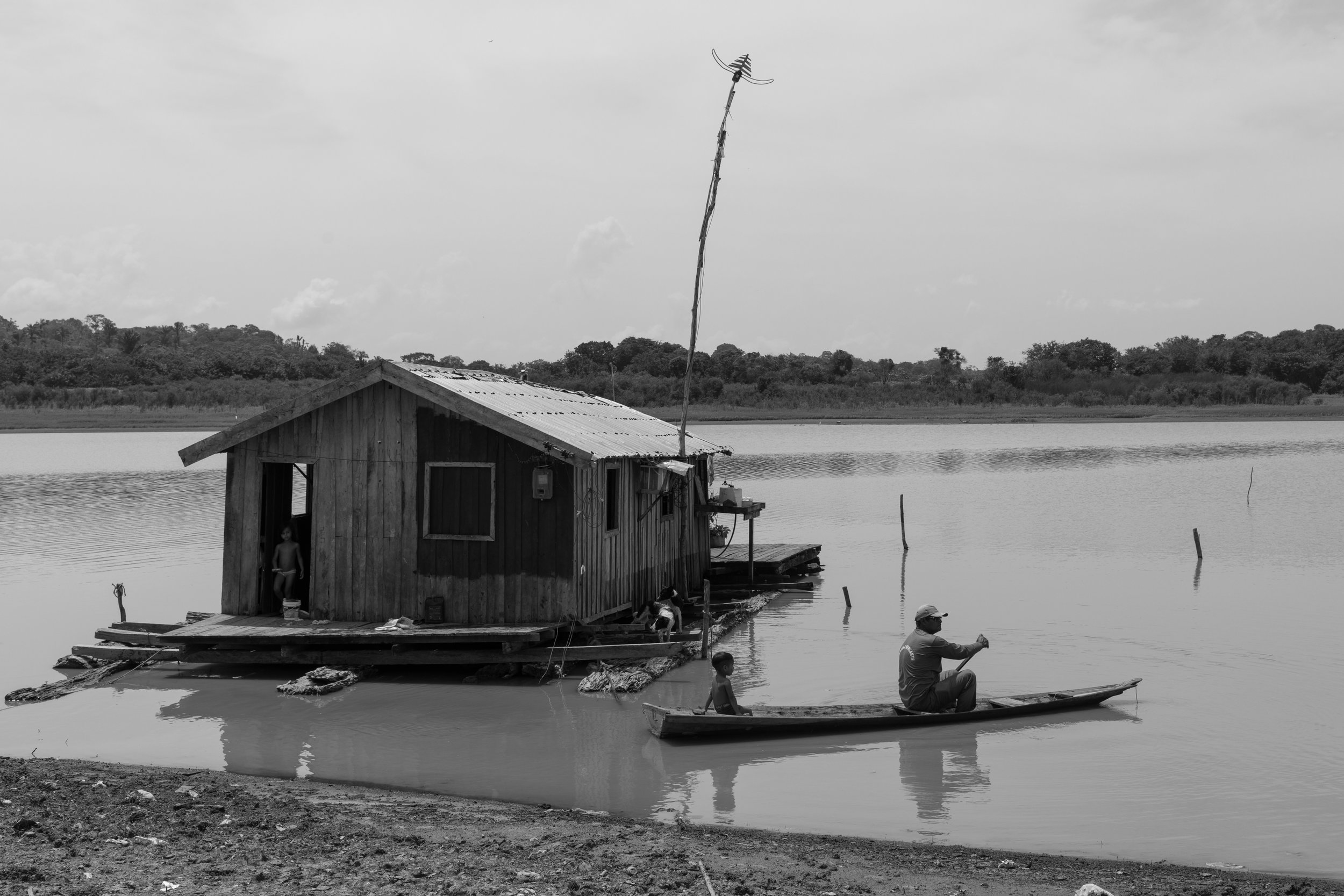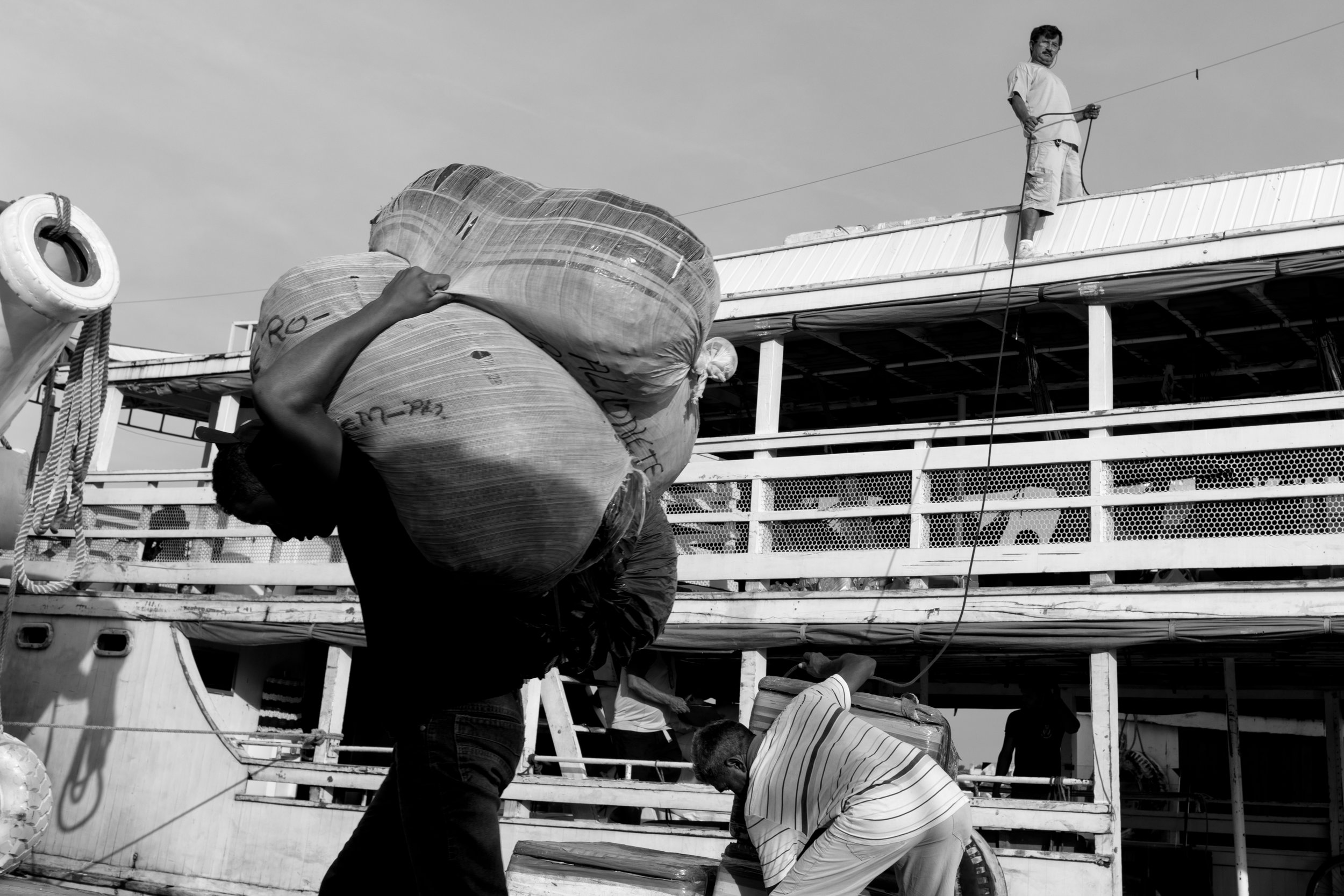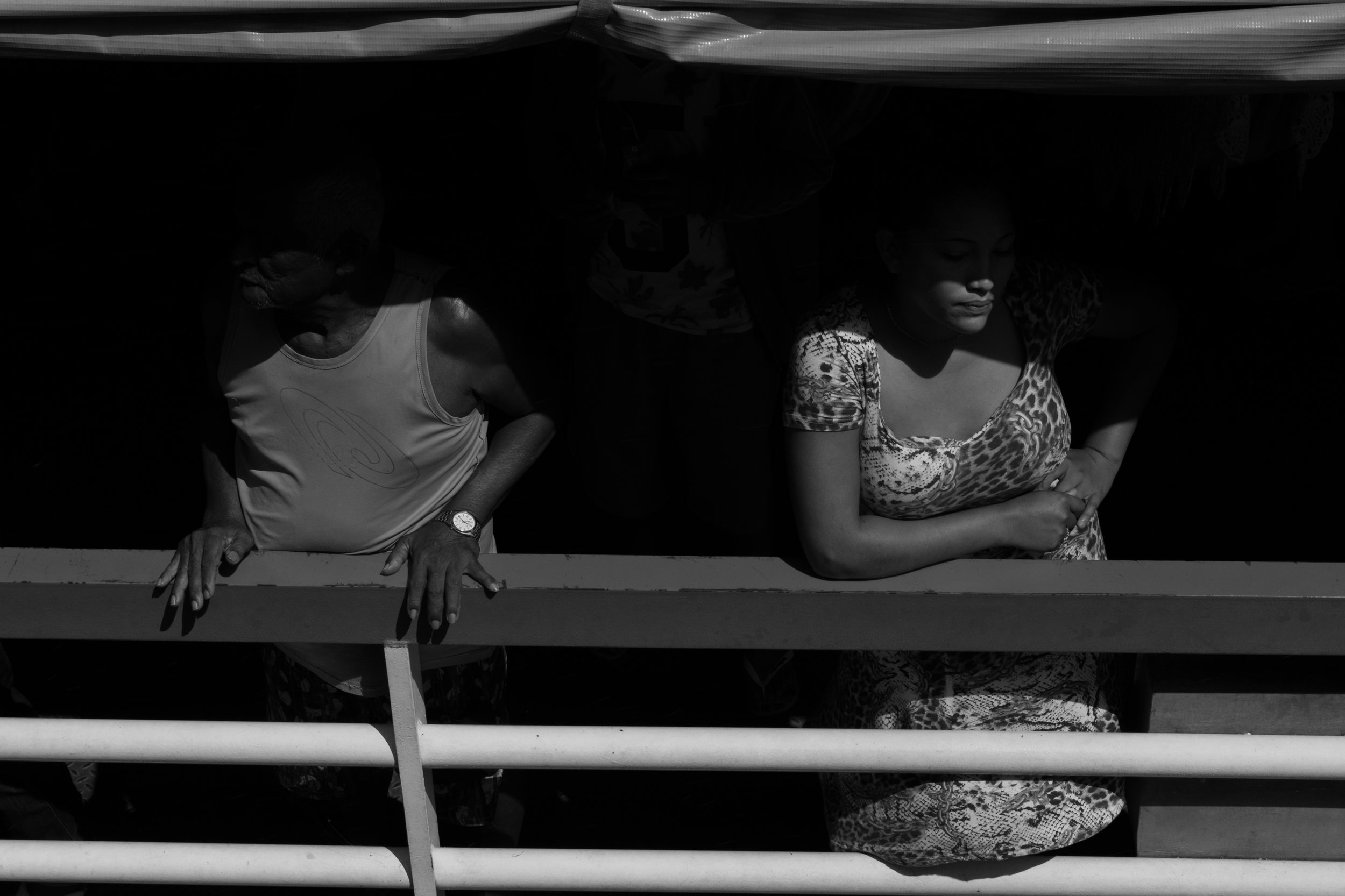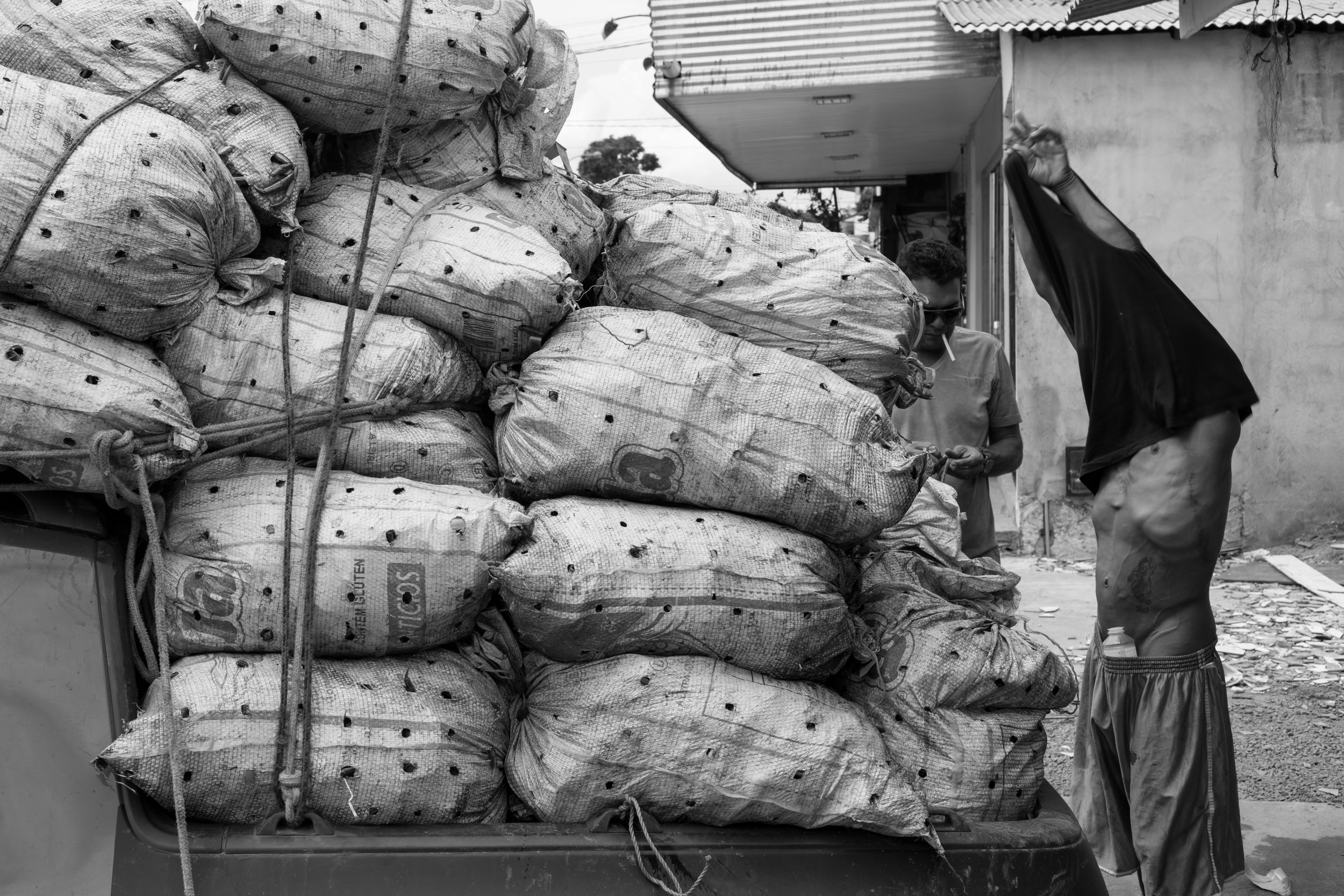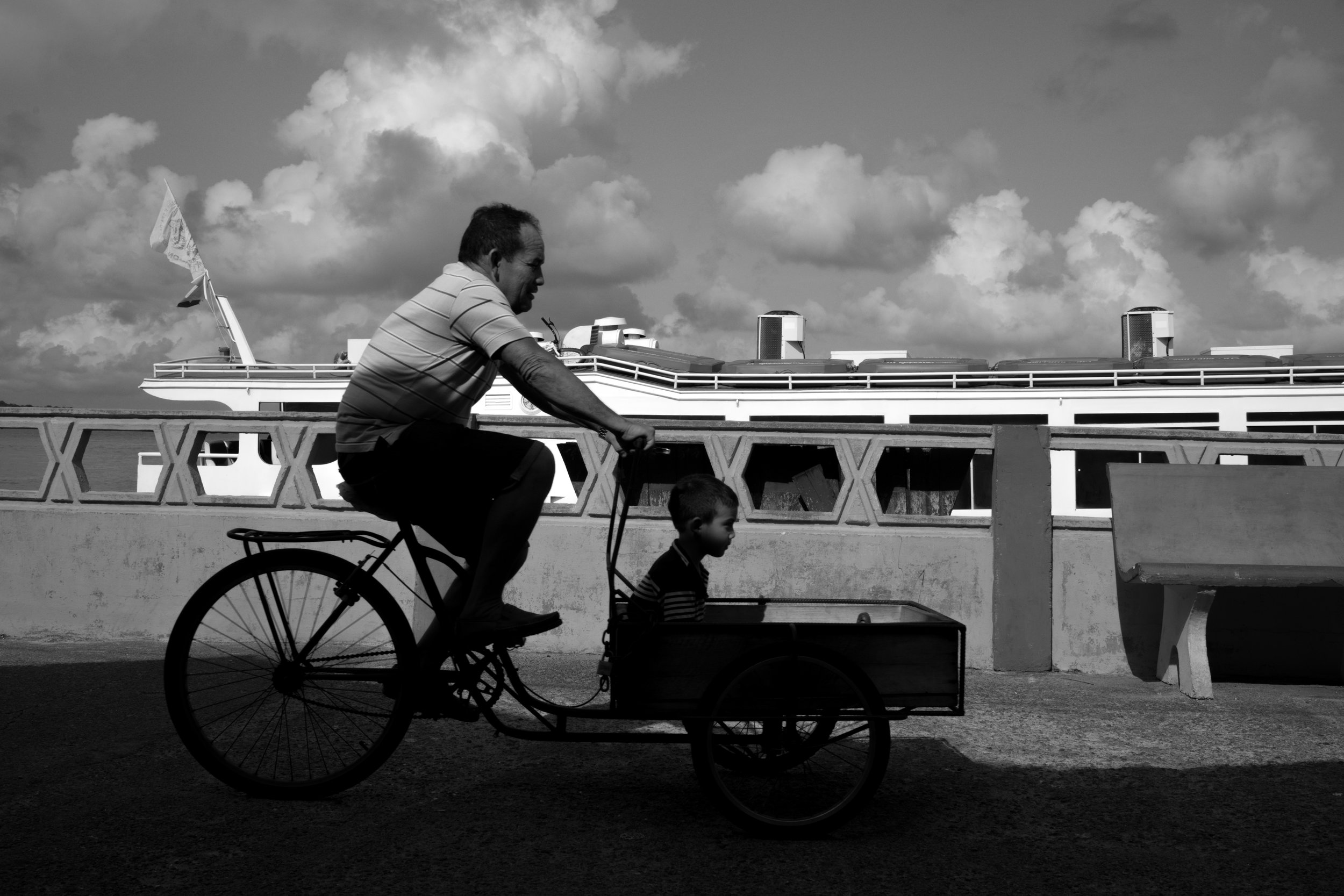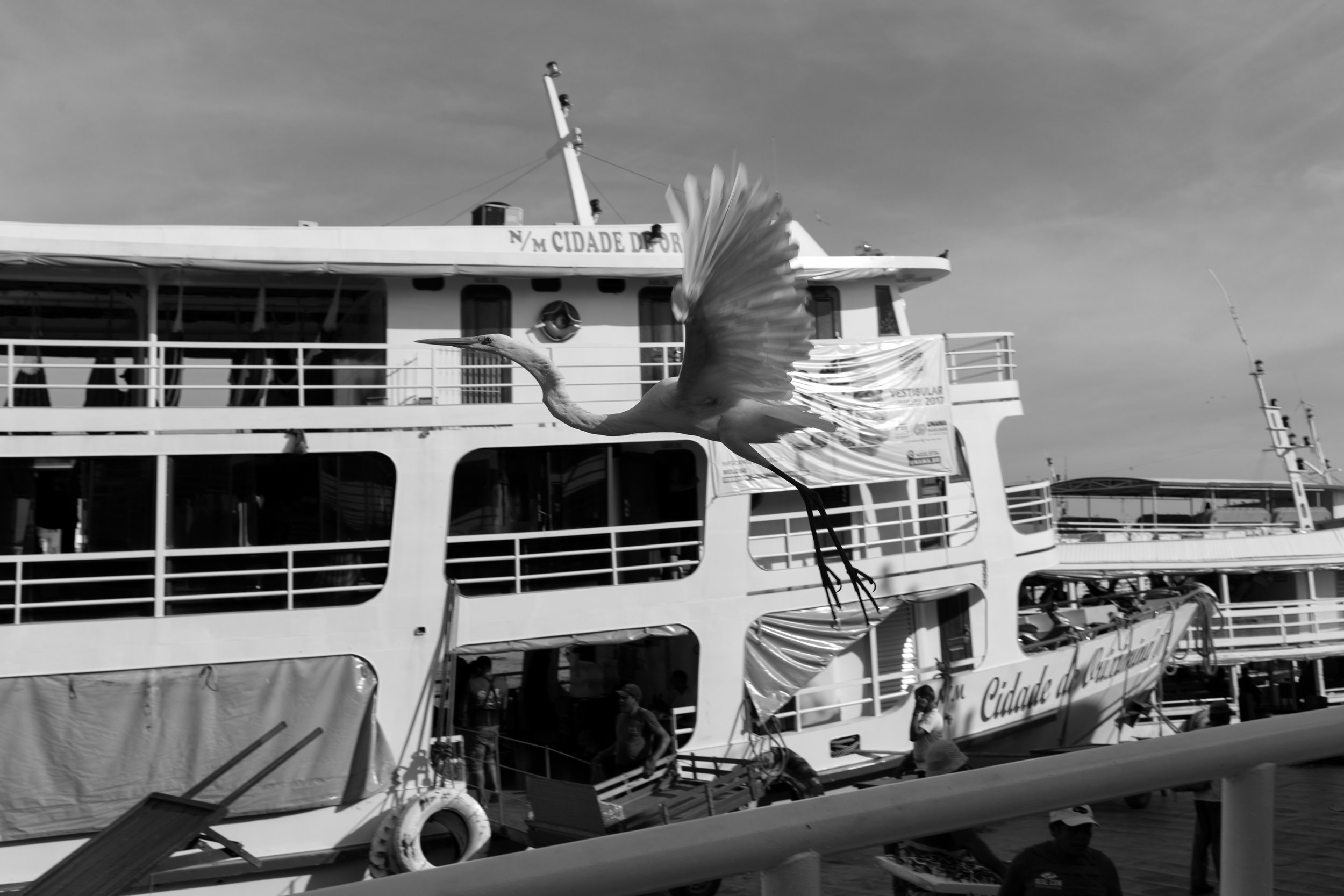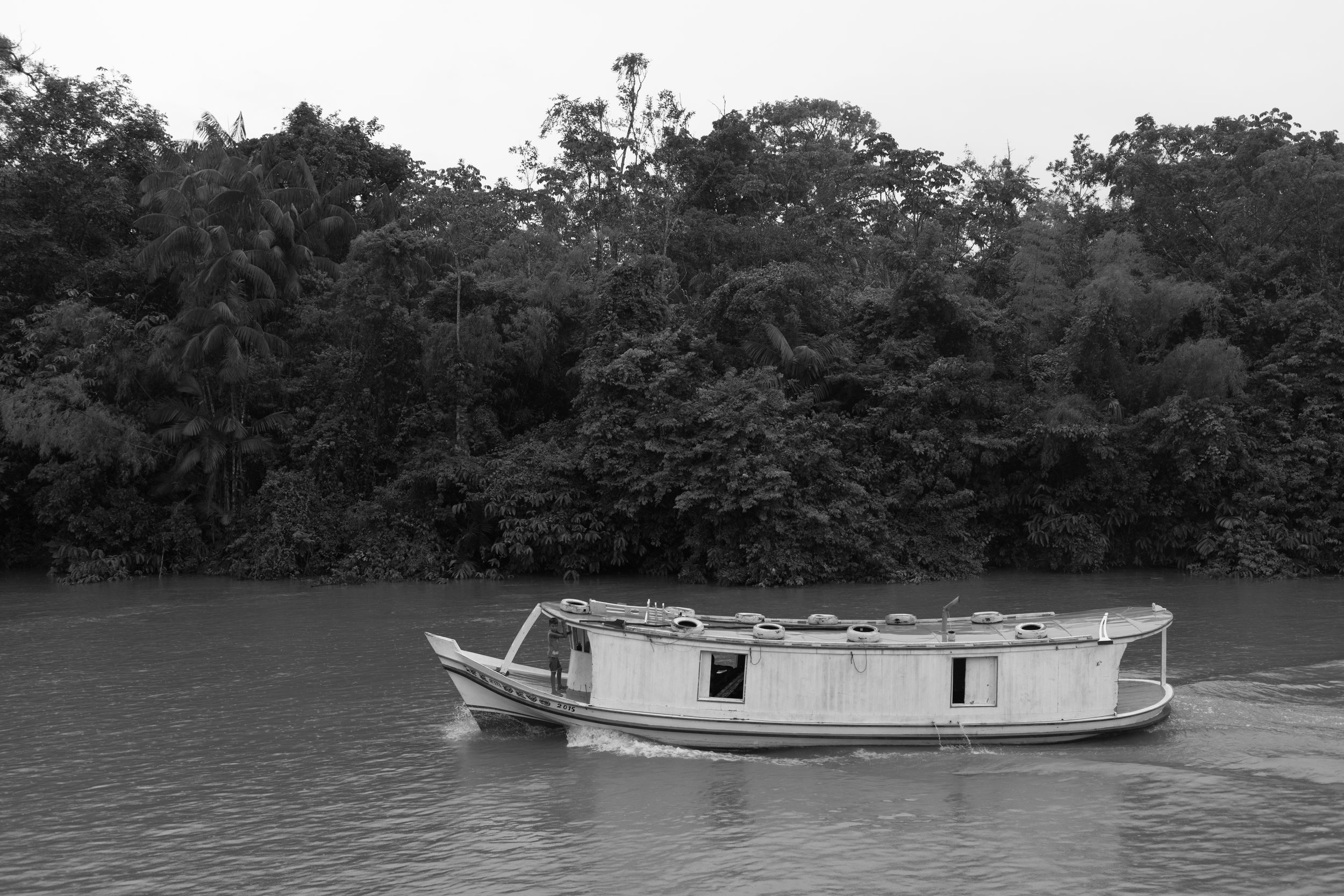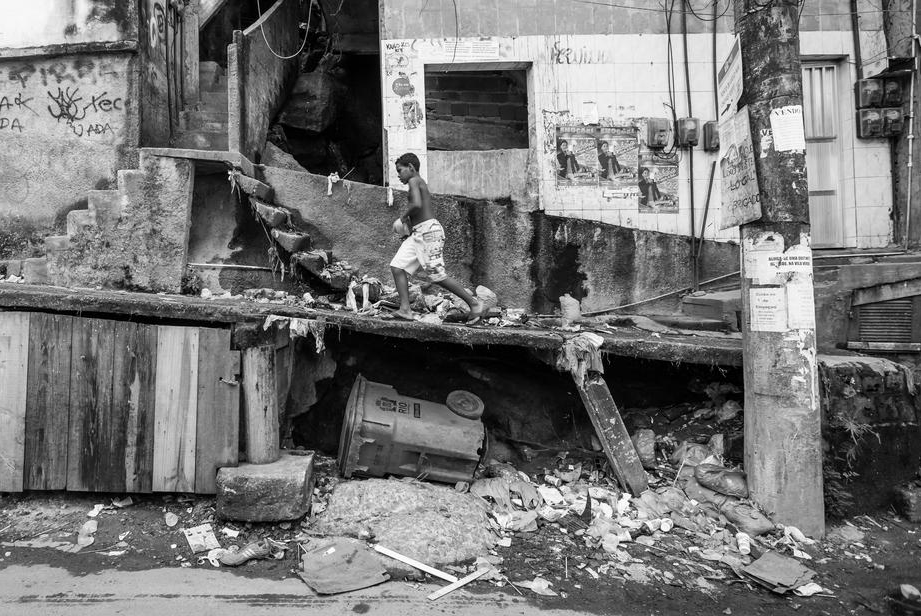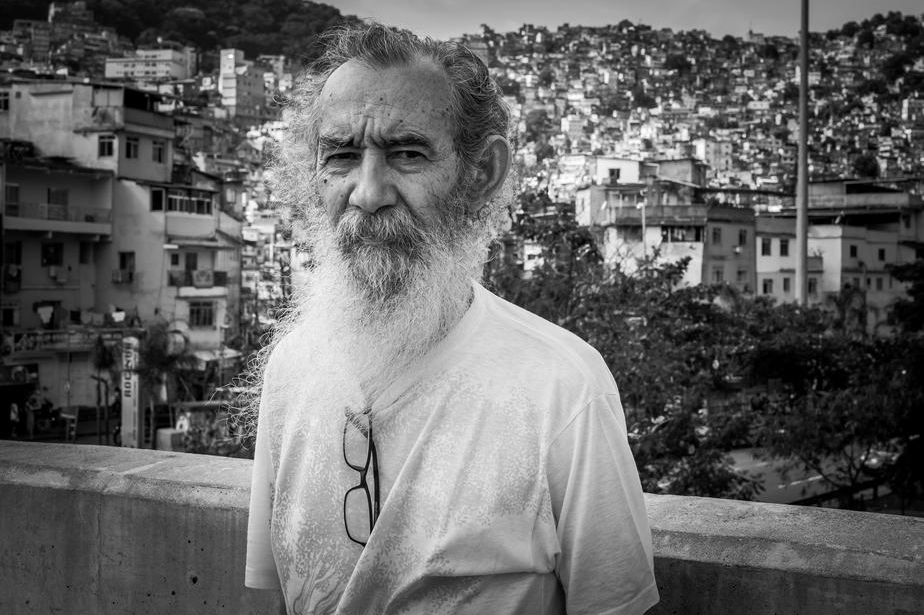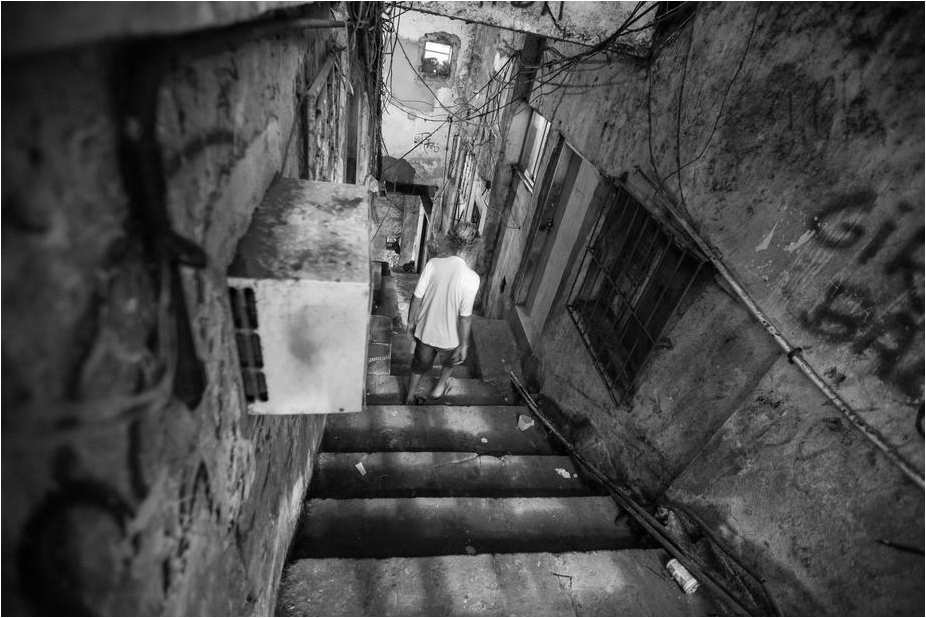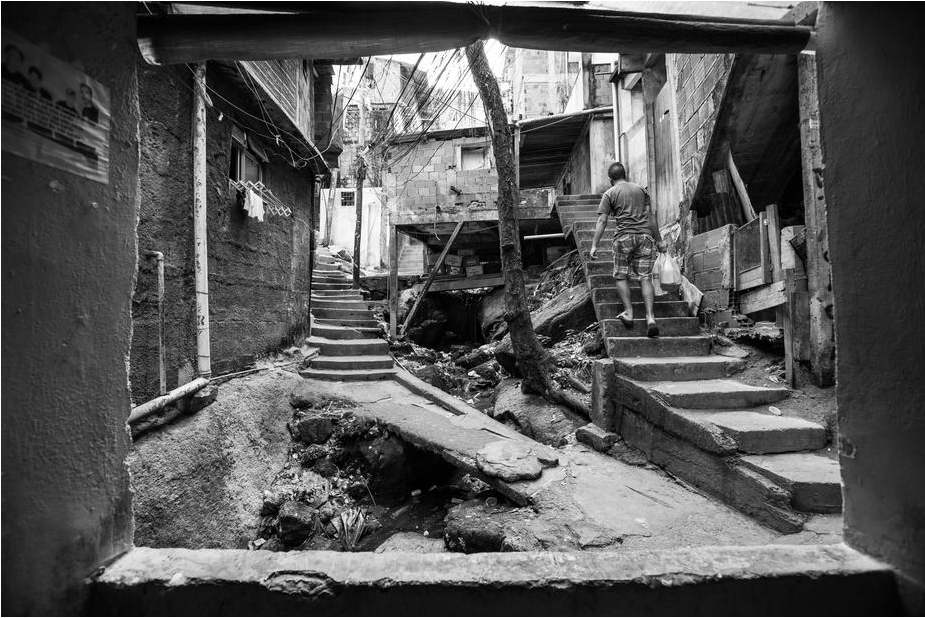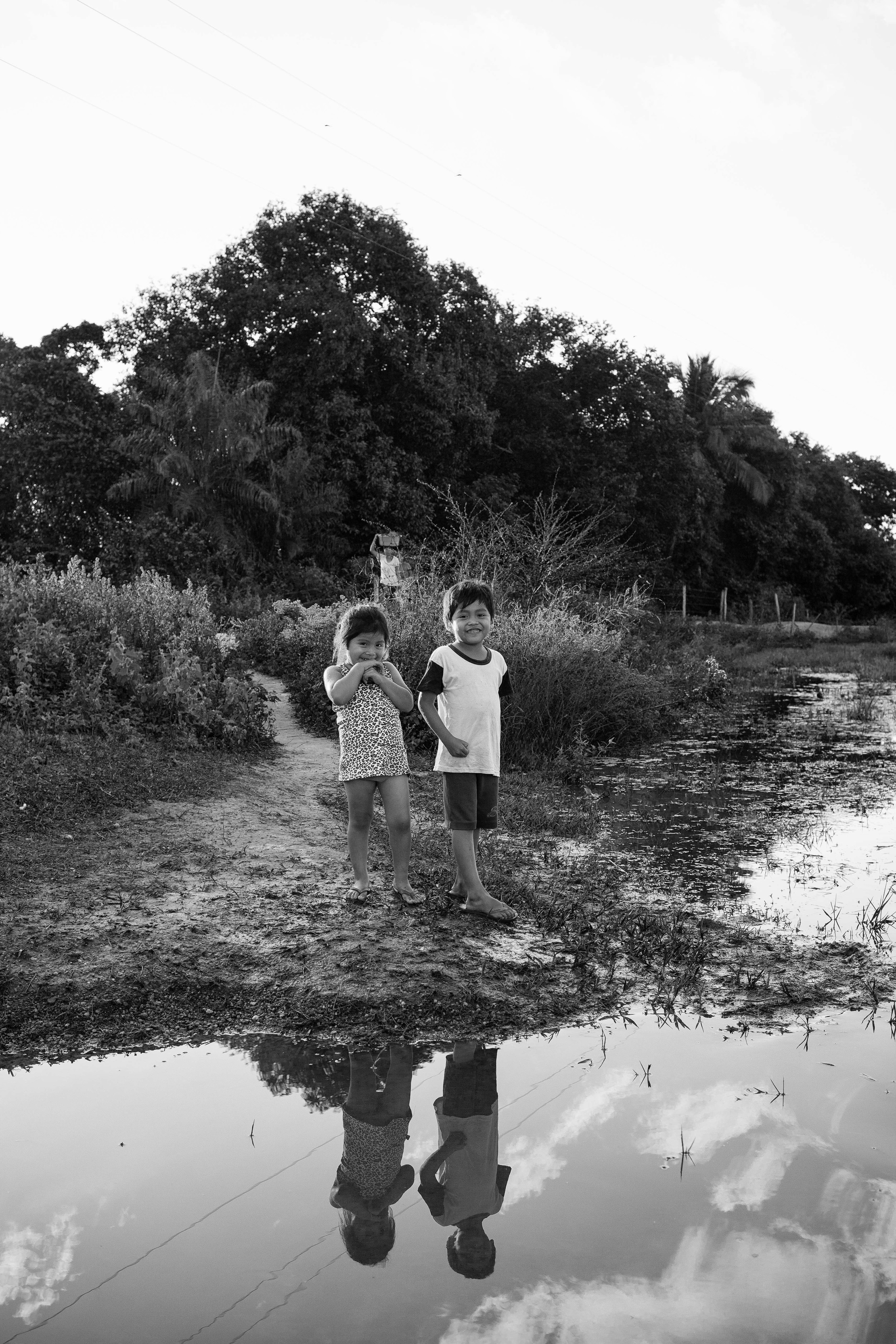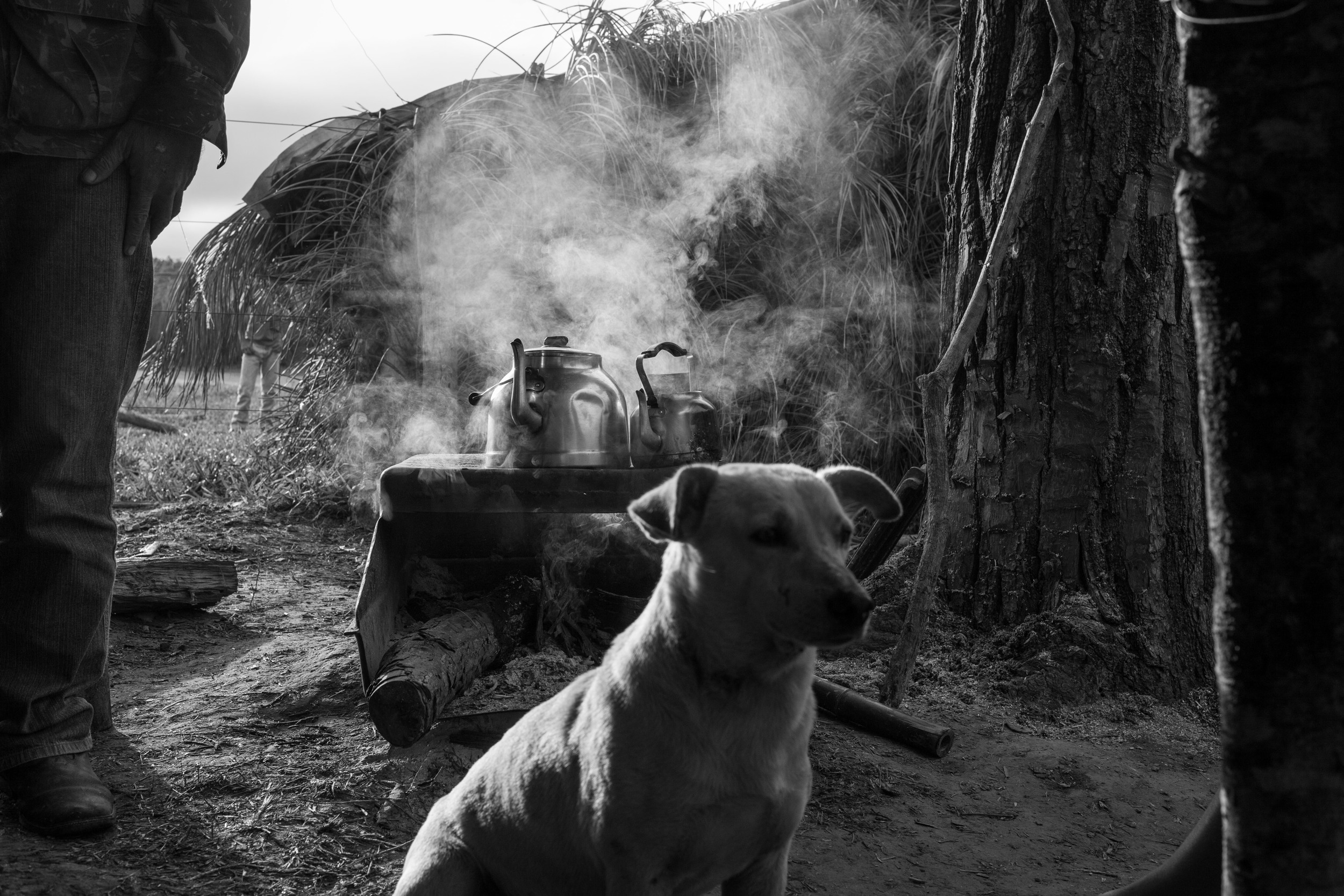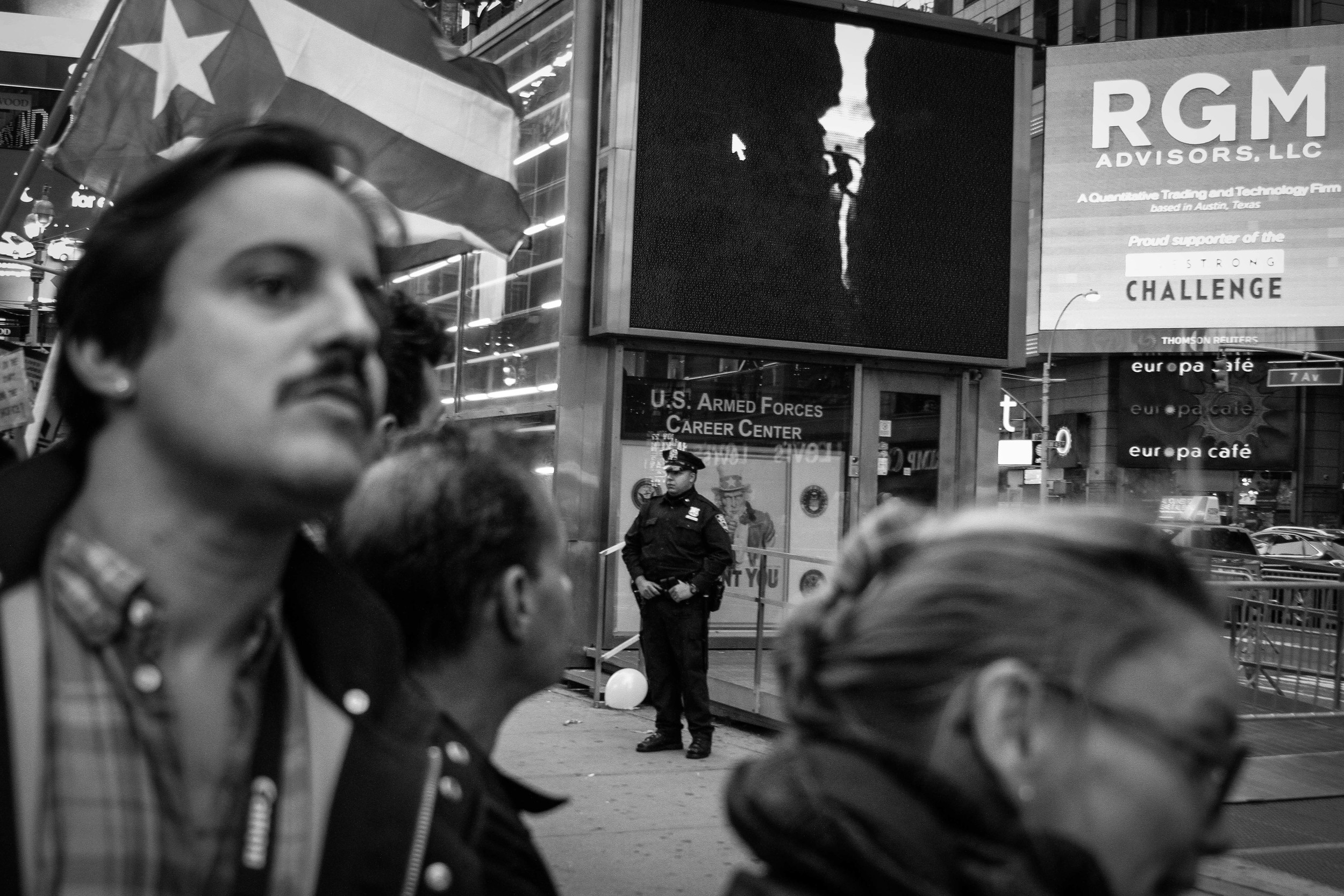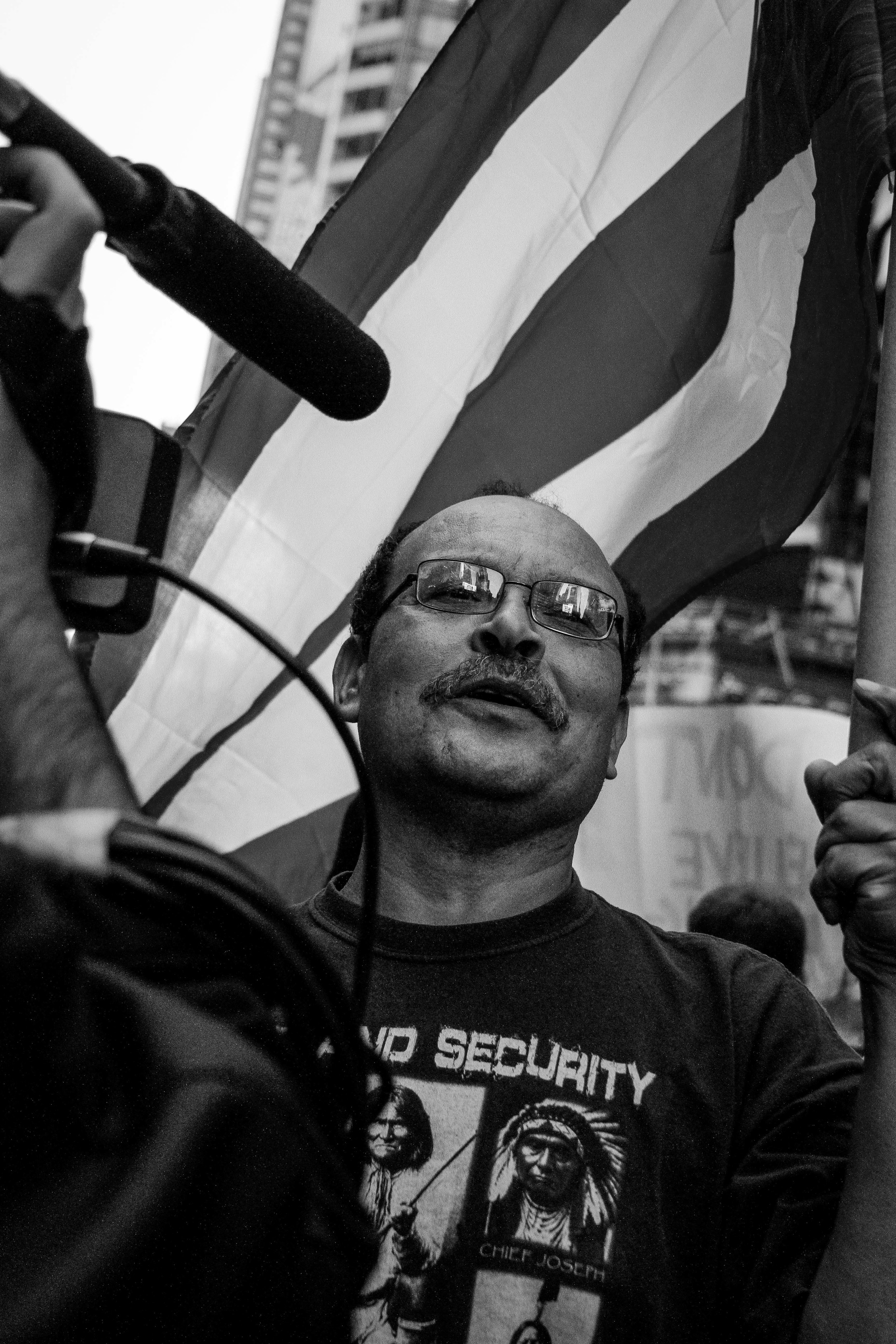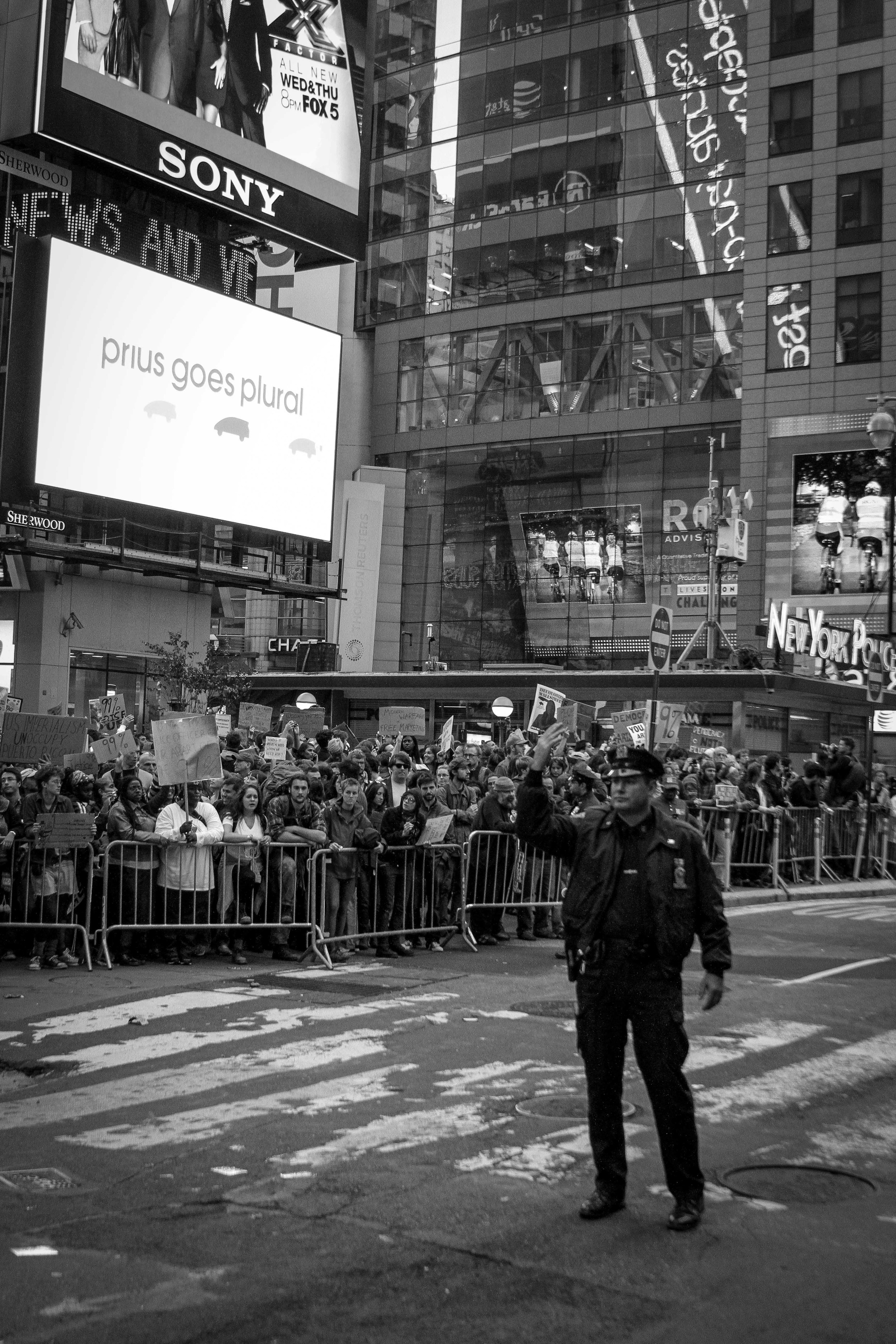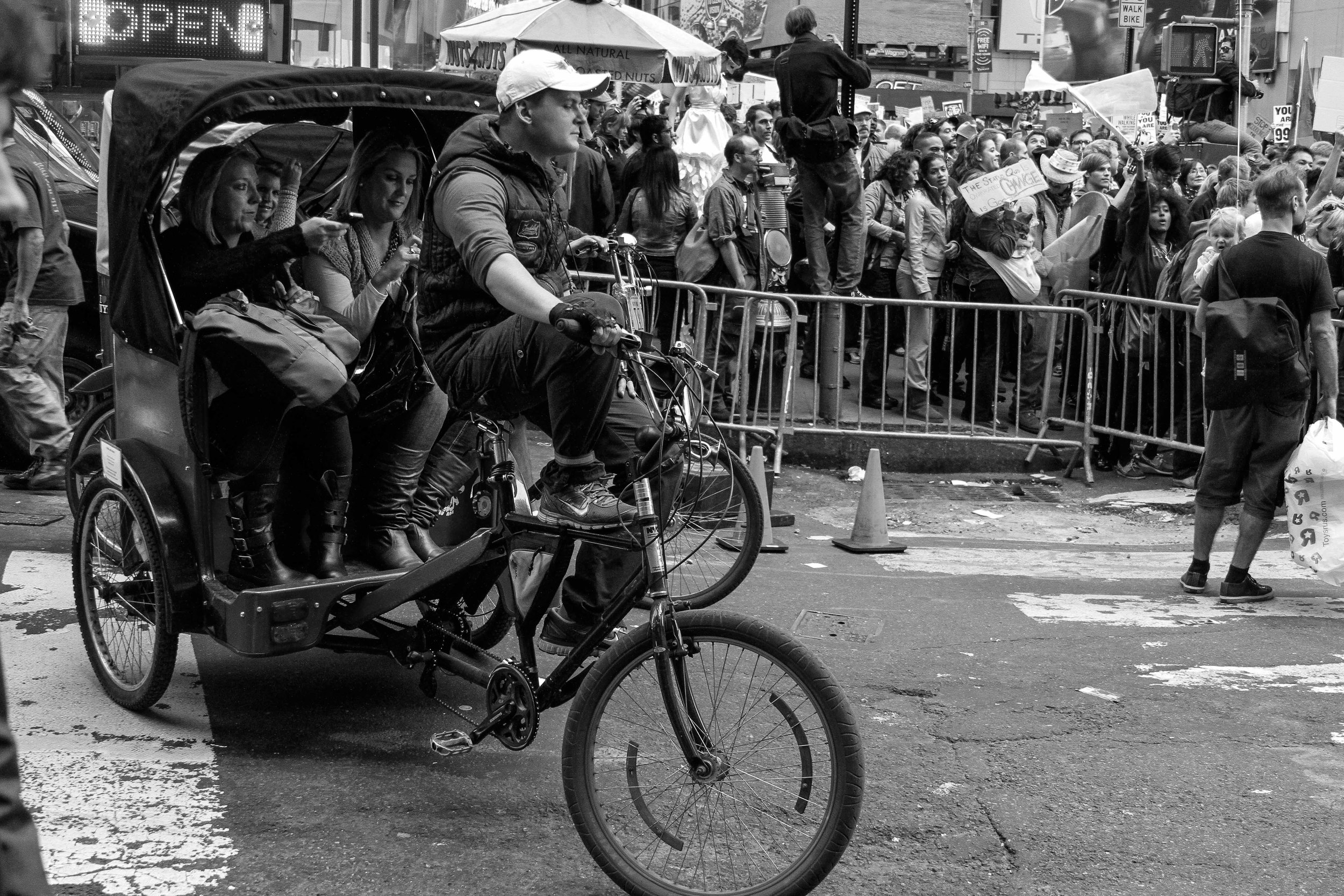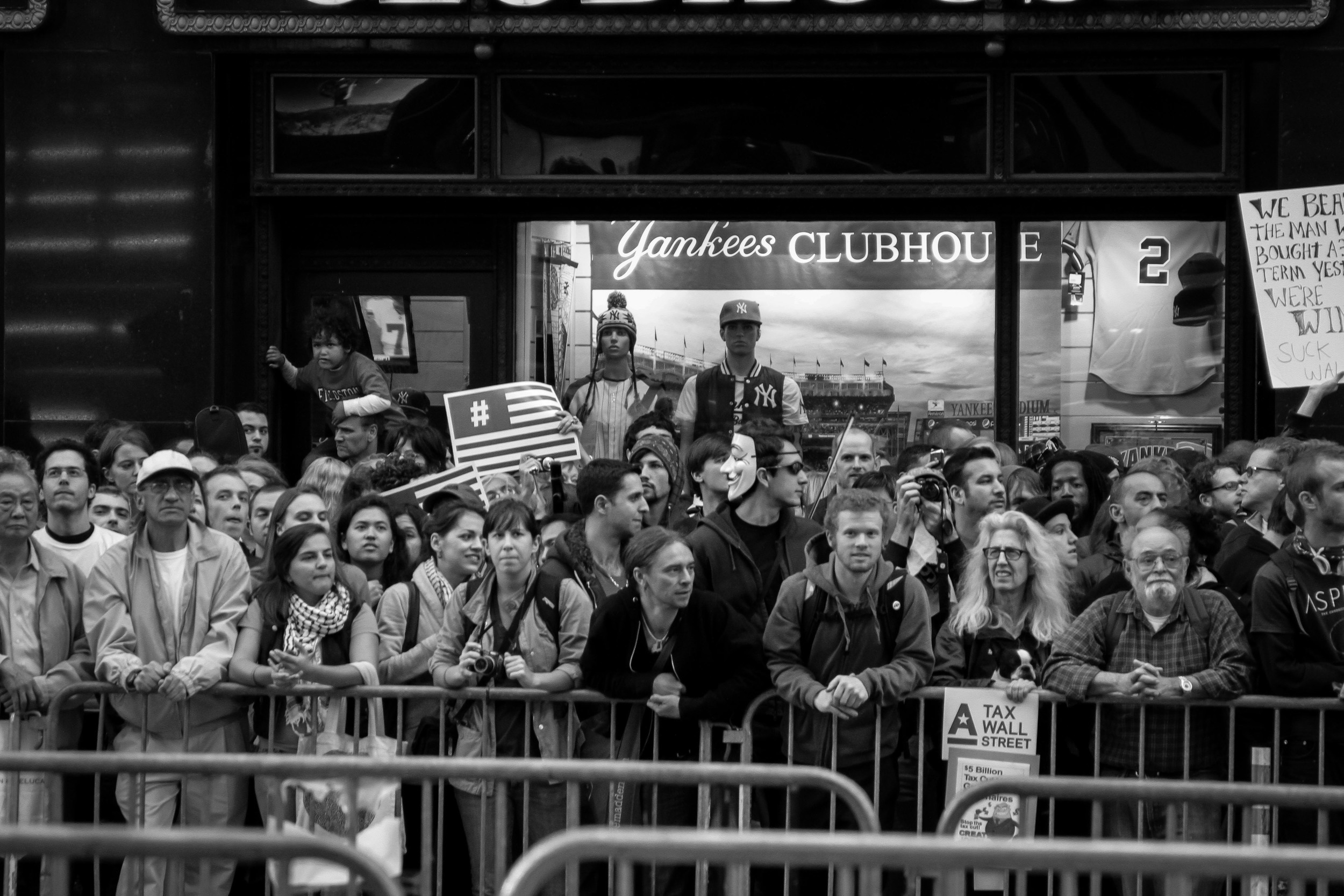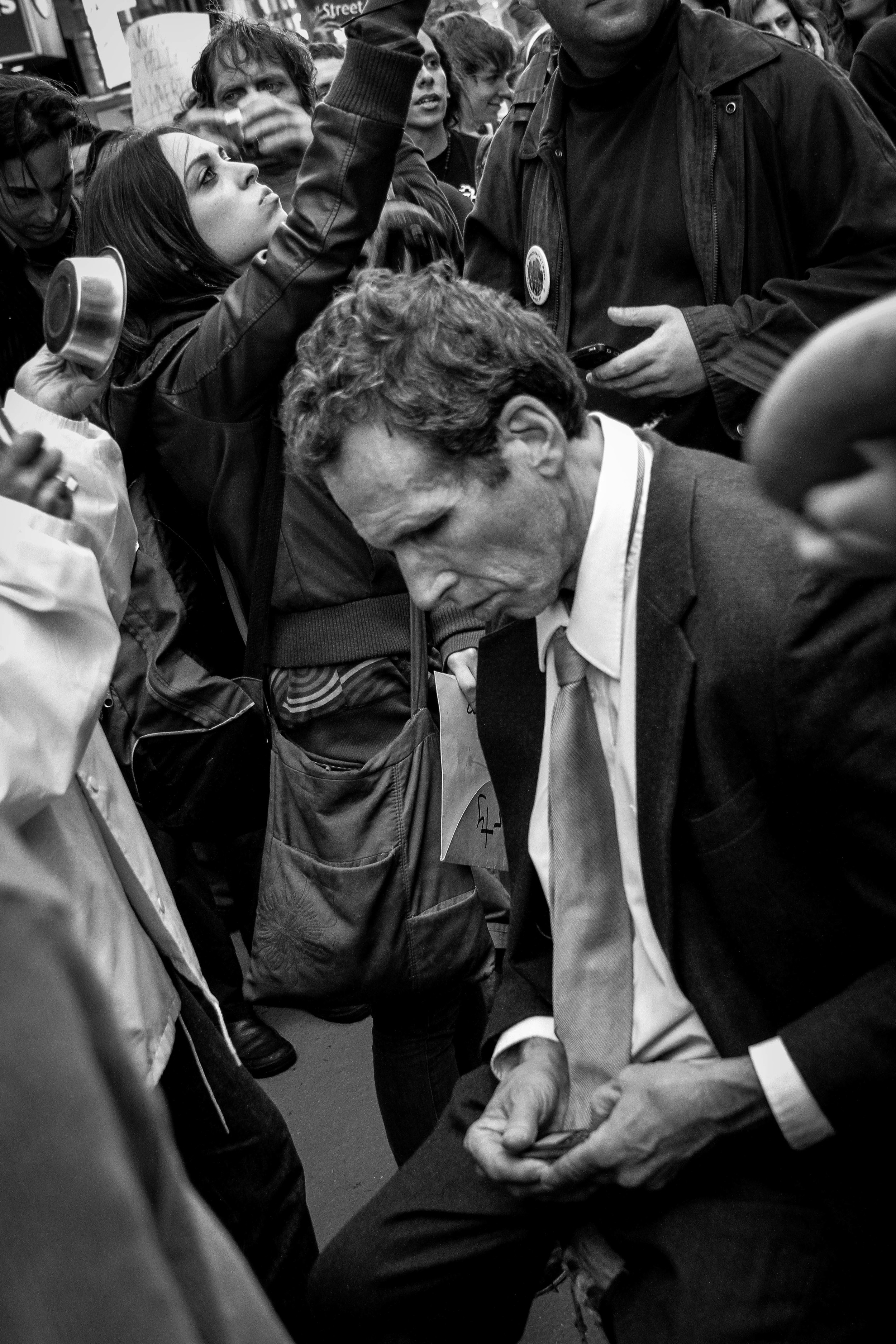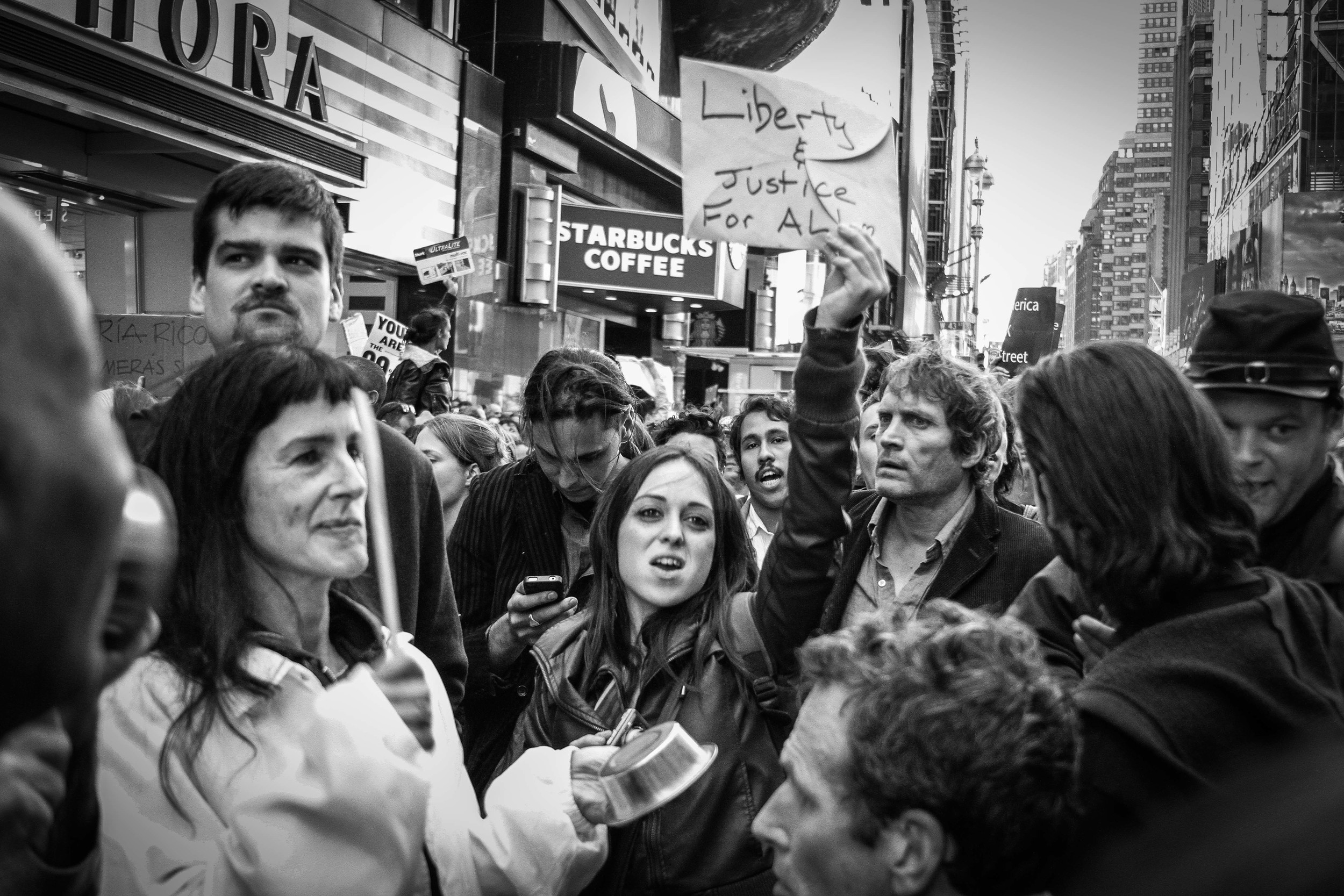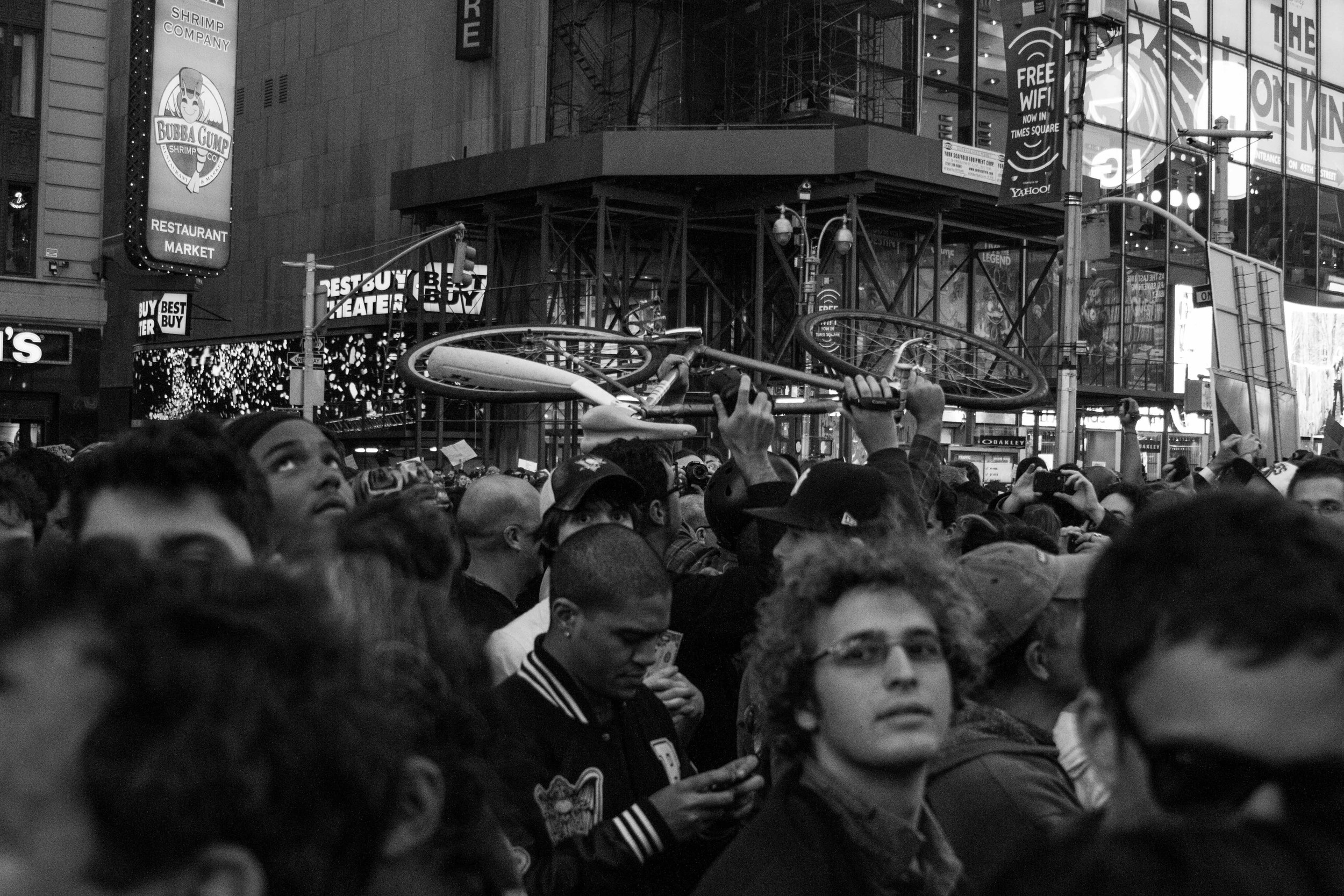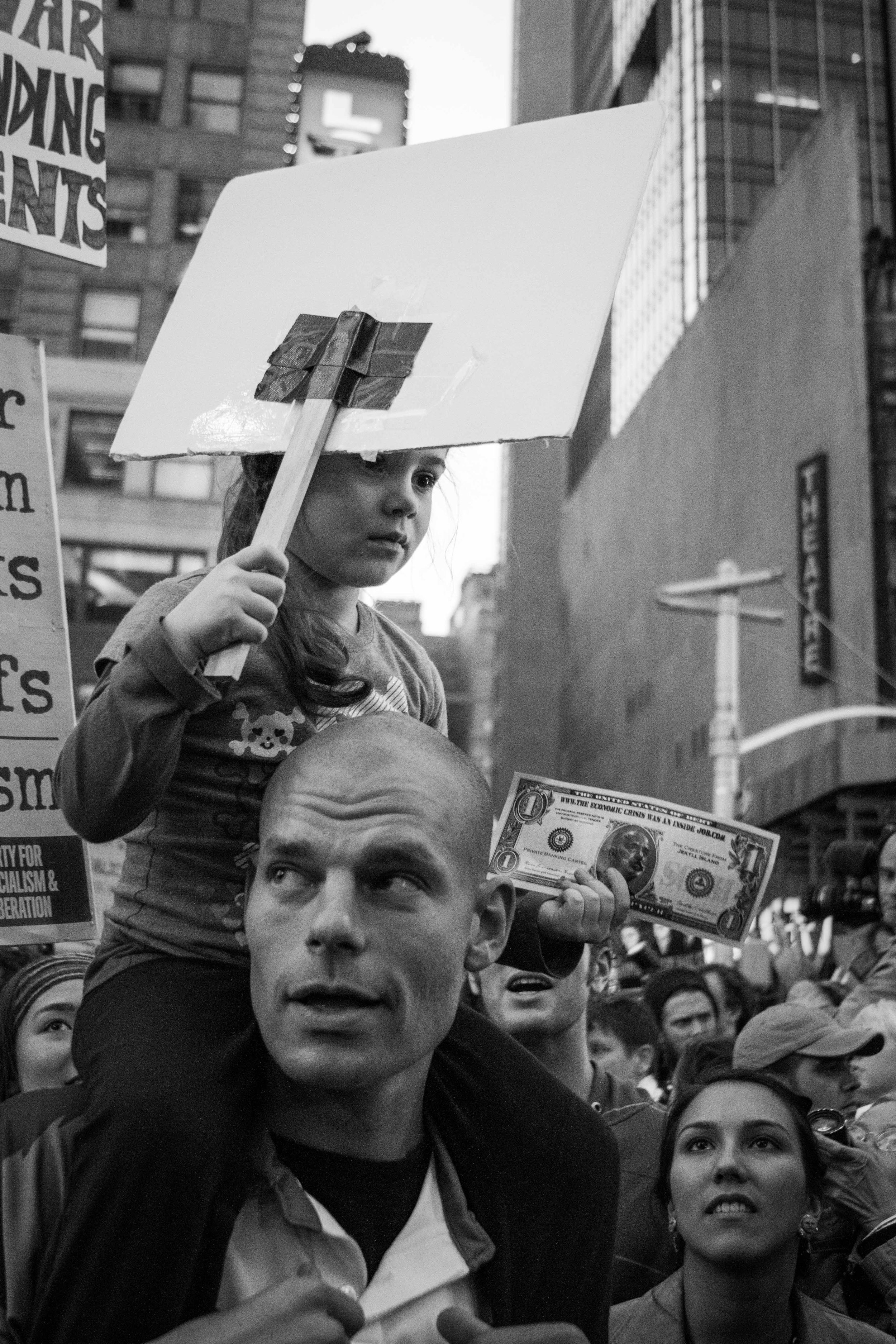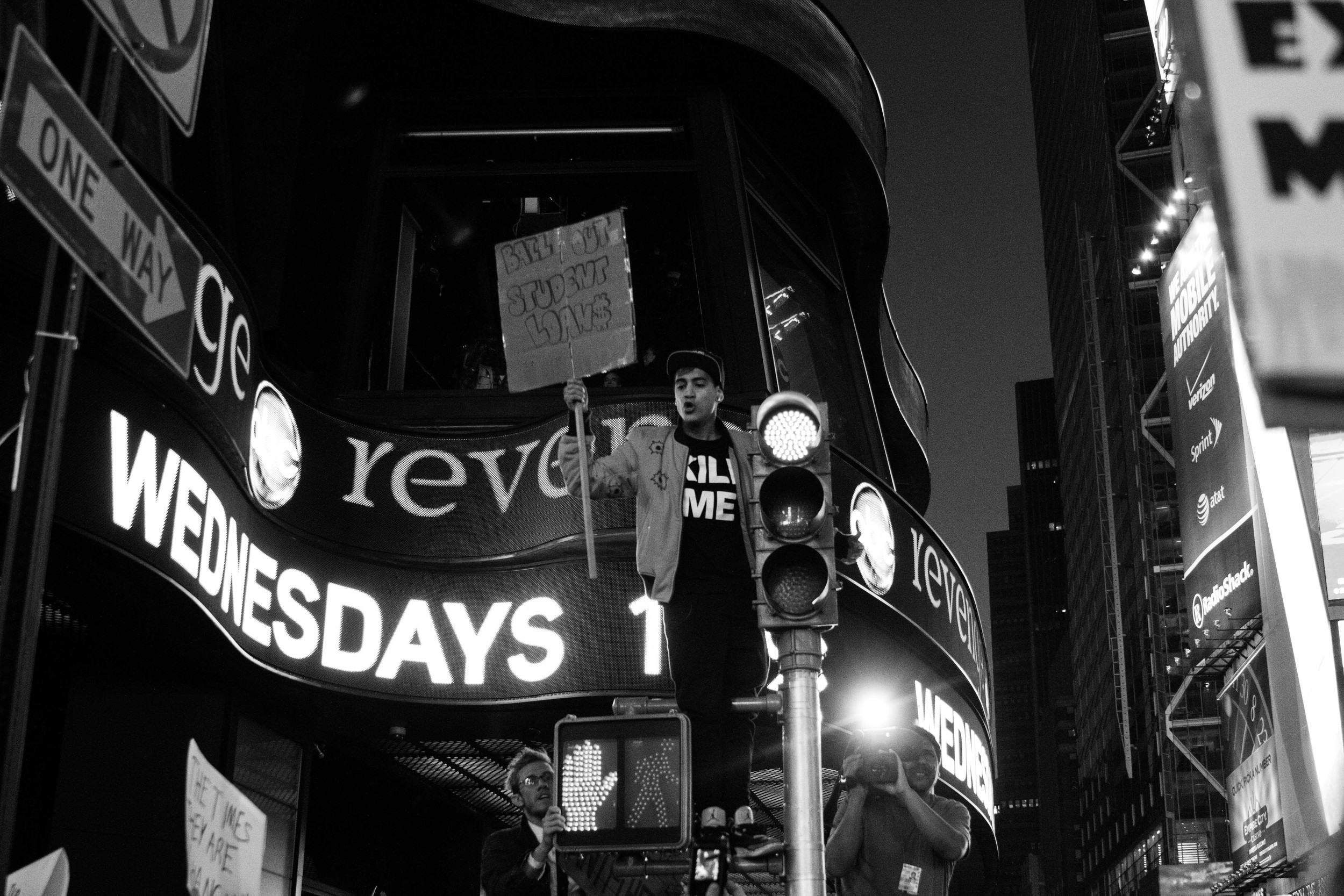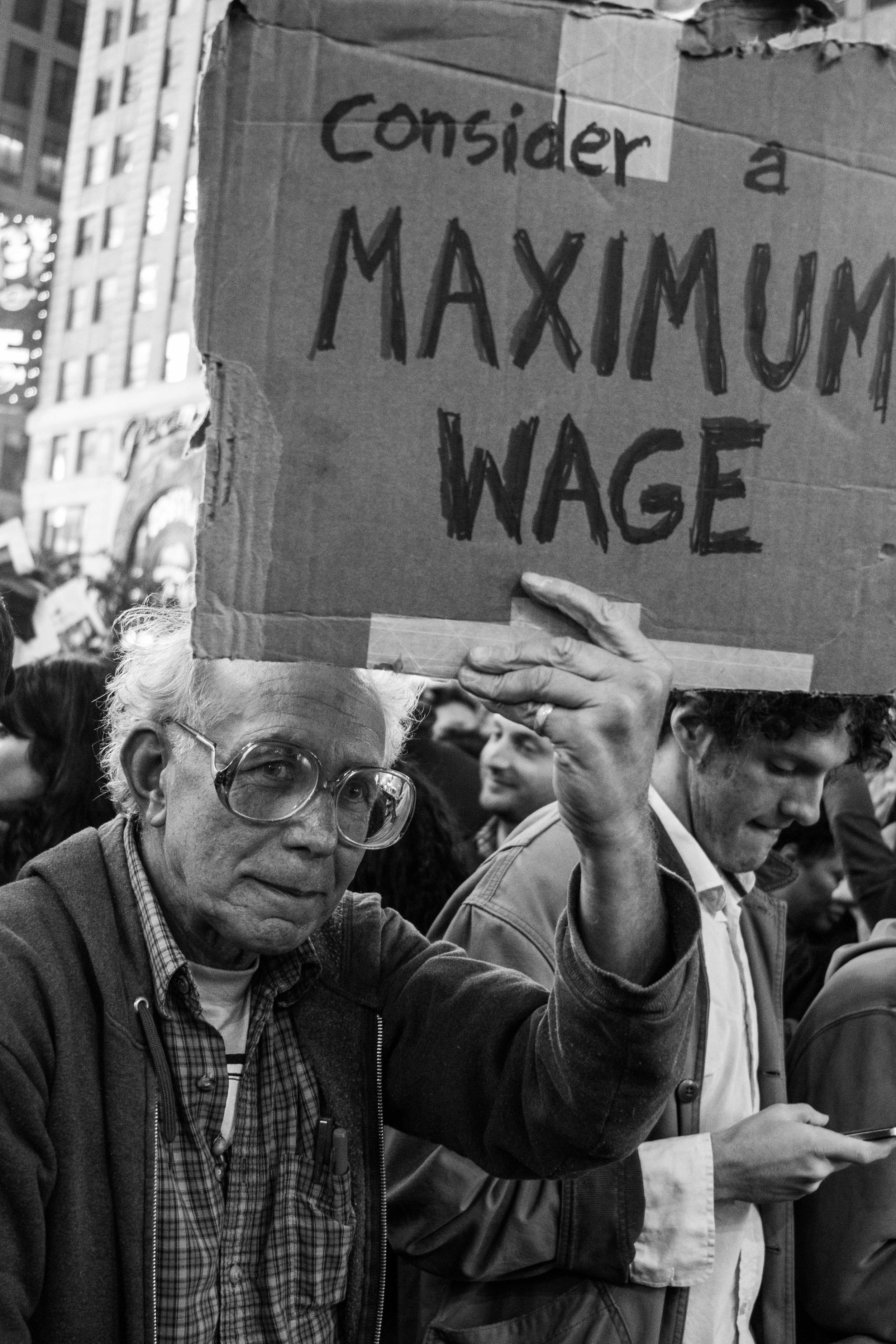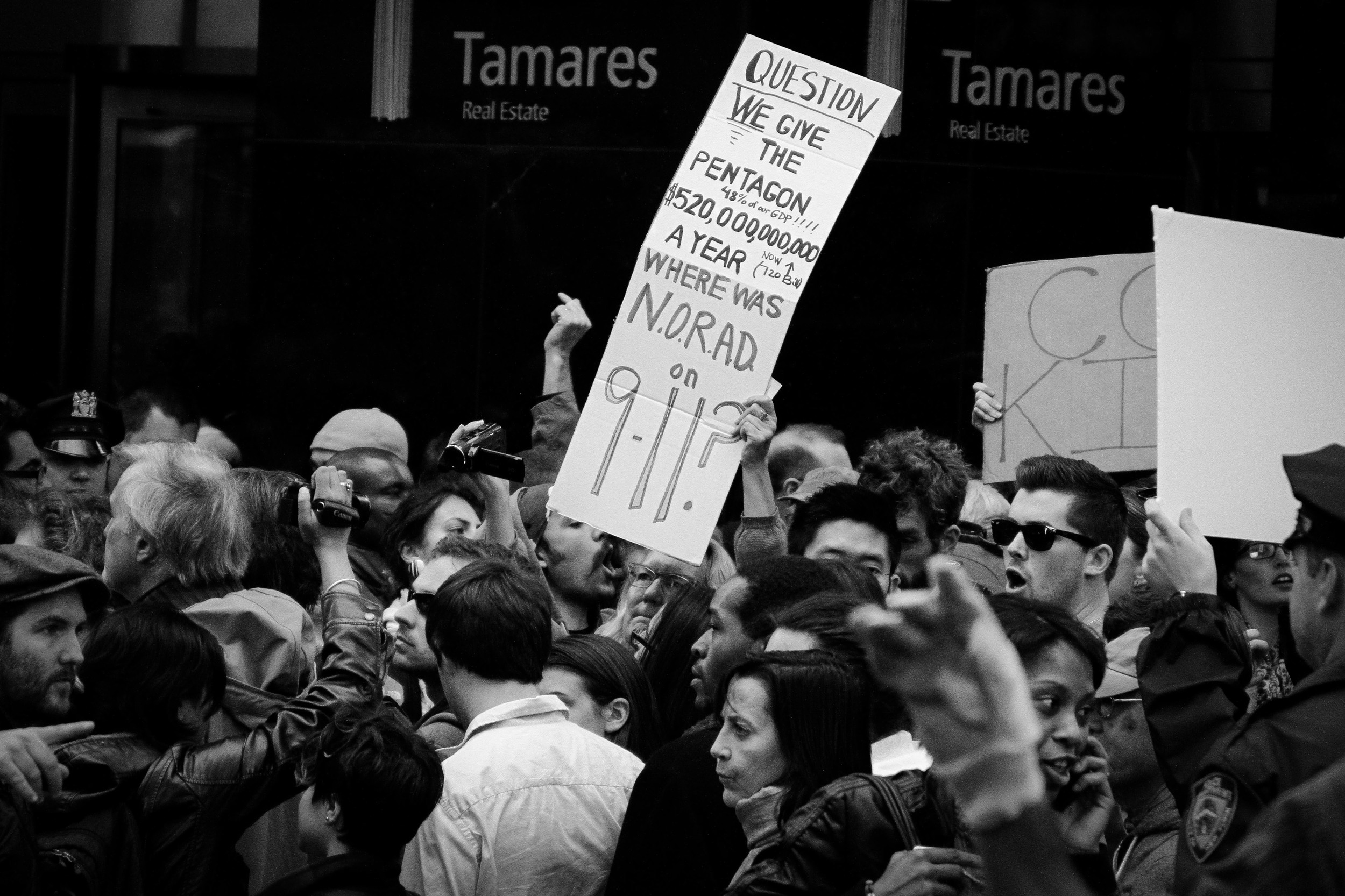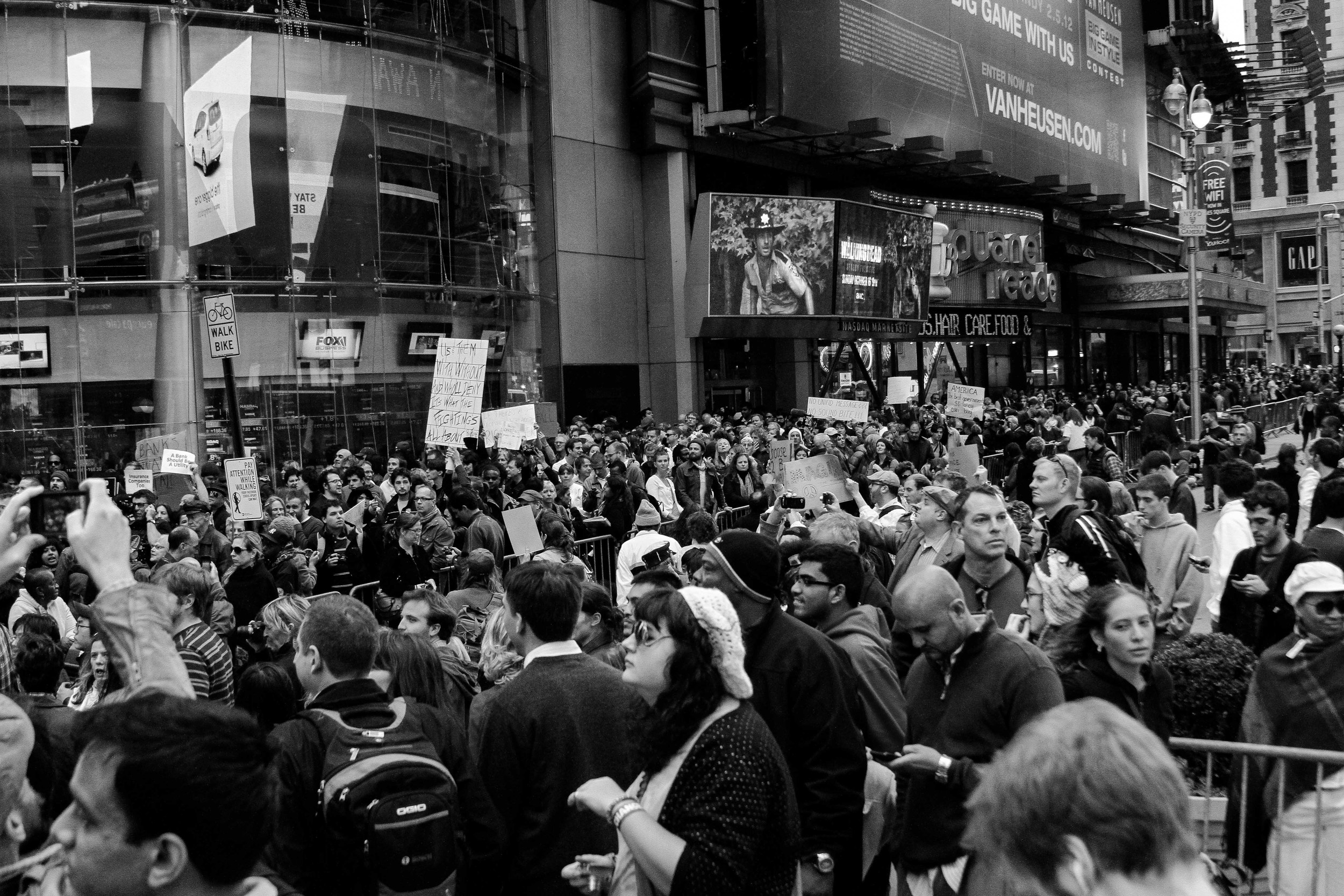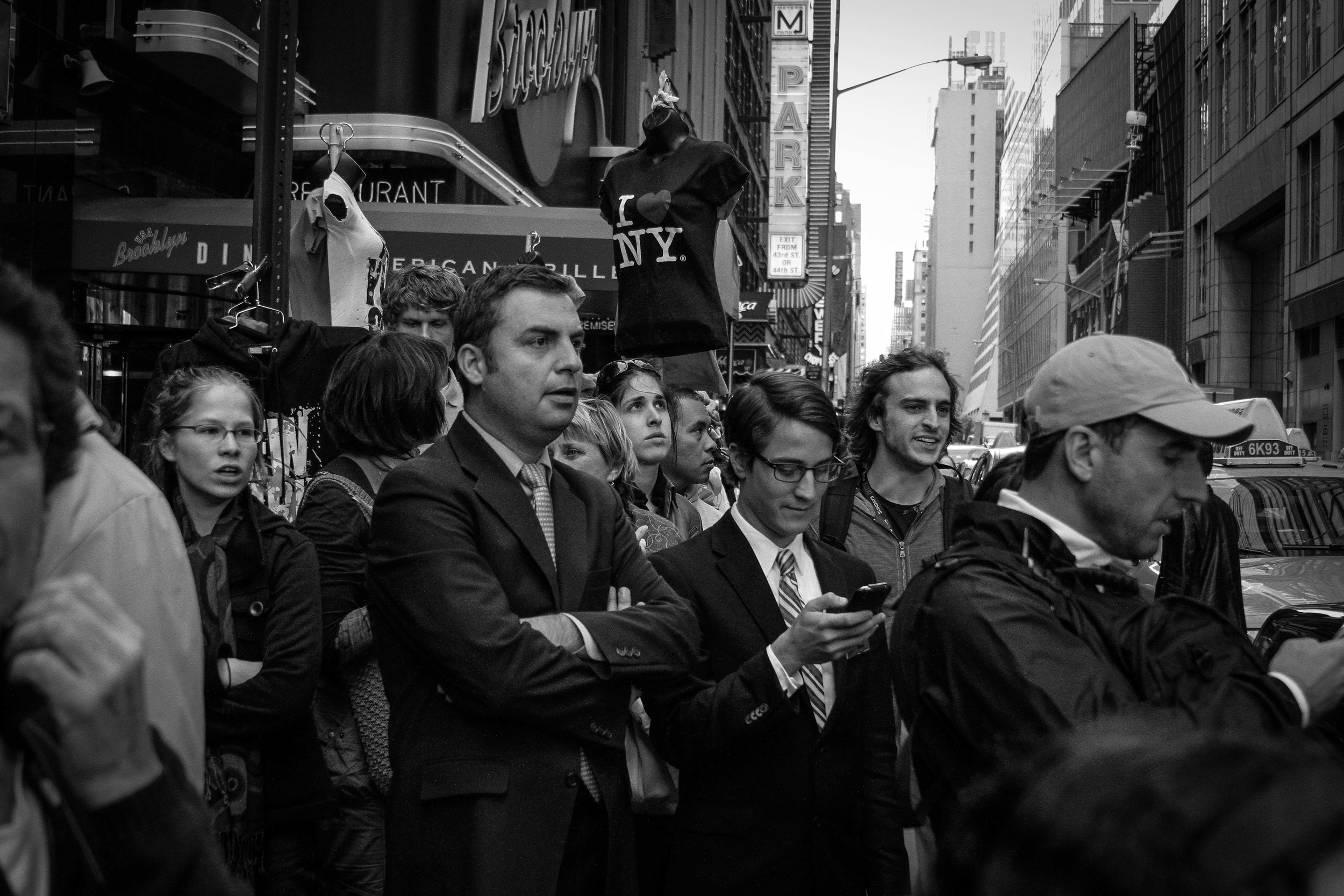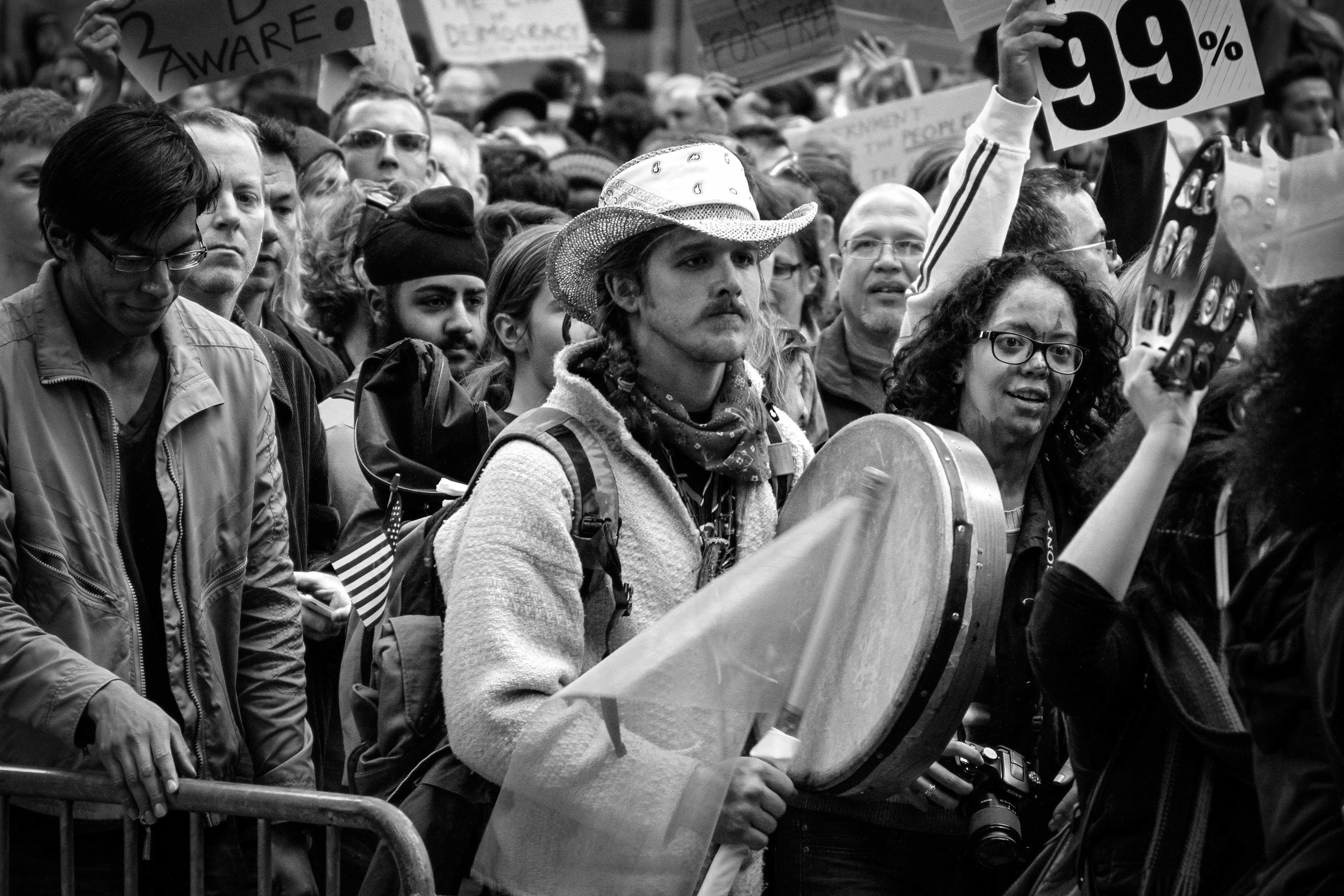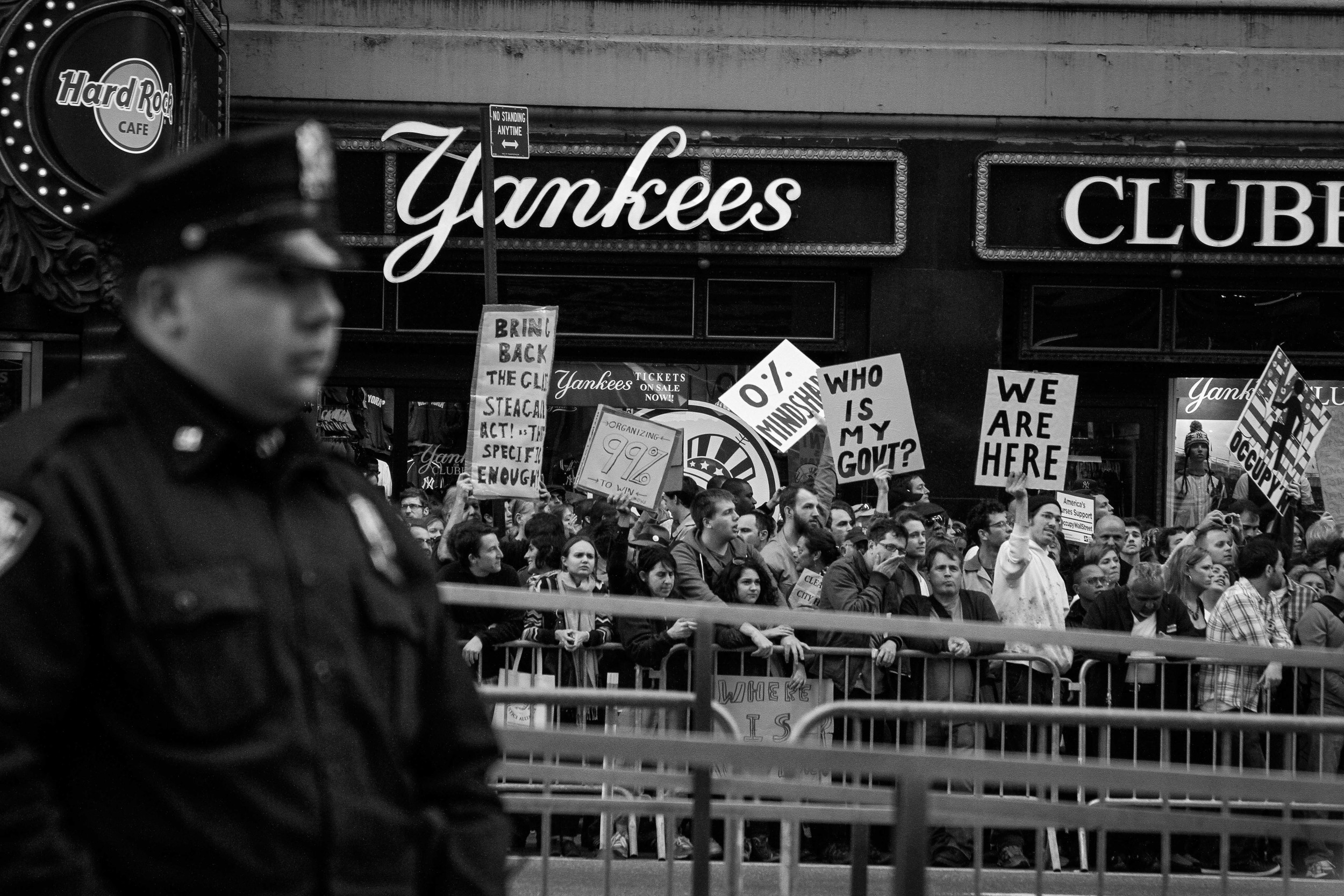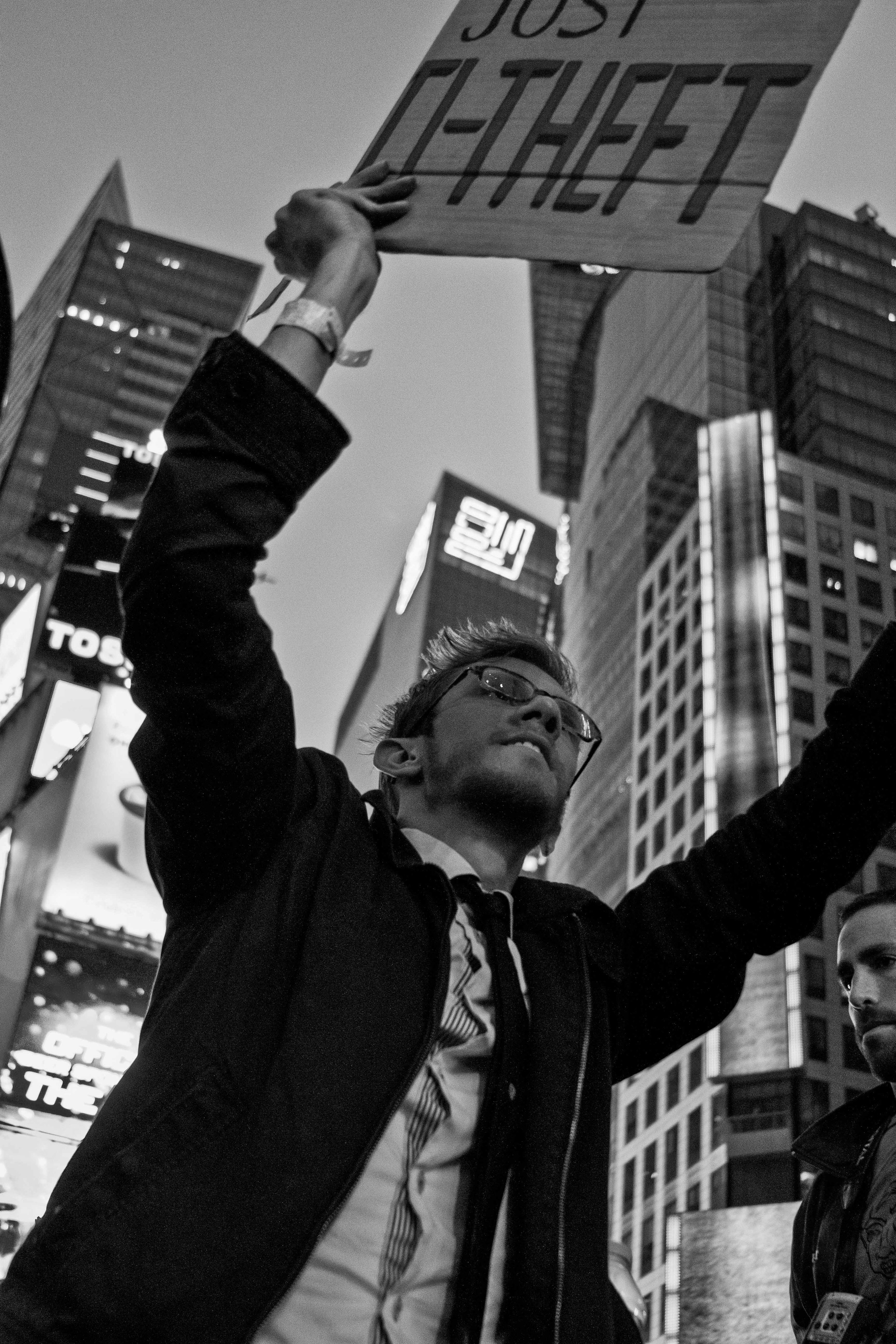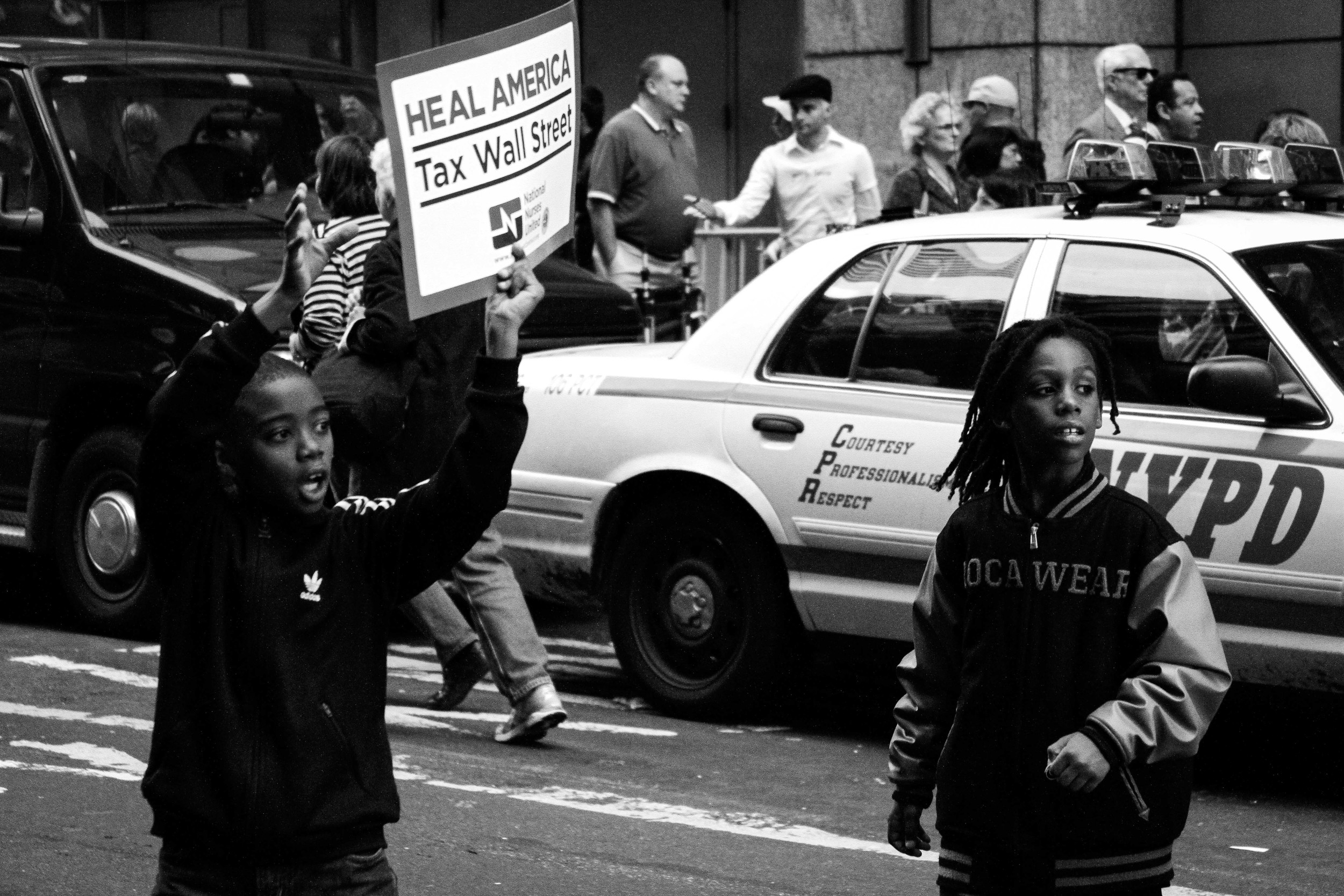SER MANGUEZAL
The project "Ser Manguezal" was inspired by Josué de Castro's book "Of Men and Crabs" from 1967. De Castro was a Brazilian geographer, physician, writer and activist against world hunger. In his book, Castro envisions men as crabs, learning to walk in the mangroves. While I worked on this project, his words wouldn't leave my head, and I could see not only this resemblance between men and crabs, but also man's relationship with the ecosystem itself. Humans seemed to blend in with the mangrove, and it was easy to imagine them transforming into the mangrove roots, the crabs, and the mud.
This is an ongoing photography project that examines those who depend on the mangrove ecosystem to survive, and the delicate relationship between humans and this particular ecosystem. This project seeks to recognize for the hard-working crab hunters of the mangroves and make their work more visible, and to bring awareness about the importance of mangroves to the environment.

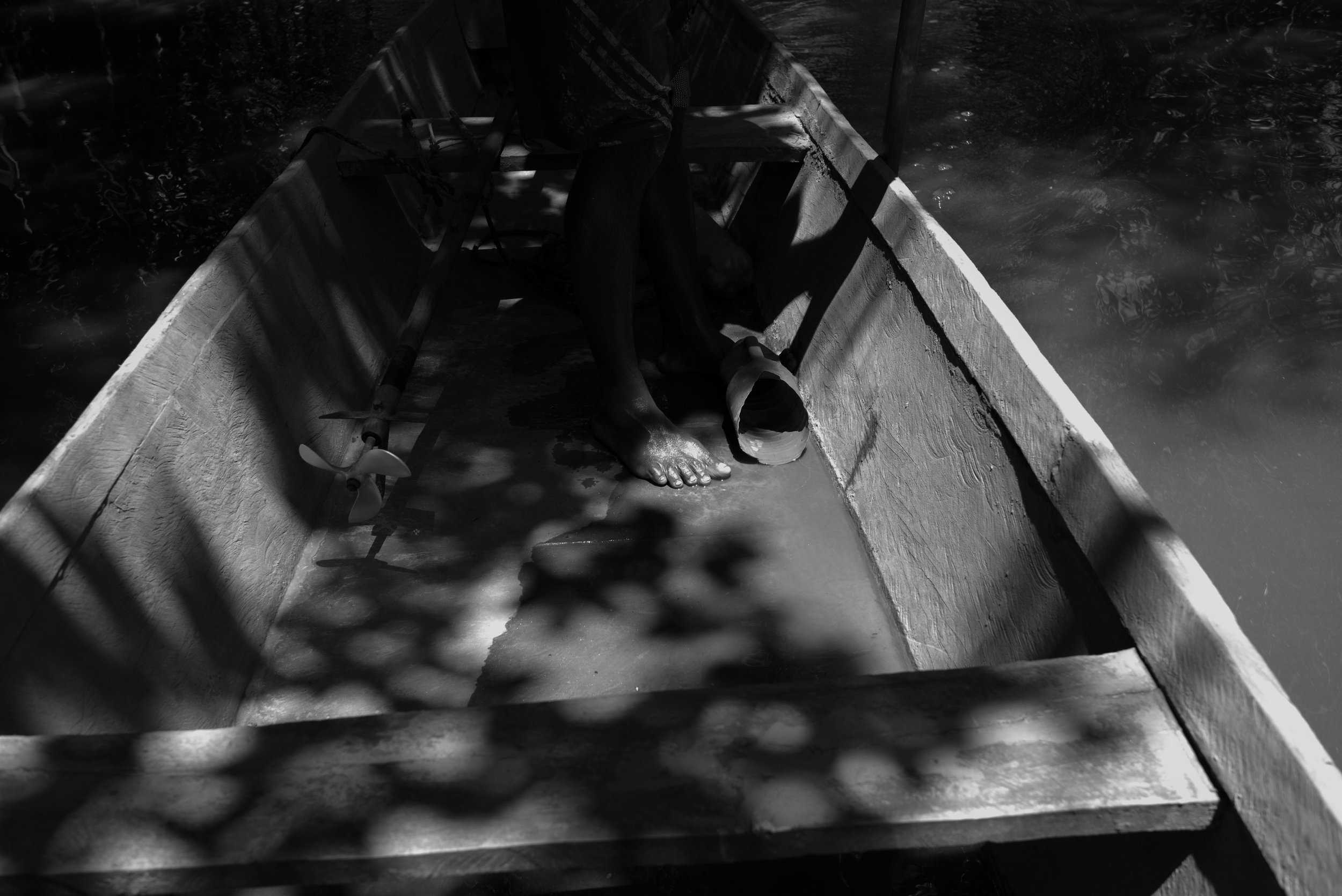
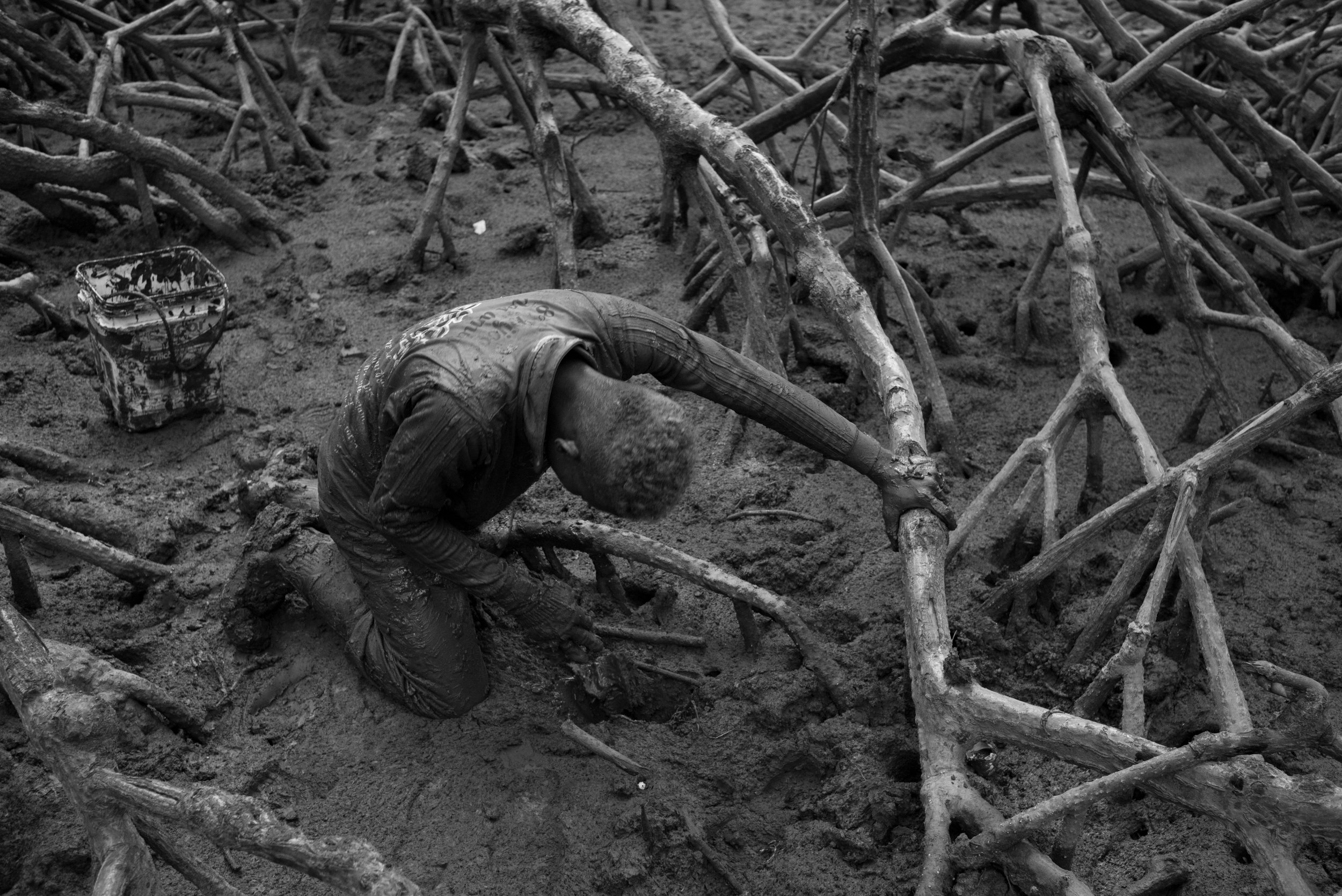

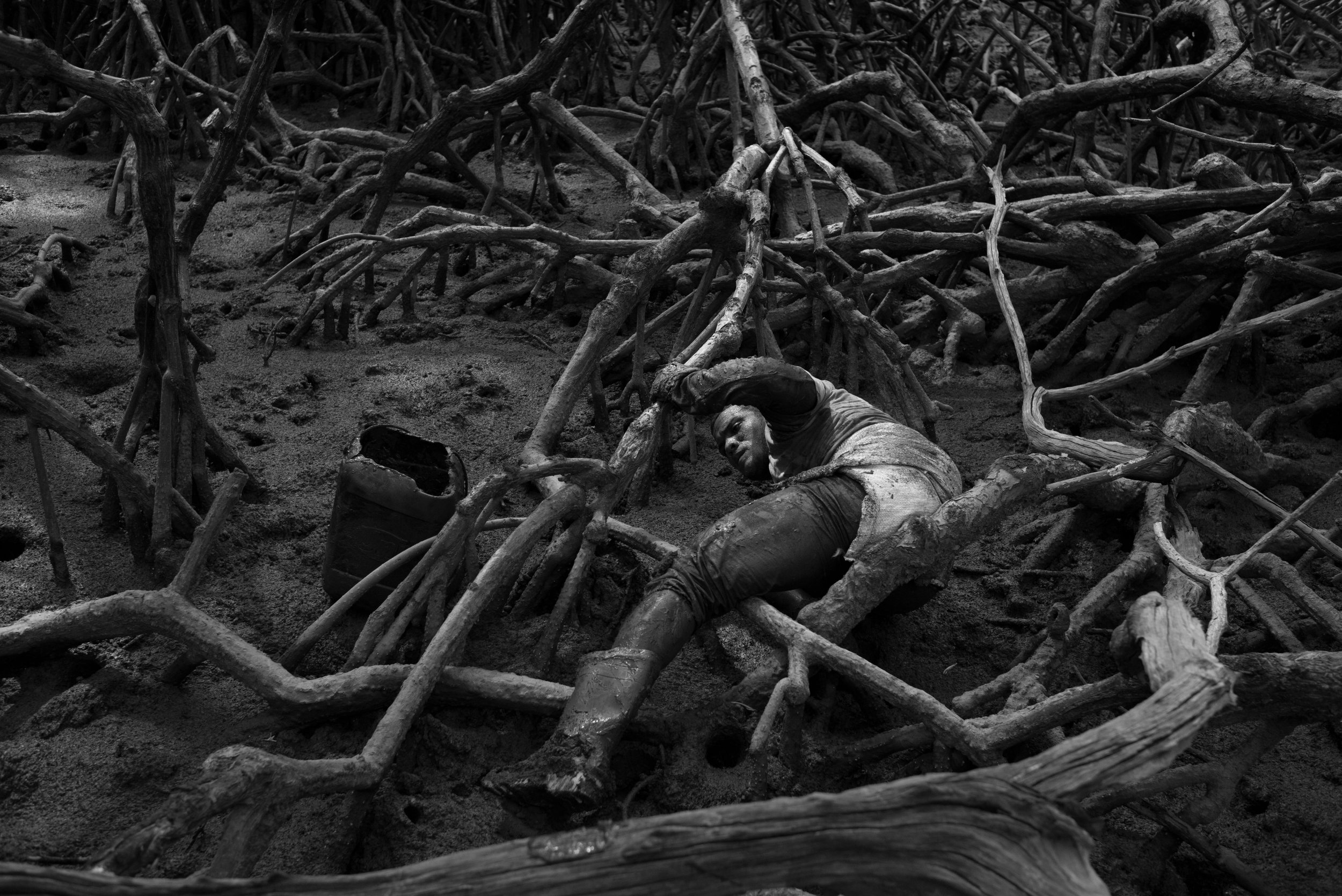
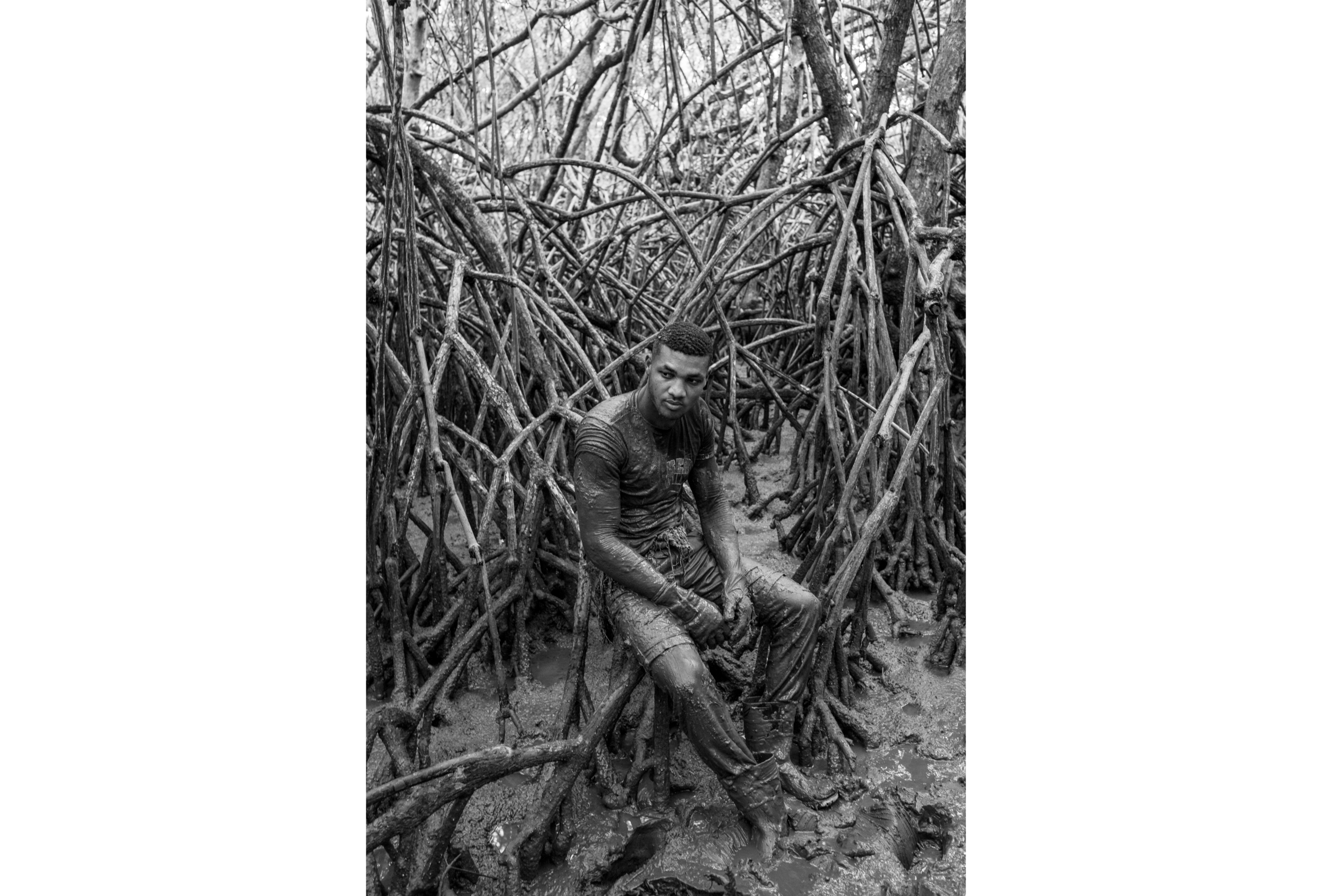
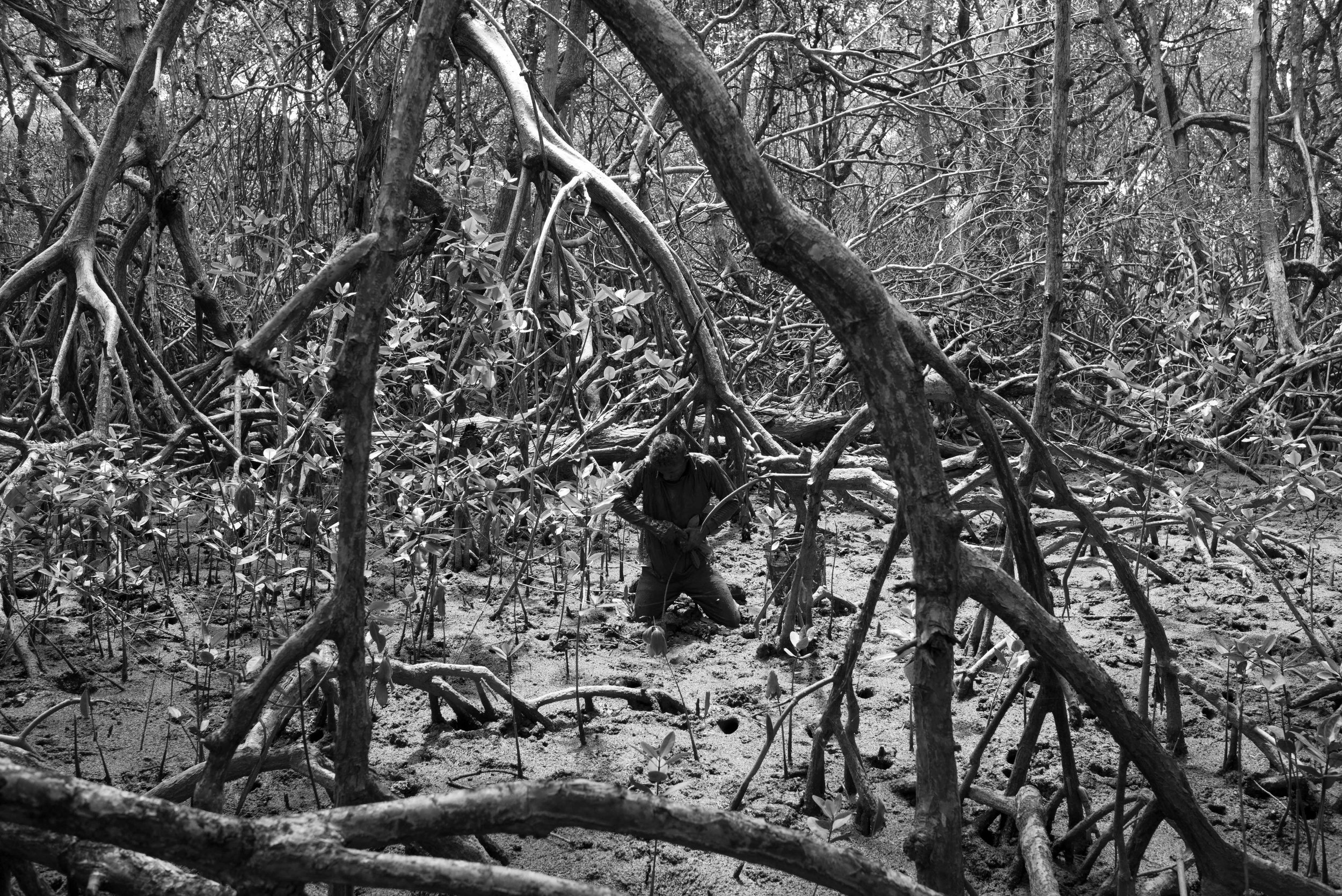
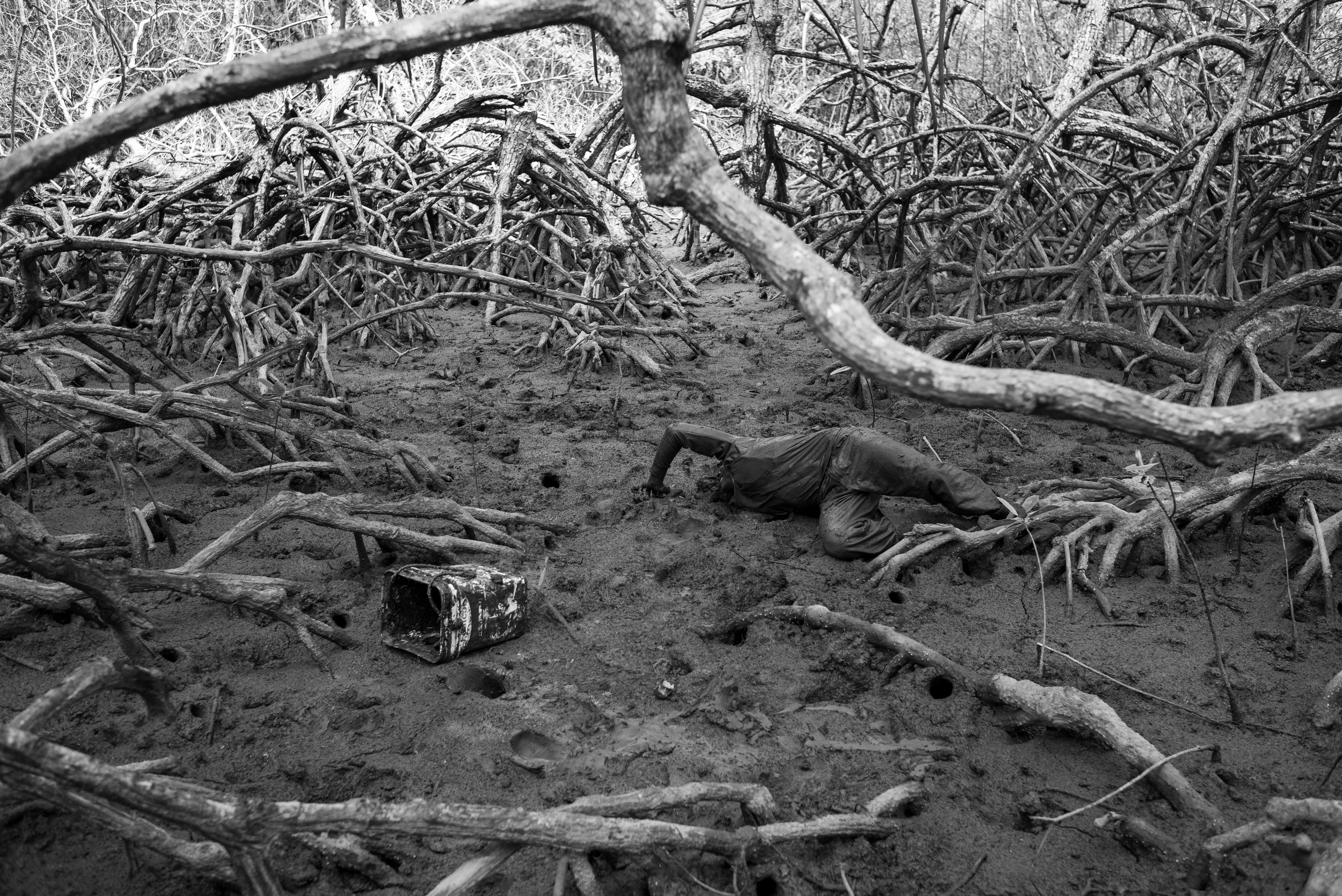
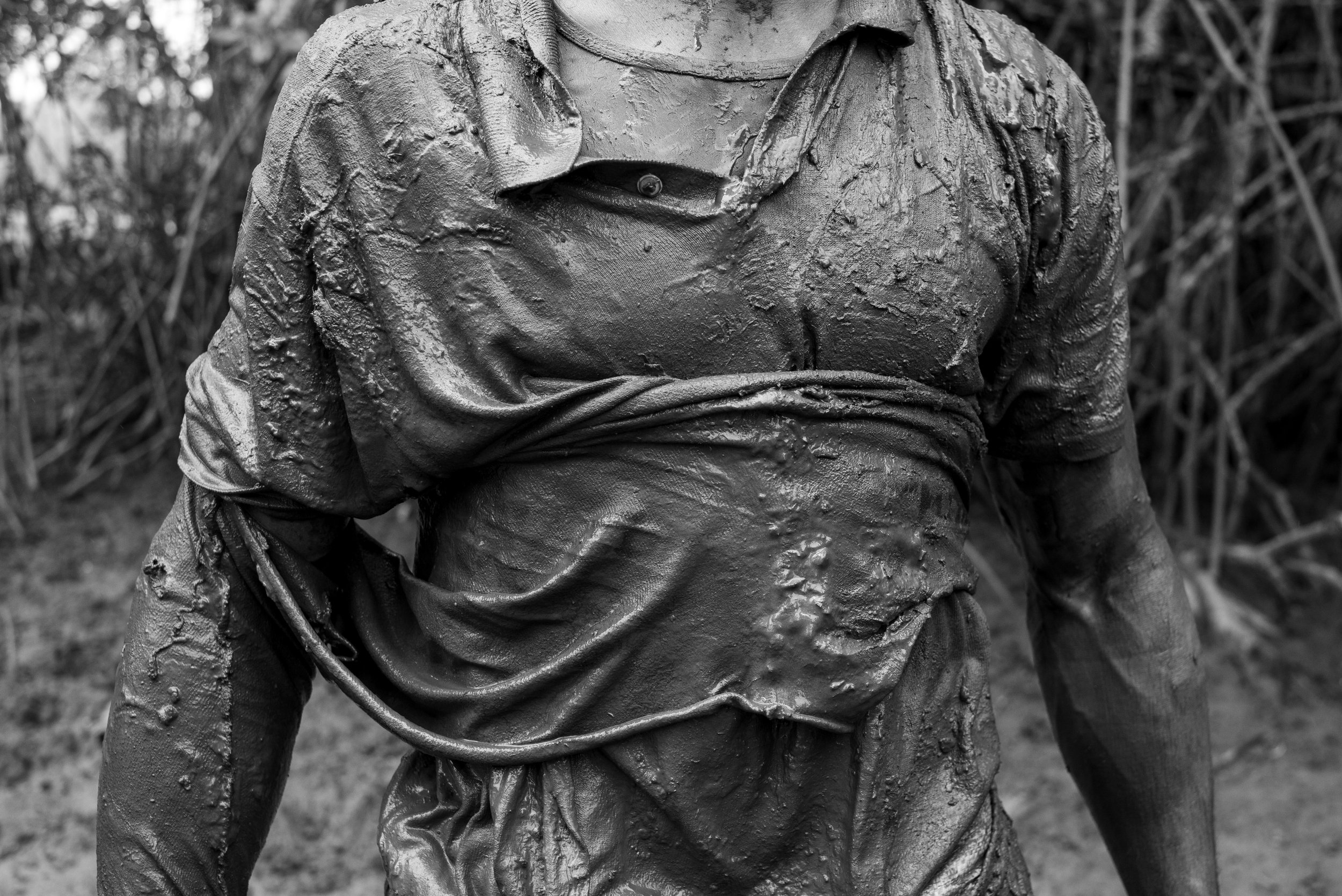
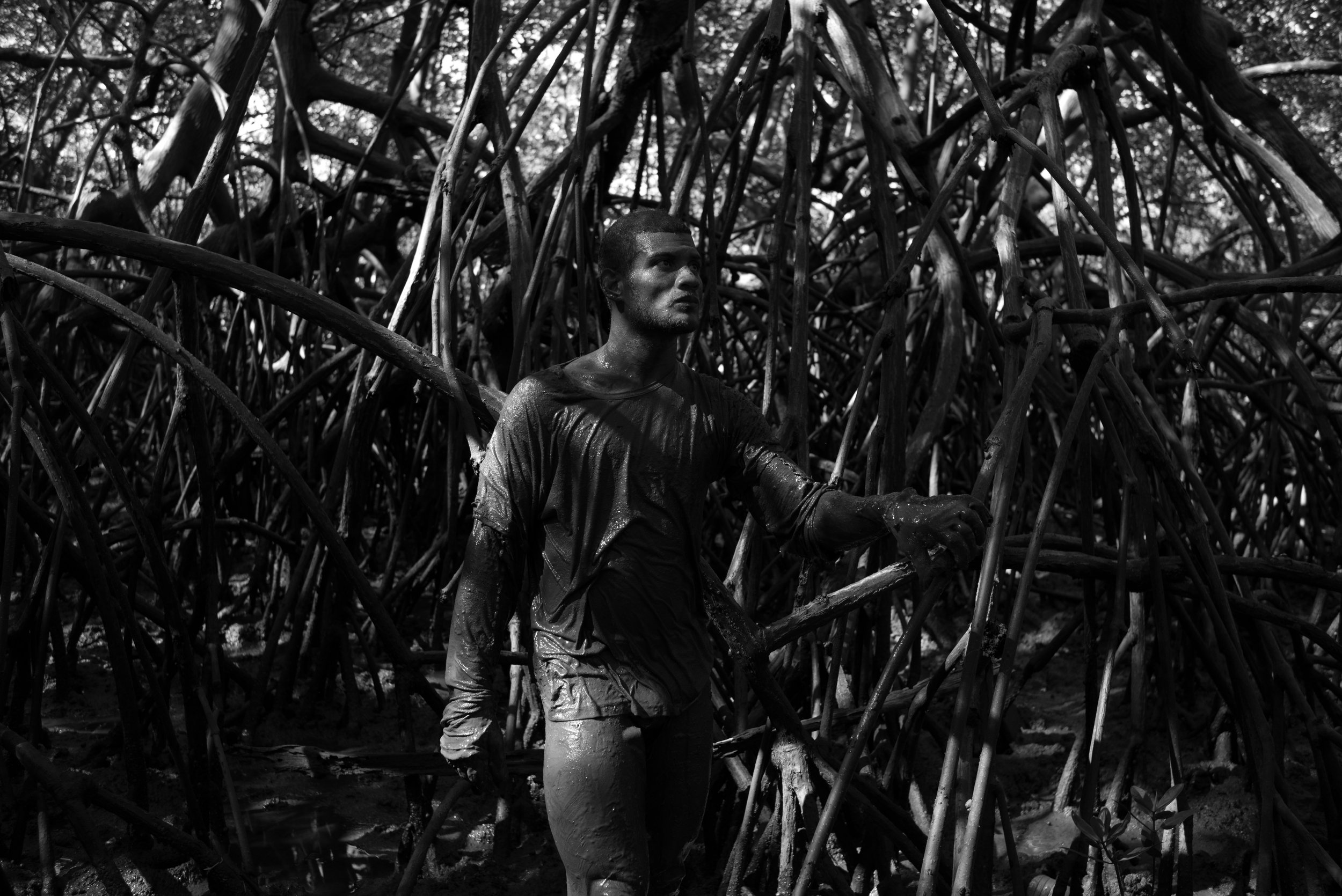
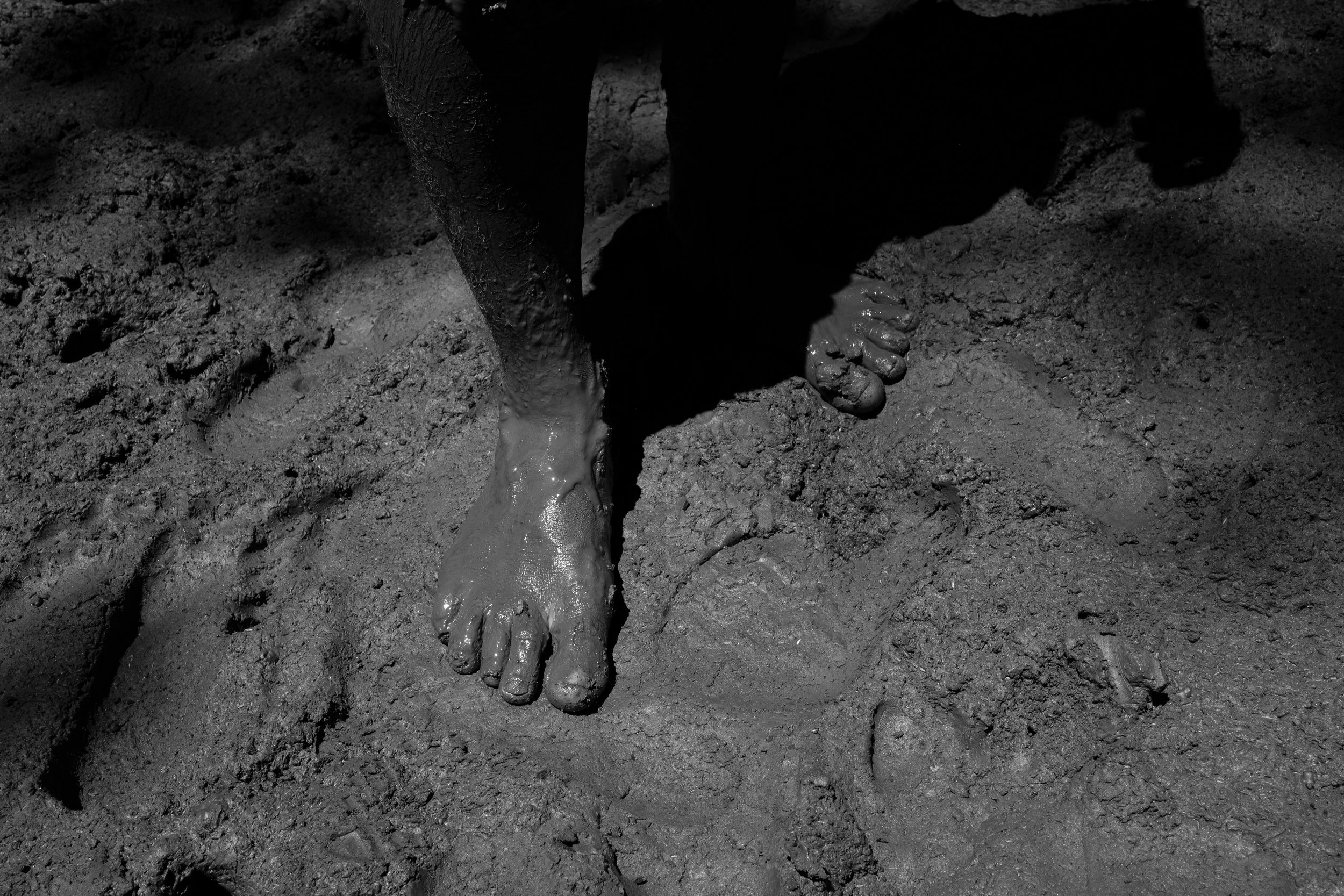
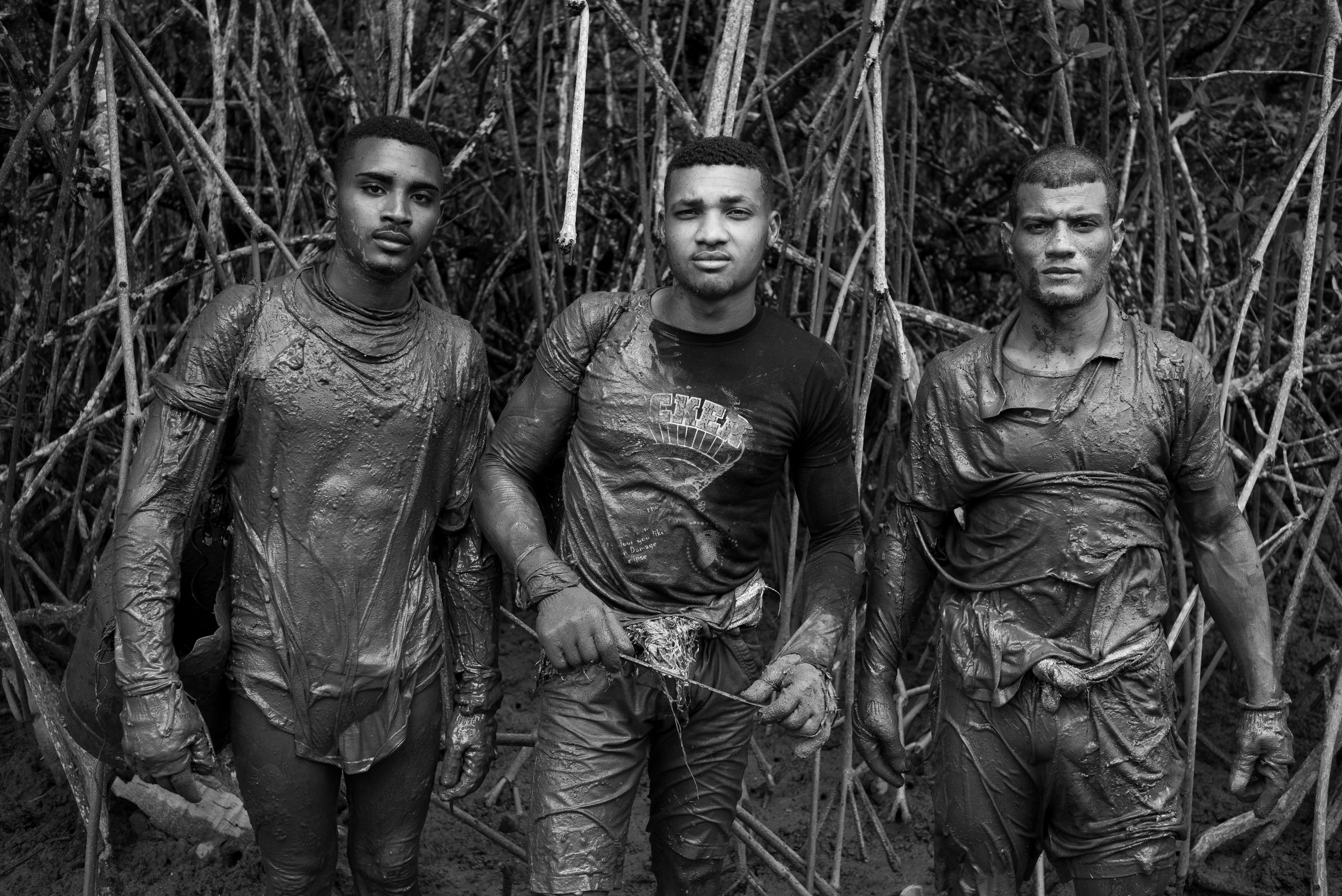
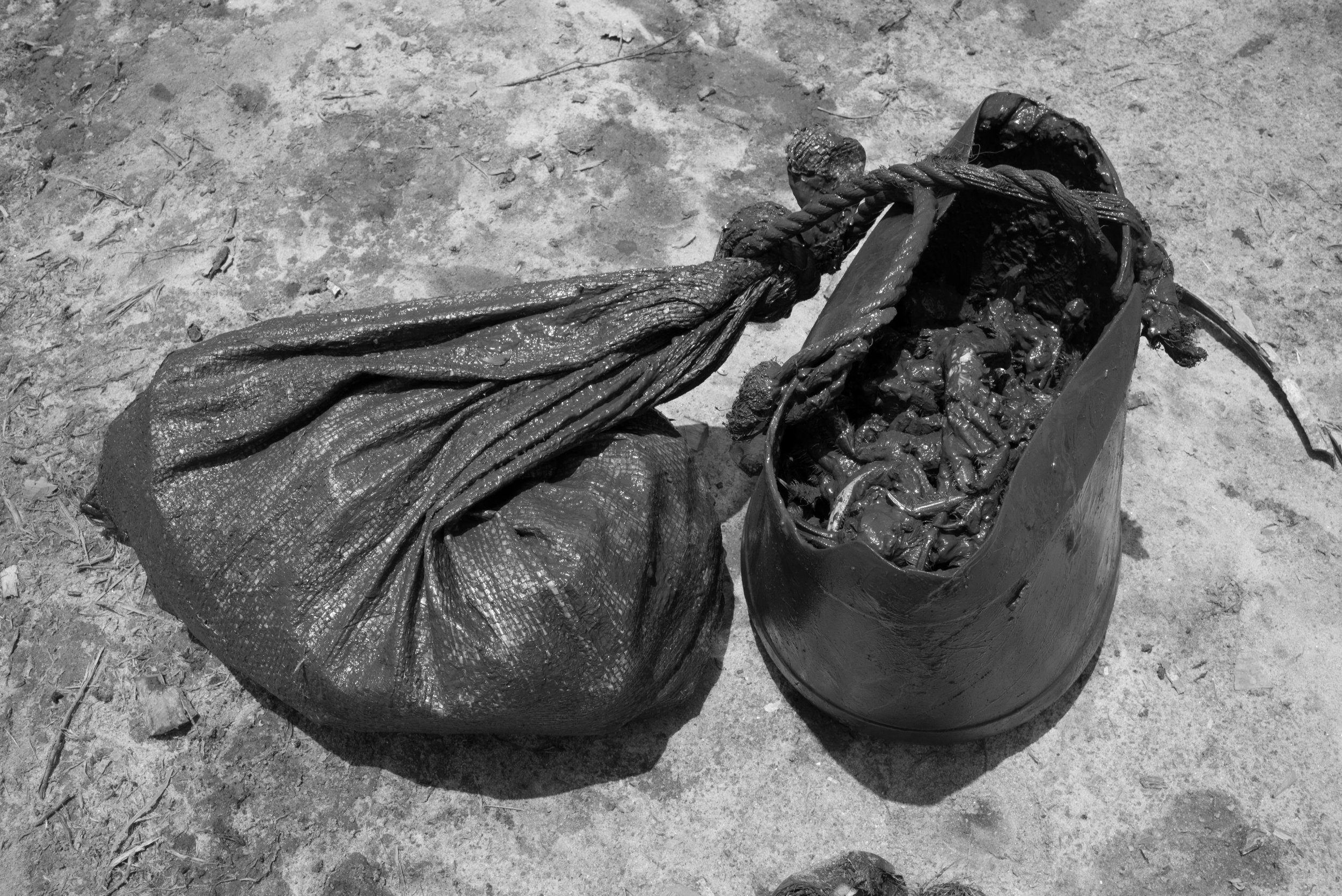
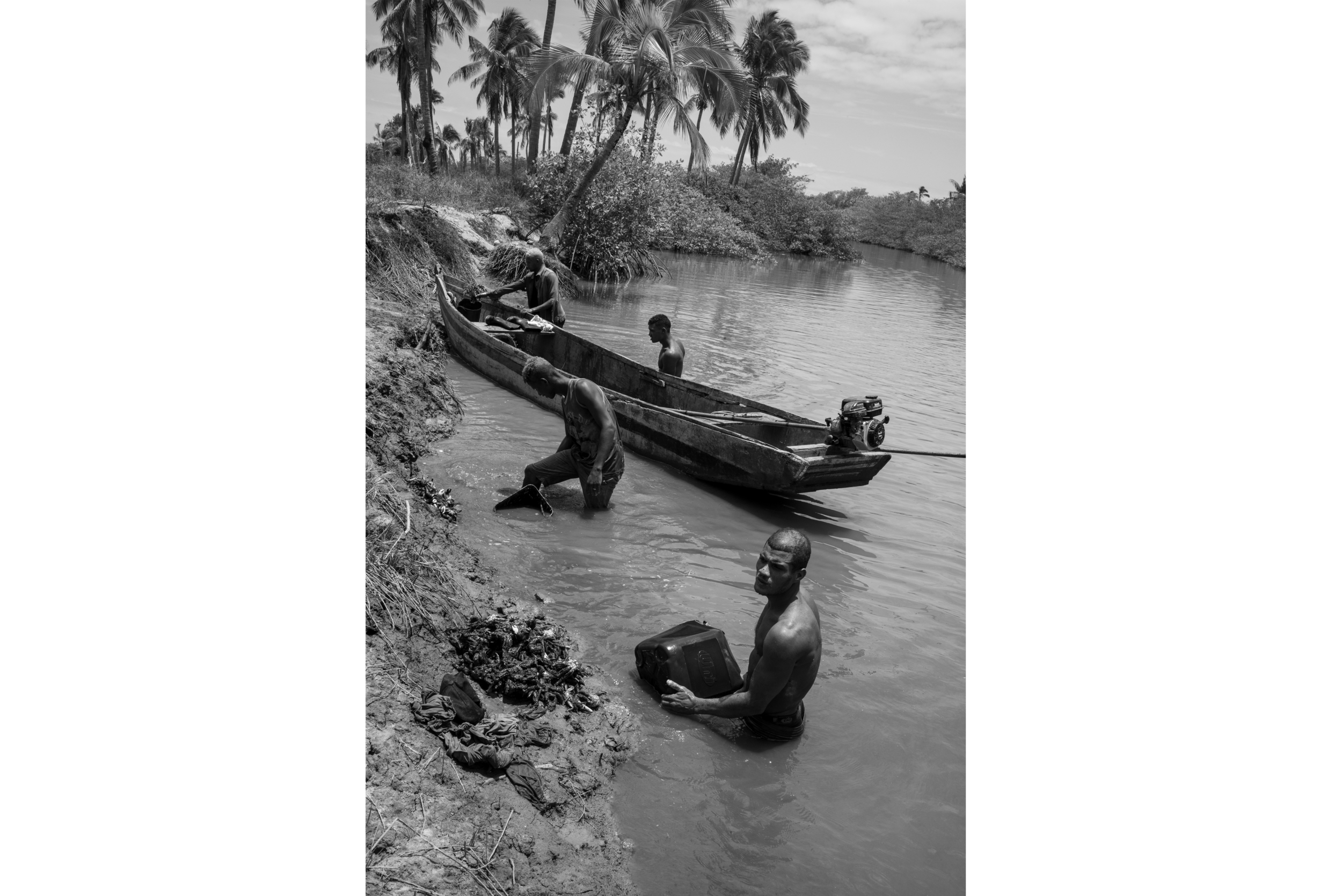
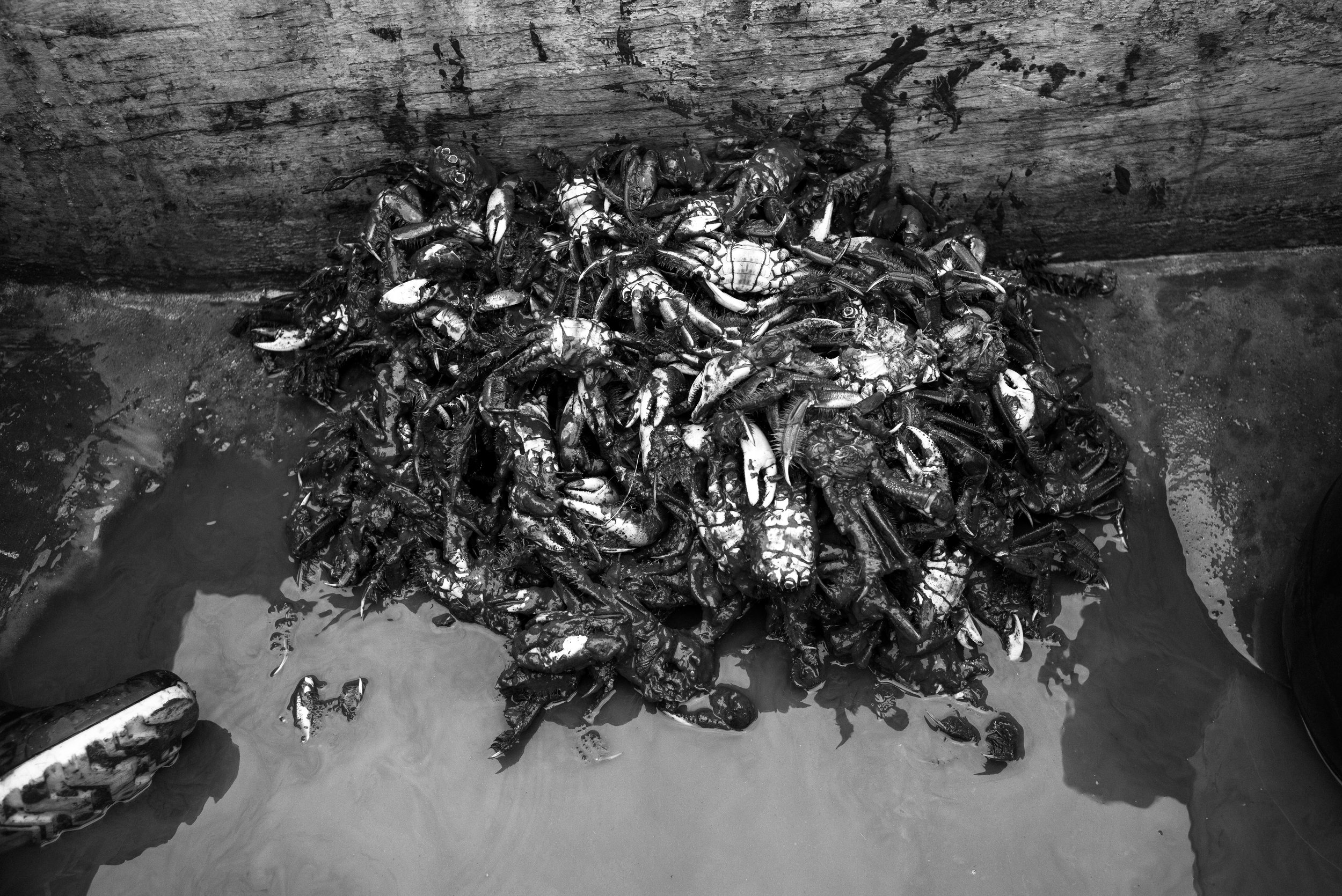
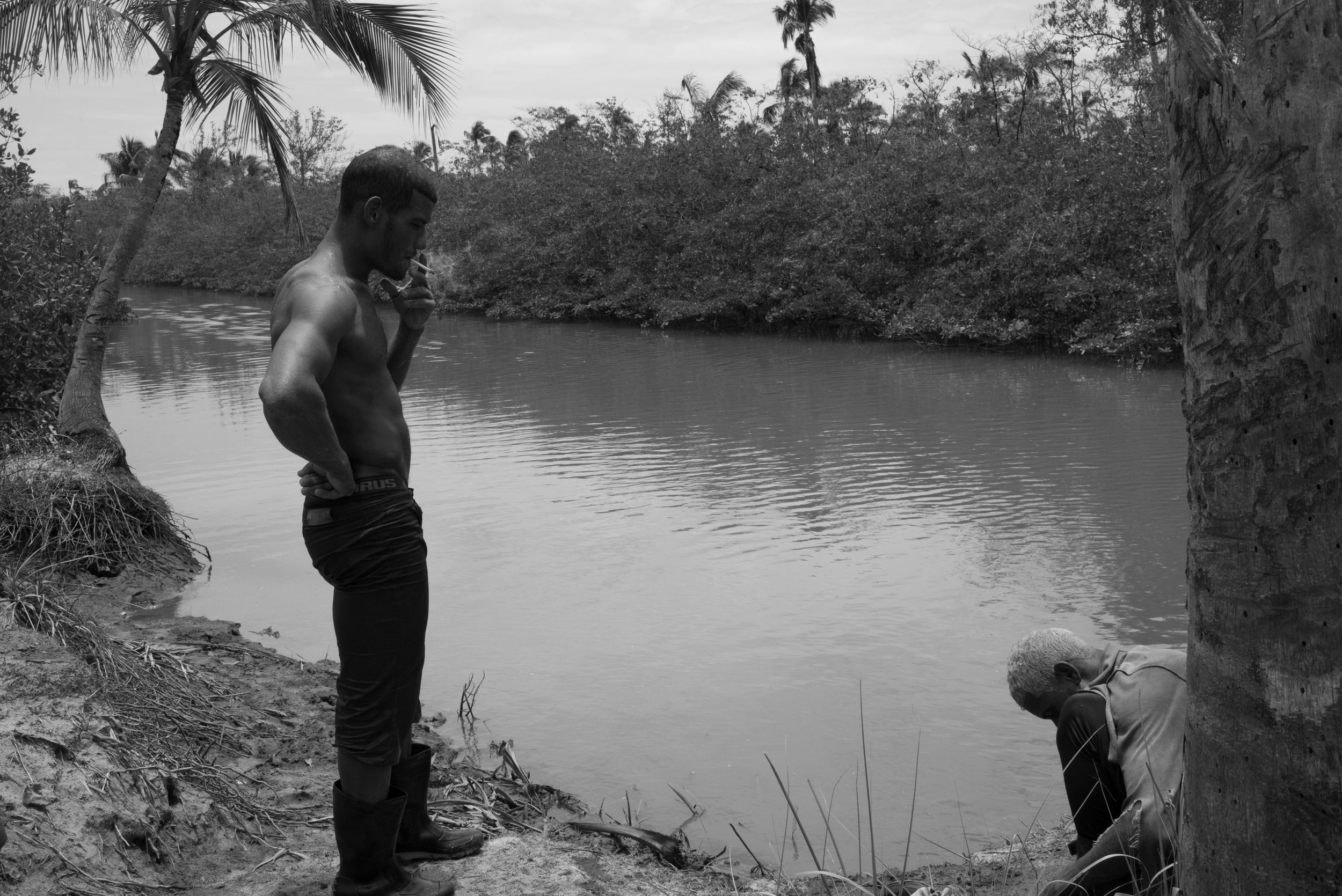
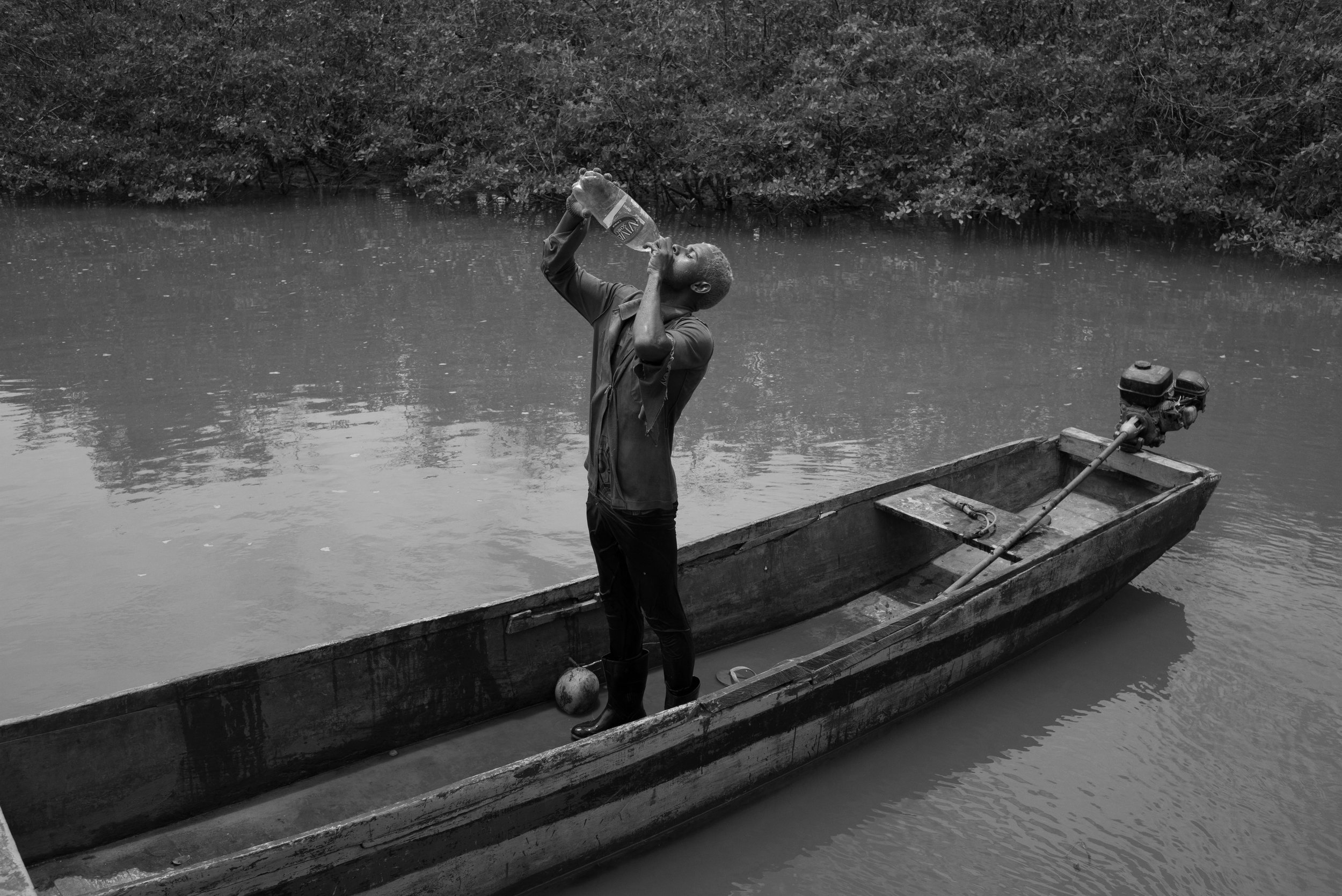
LULA 2023
I arrived at the inauguration at 5:40 am to get in line to get in. There were people there since 11pm on NYE. But most of the people started to arrive around 6 am and waited until 4:30pm to see Lula arriving at the central esplanade of Brasília. The sun was brutal, but people waited for this historic moment. A lot of people were sent to the medical tents due to the heat and lack of water. They stood strong for more than 10 hours in the heat waiting to see Lula going up on the ramp in Brasilia to become Brazil's president. These photographs of yesterday's inauguration are about the people that were there making history. It's a mix of joy, belief, pain, resilience, and relief.


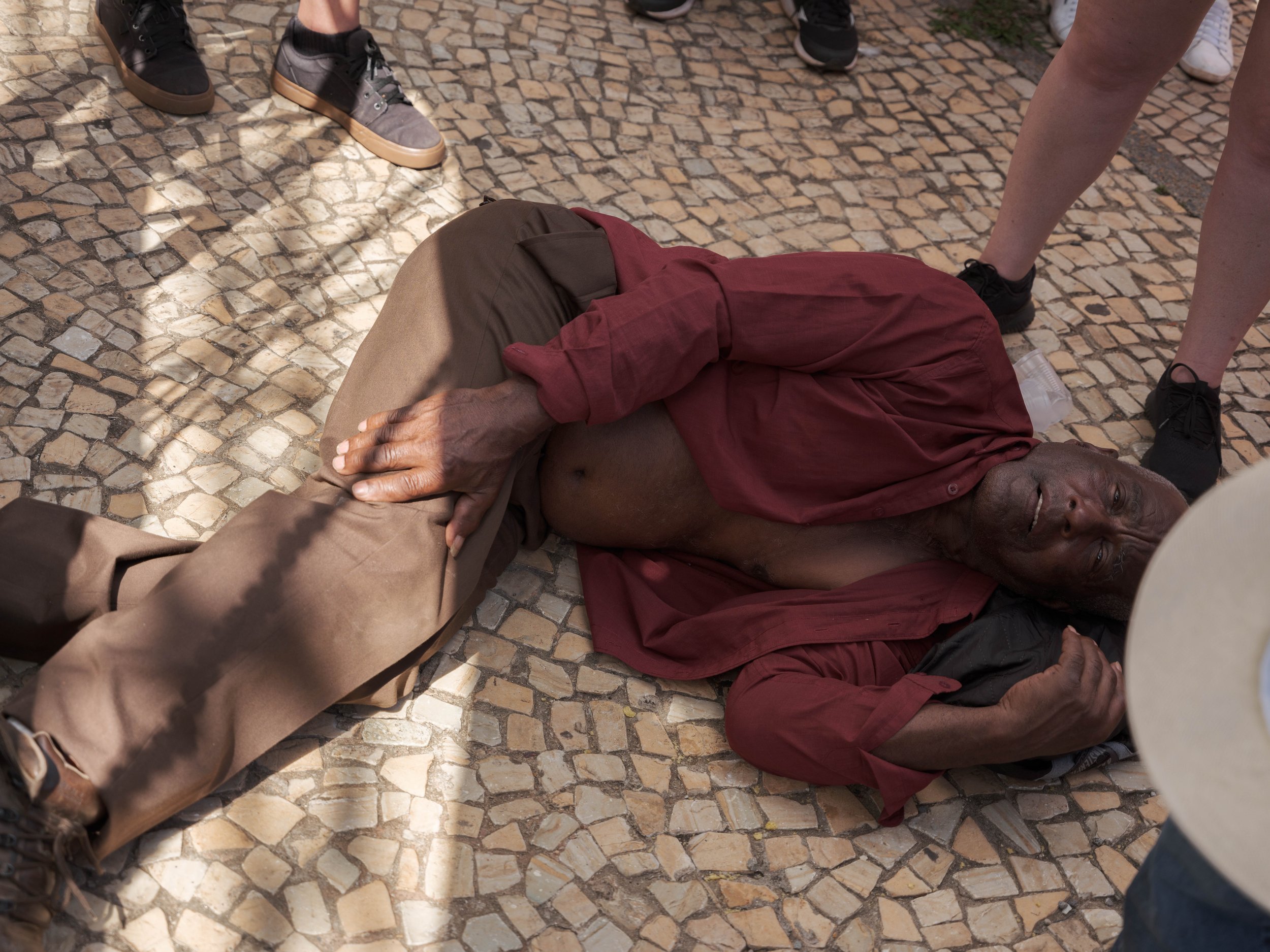
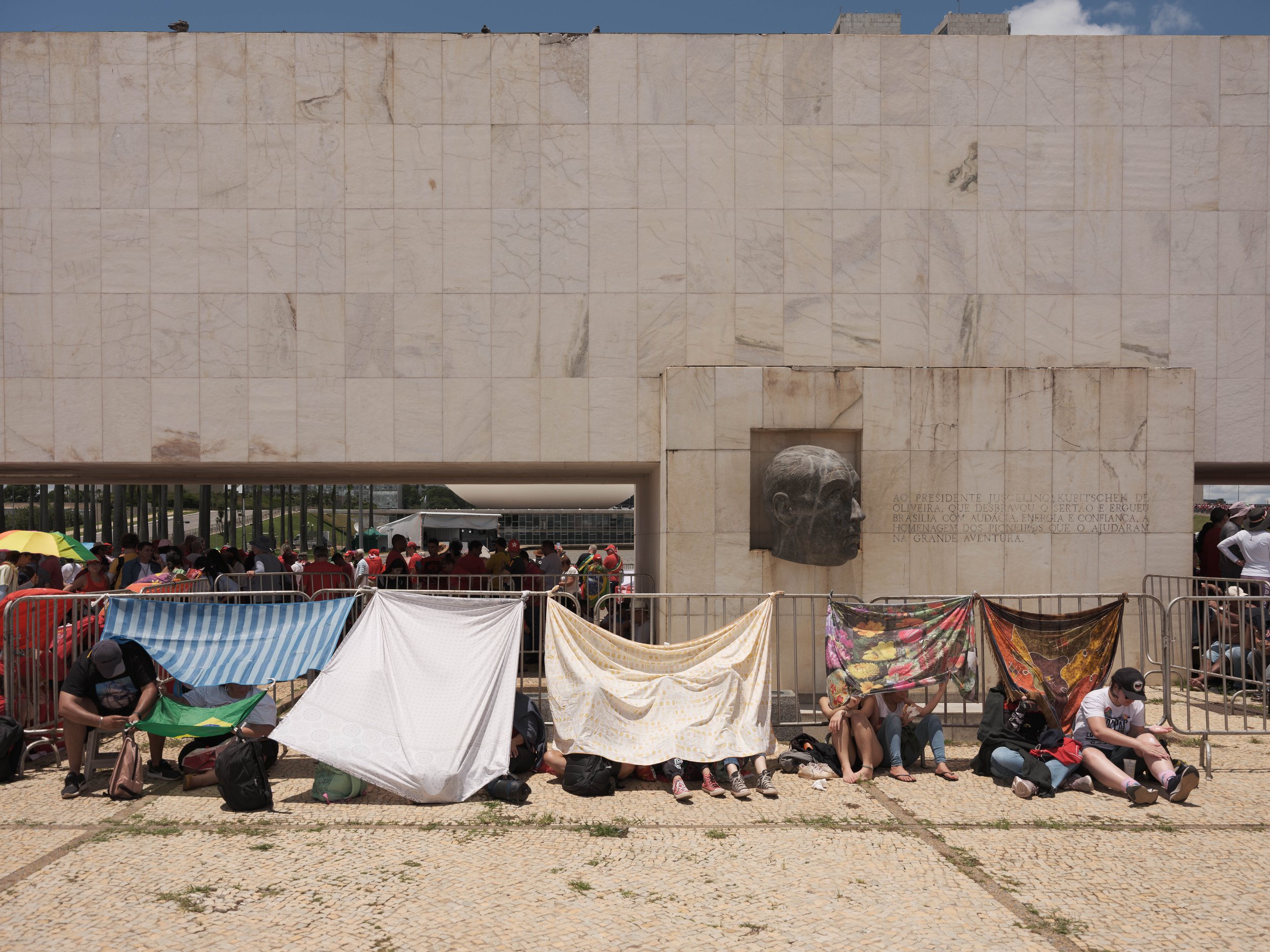
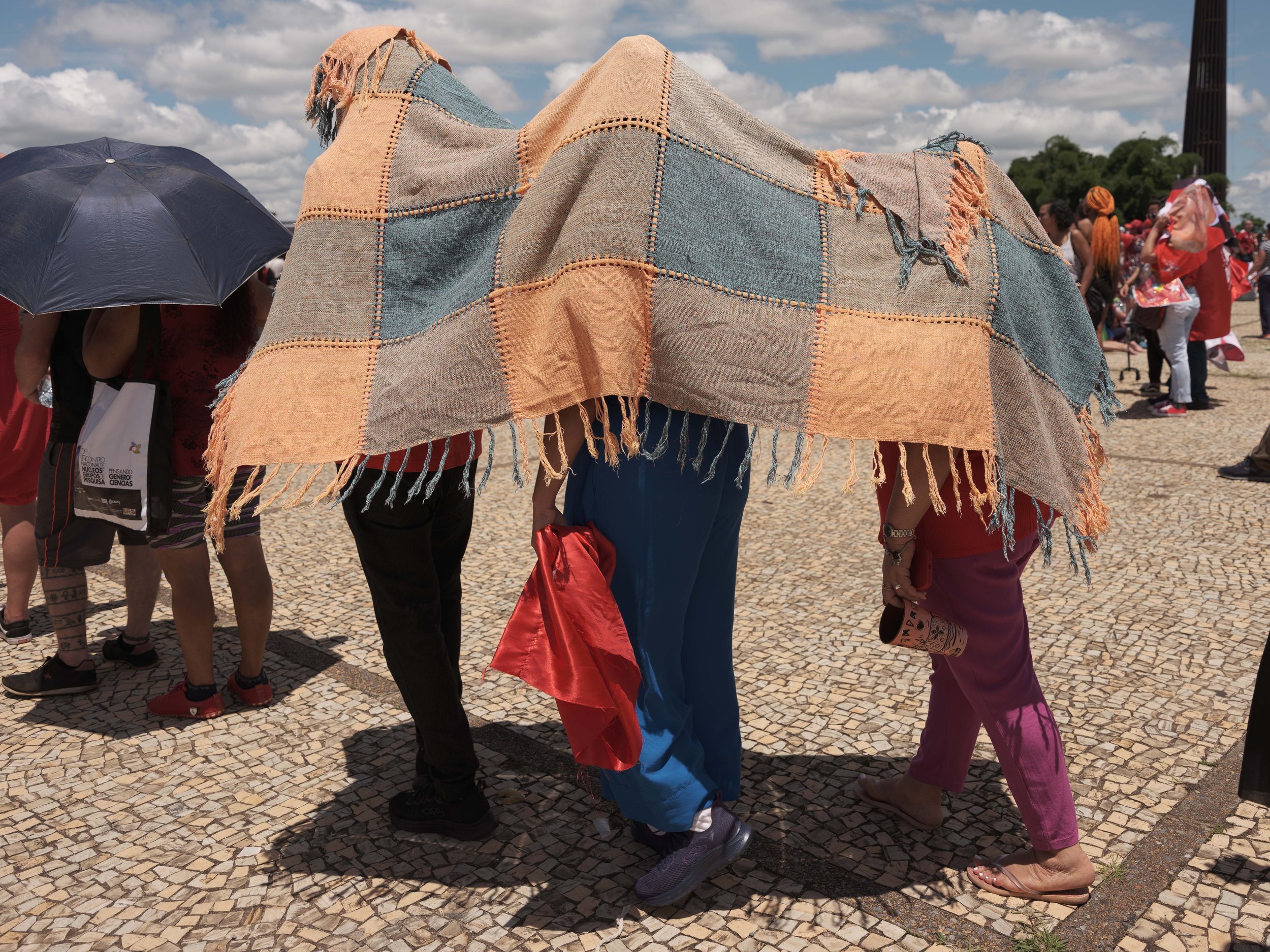
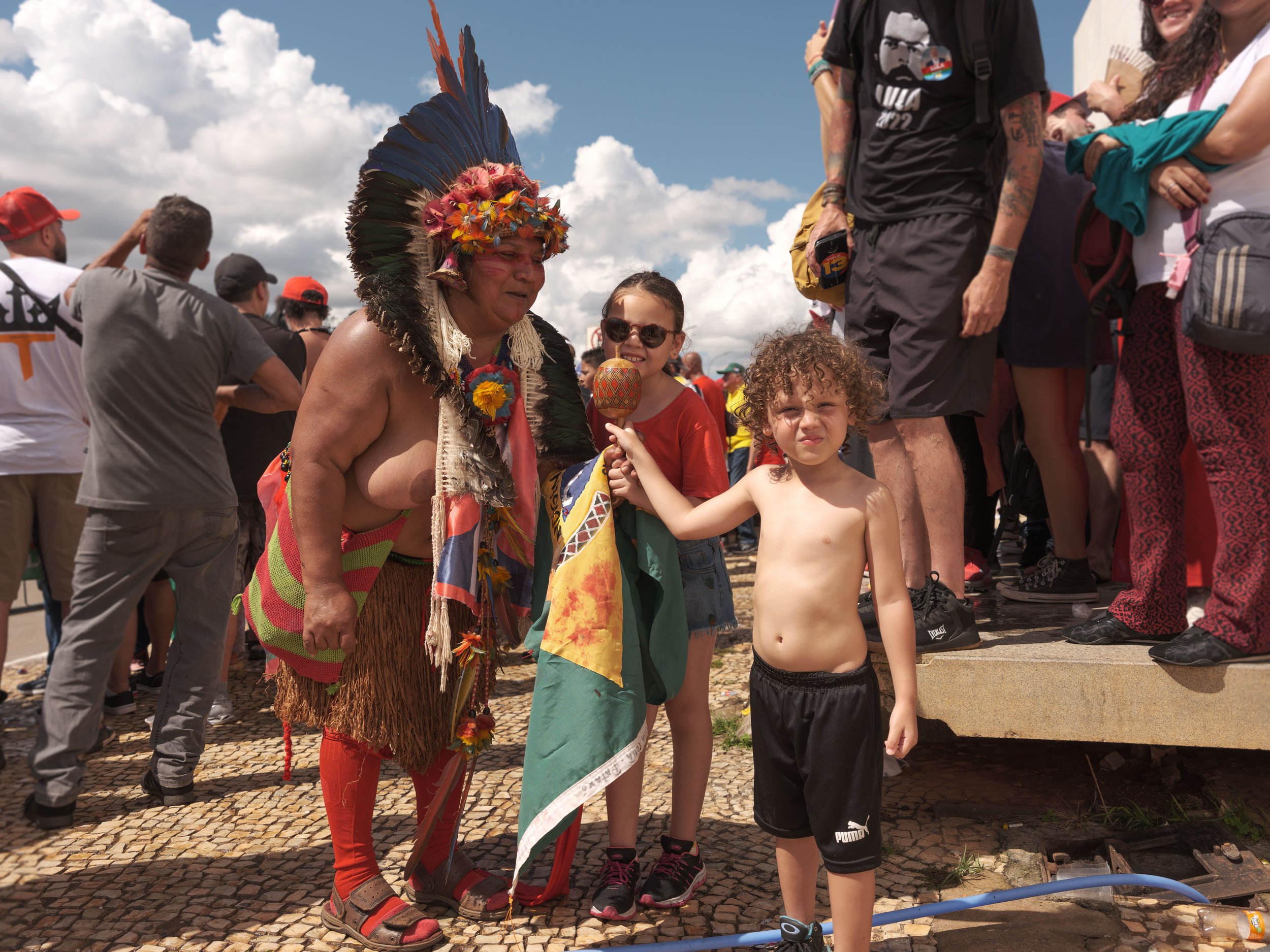
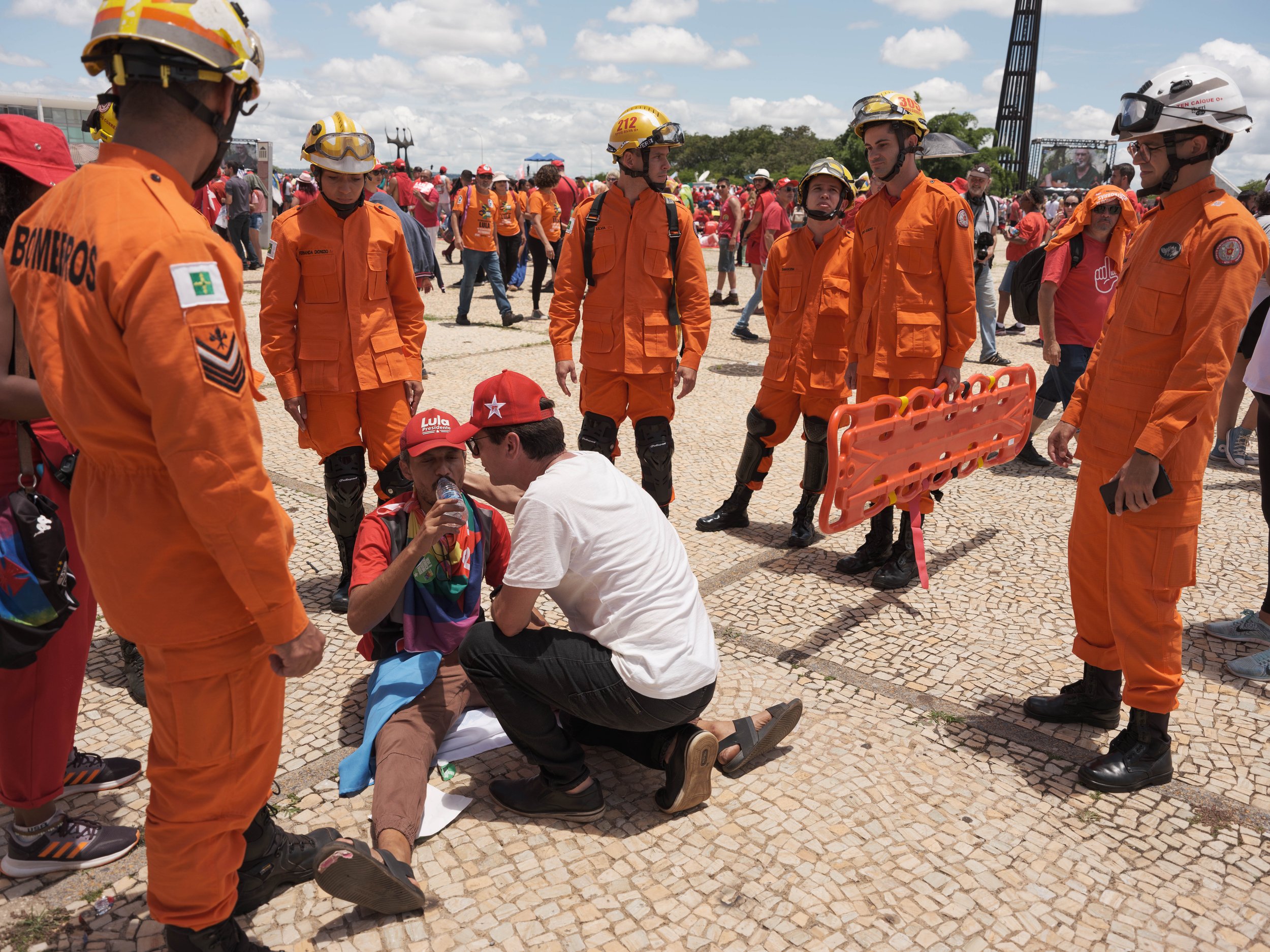
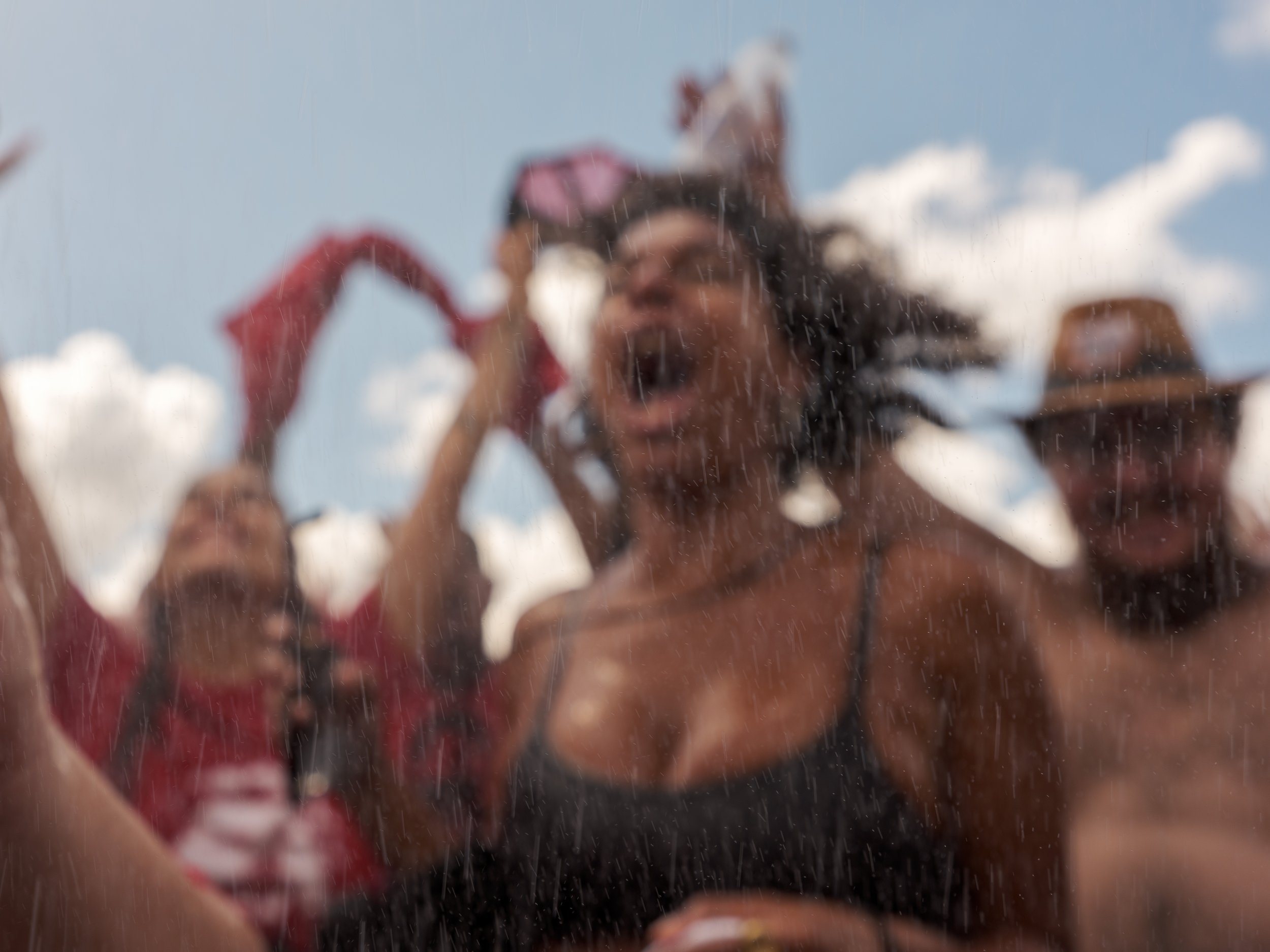
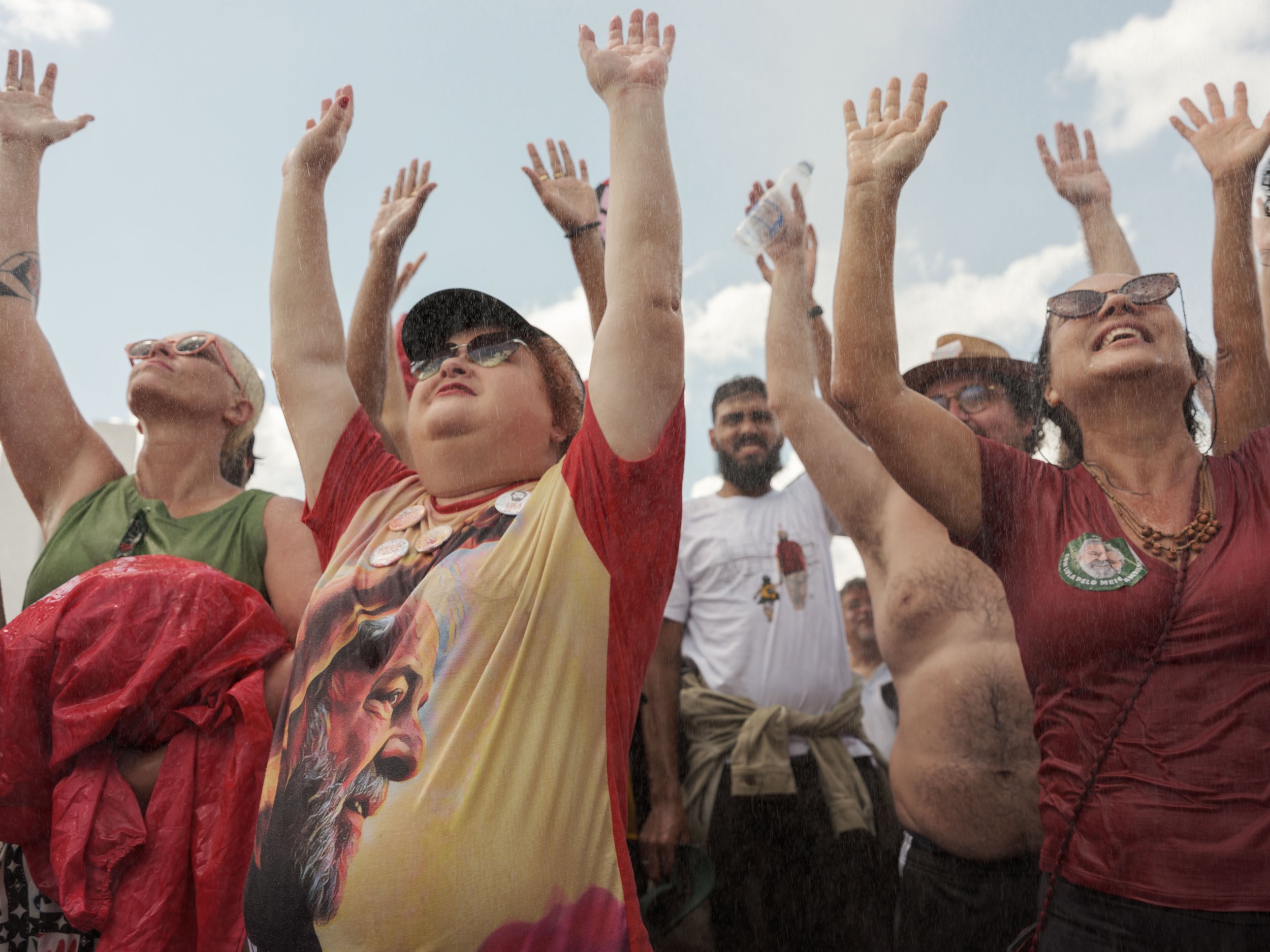
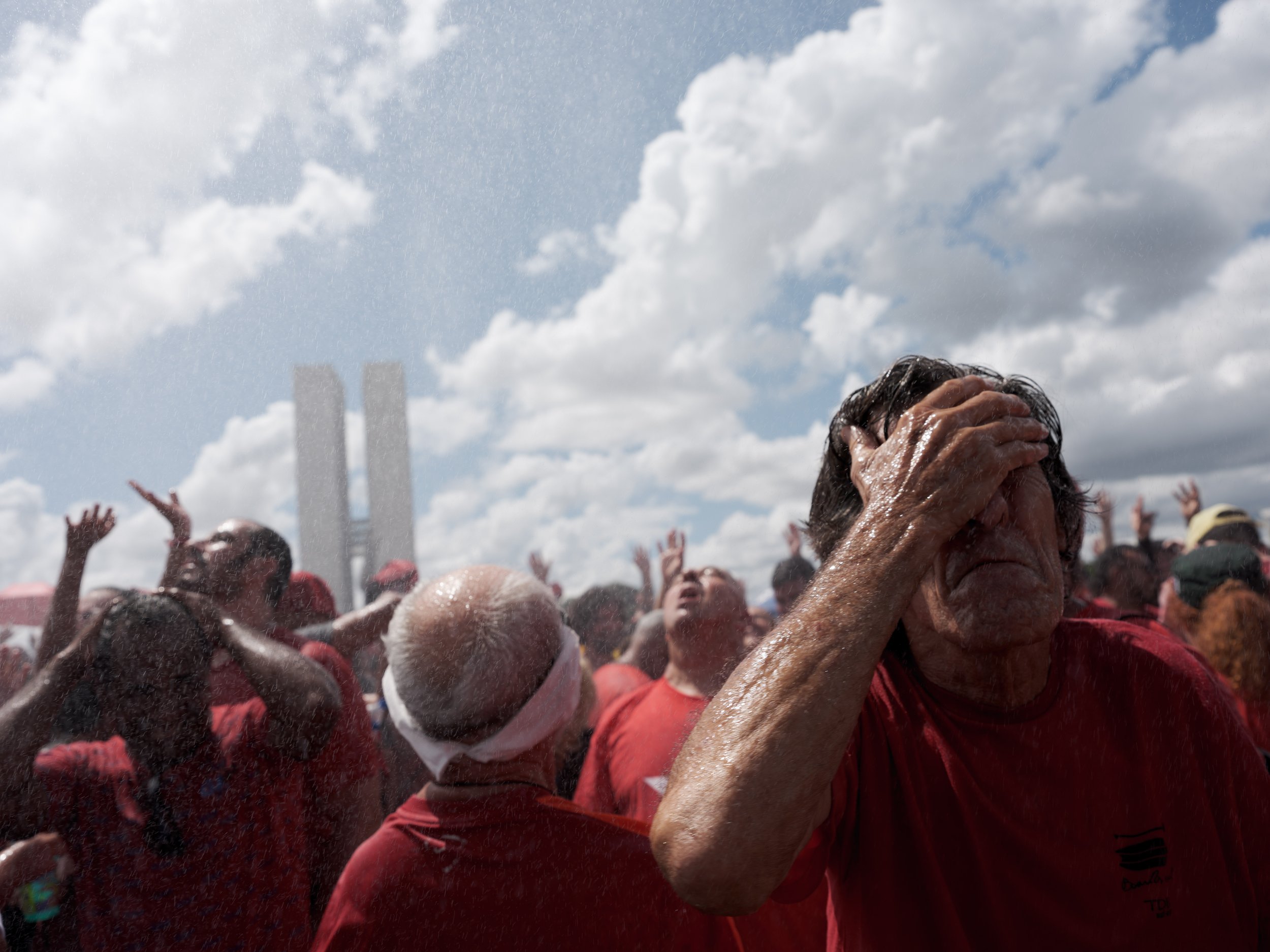
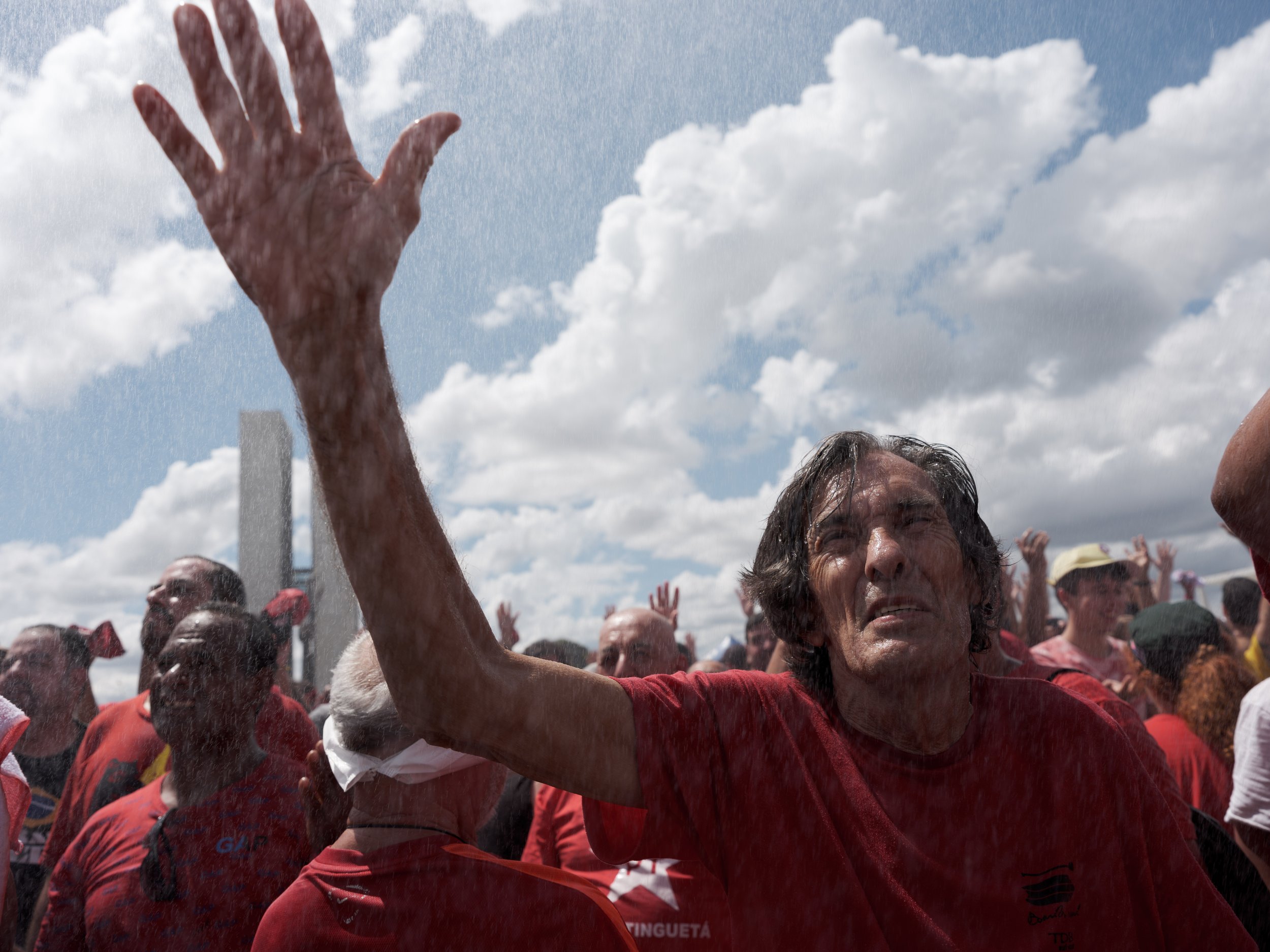
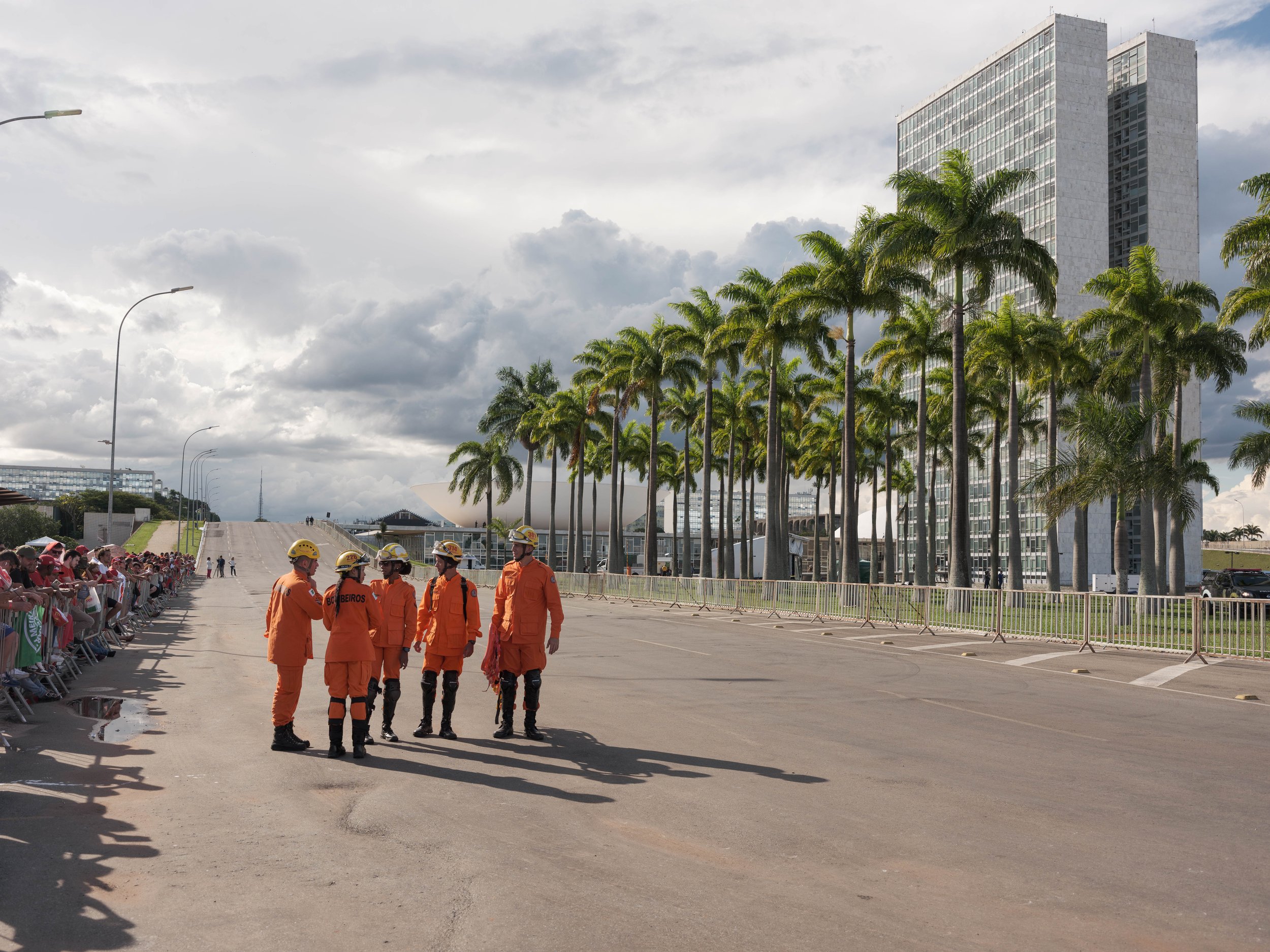
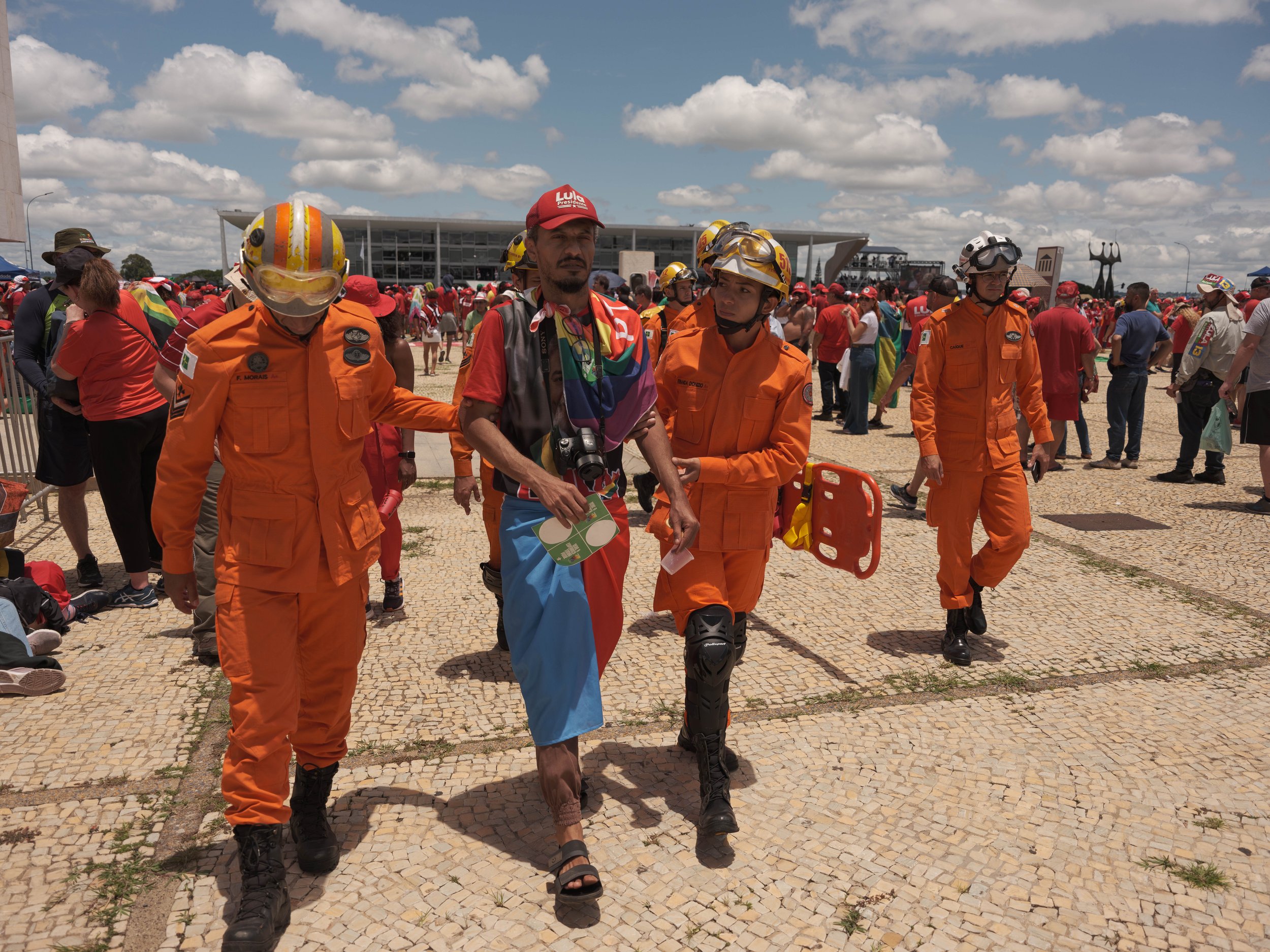
BLM 2020 NYC

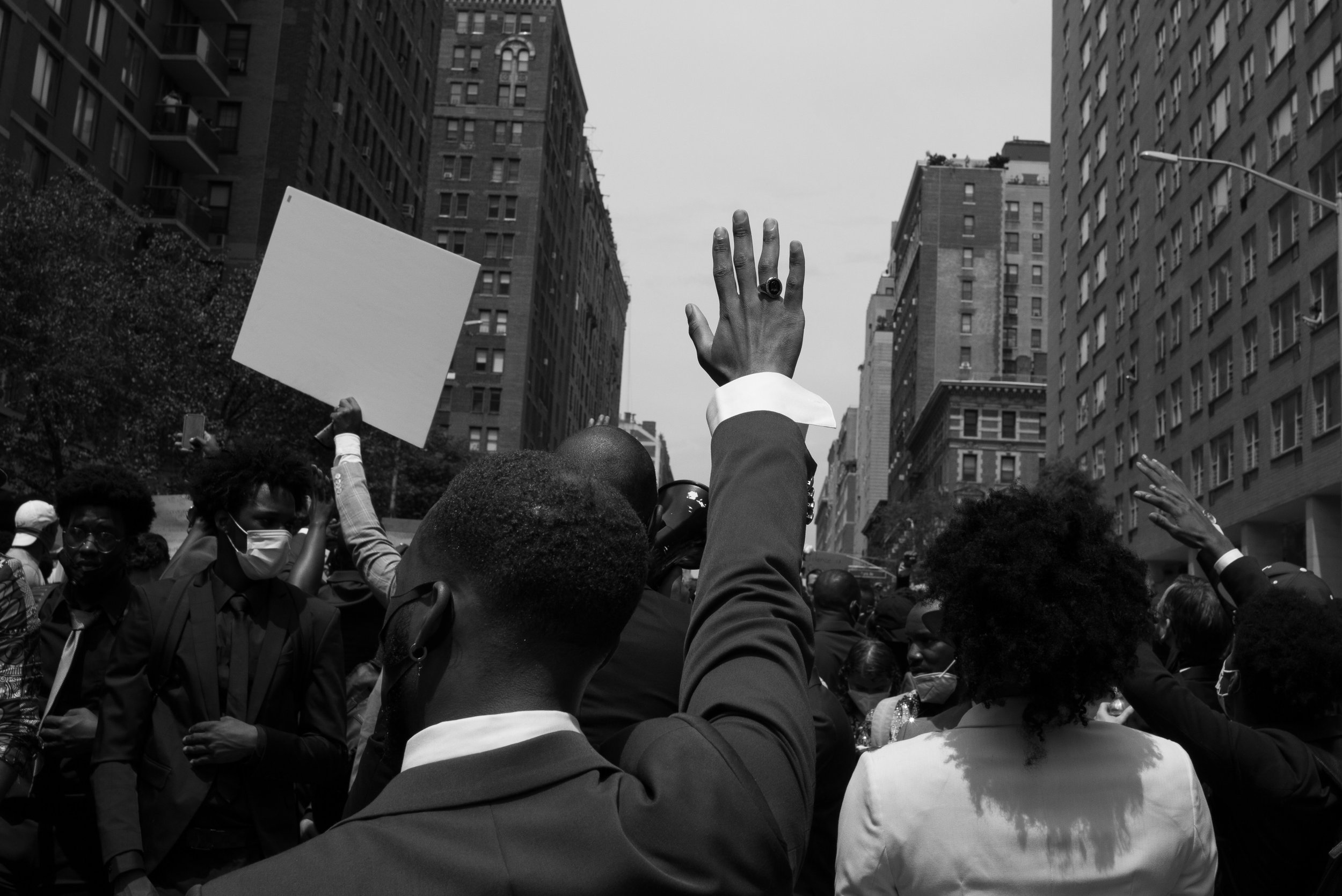
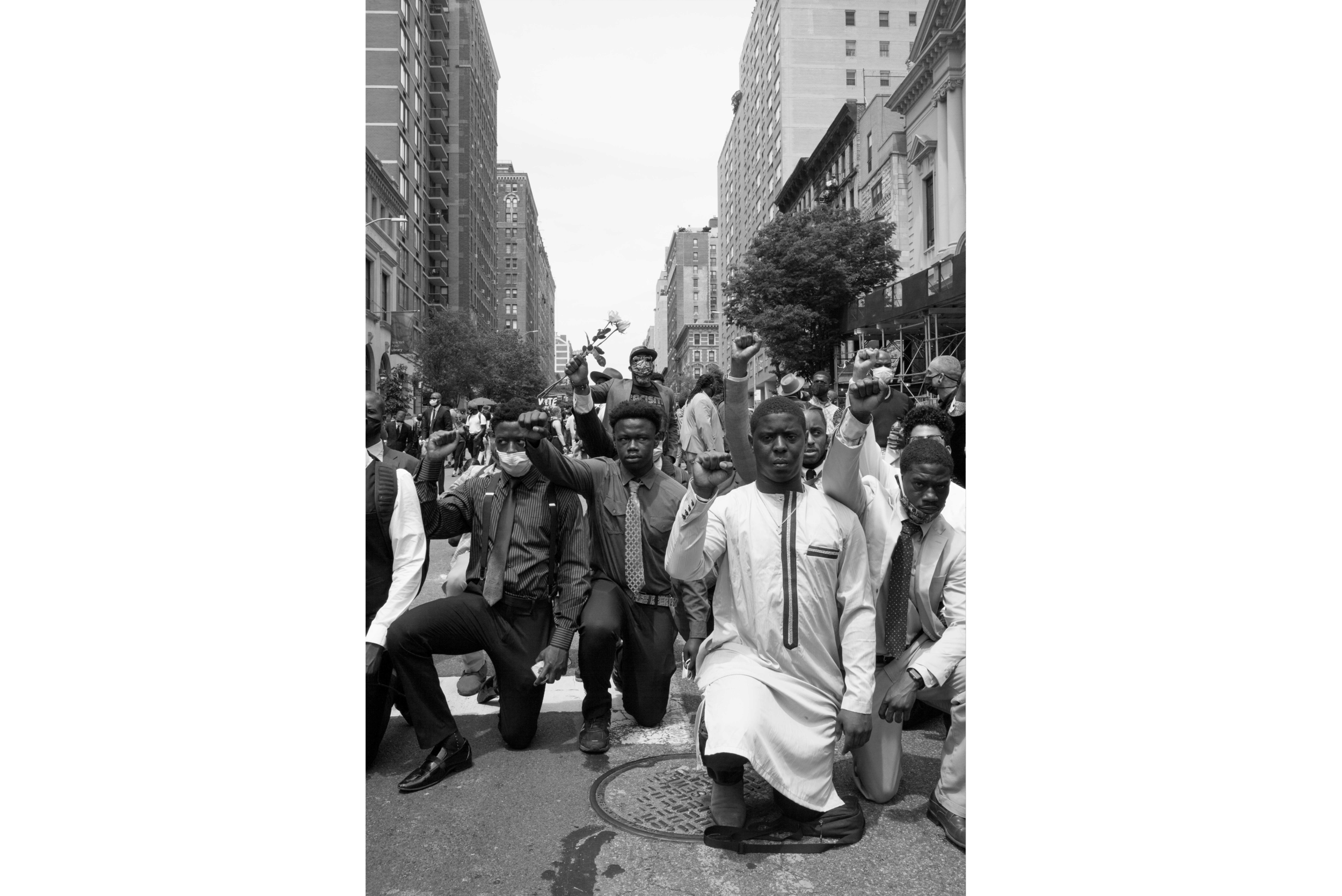
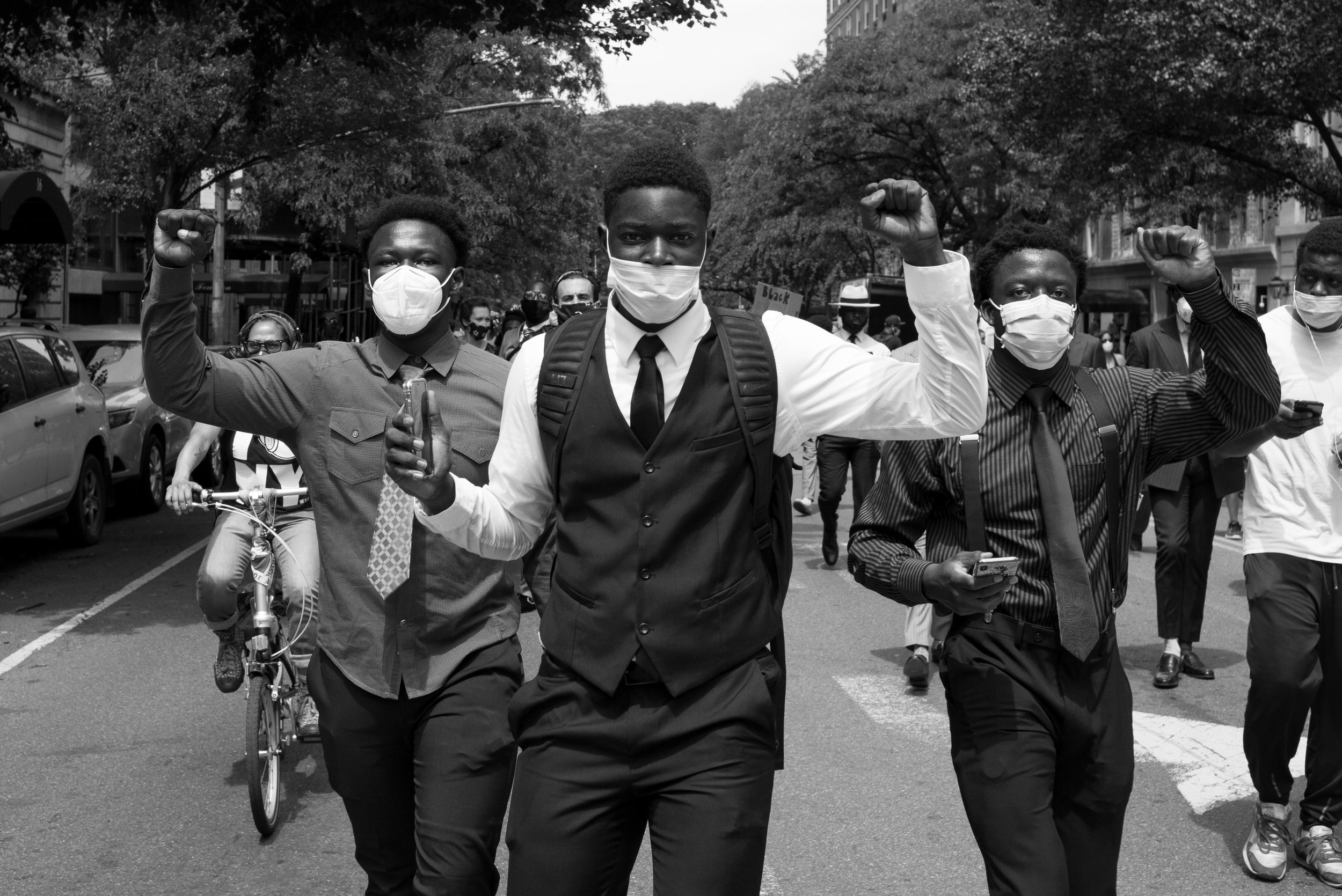
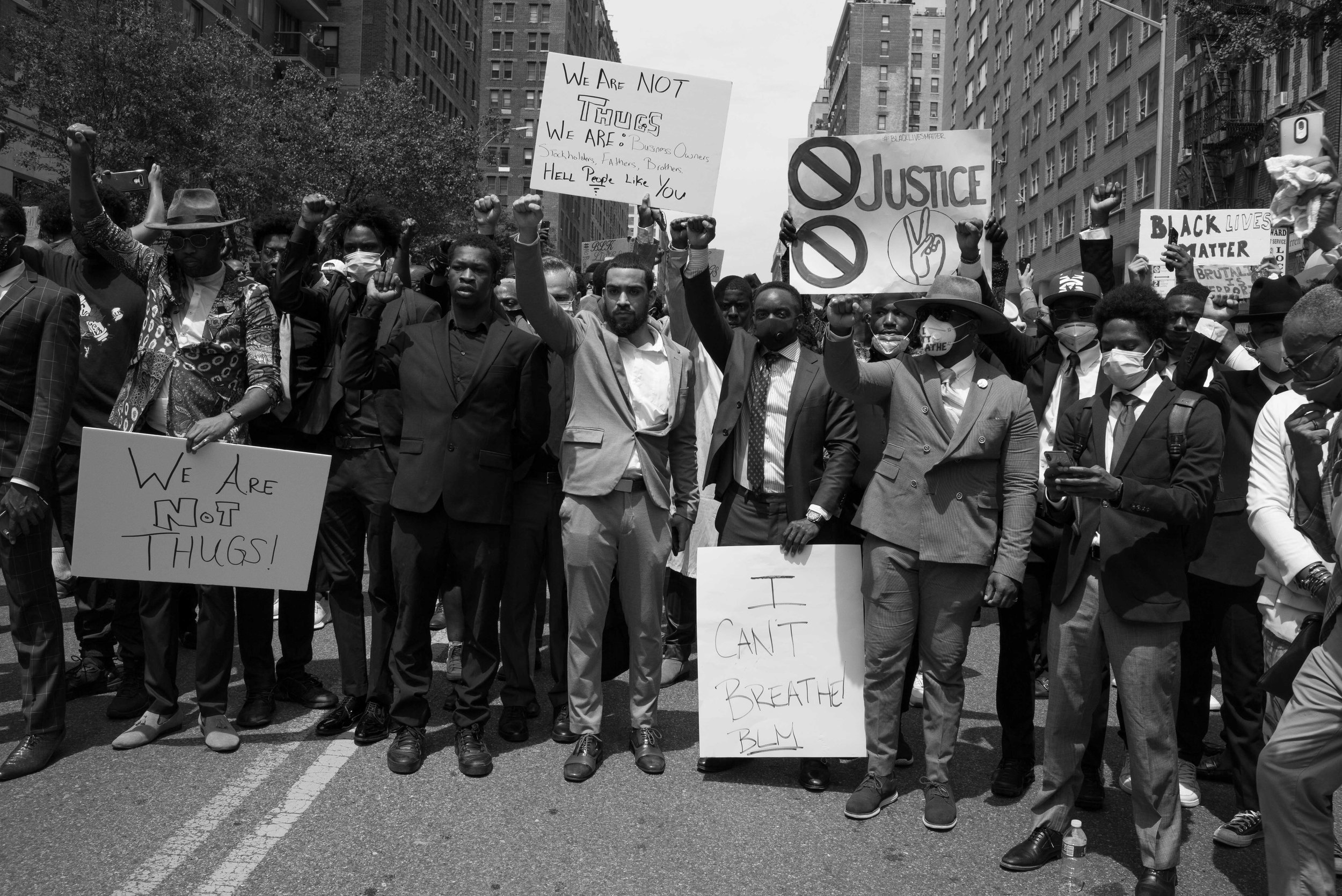
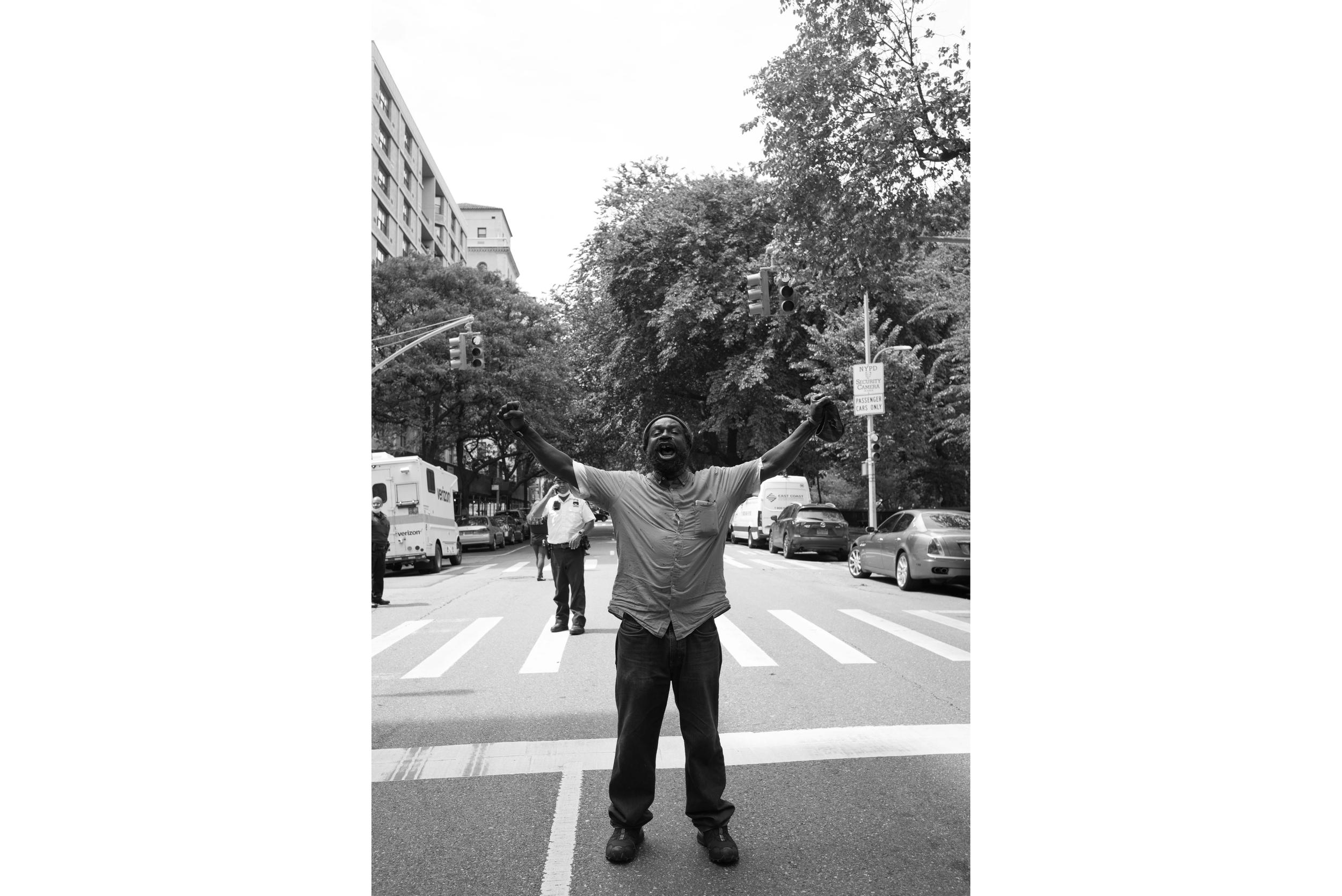
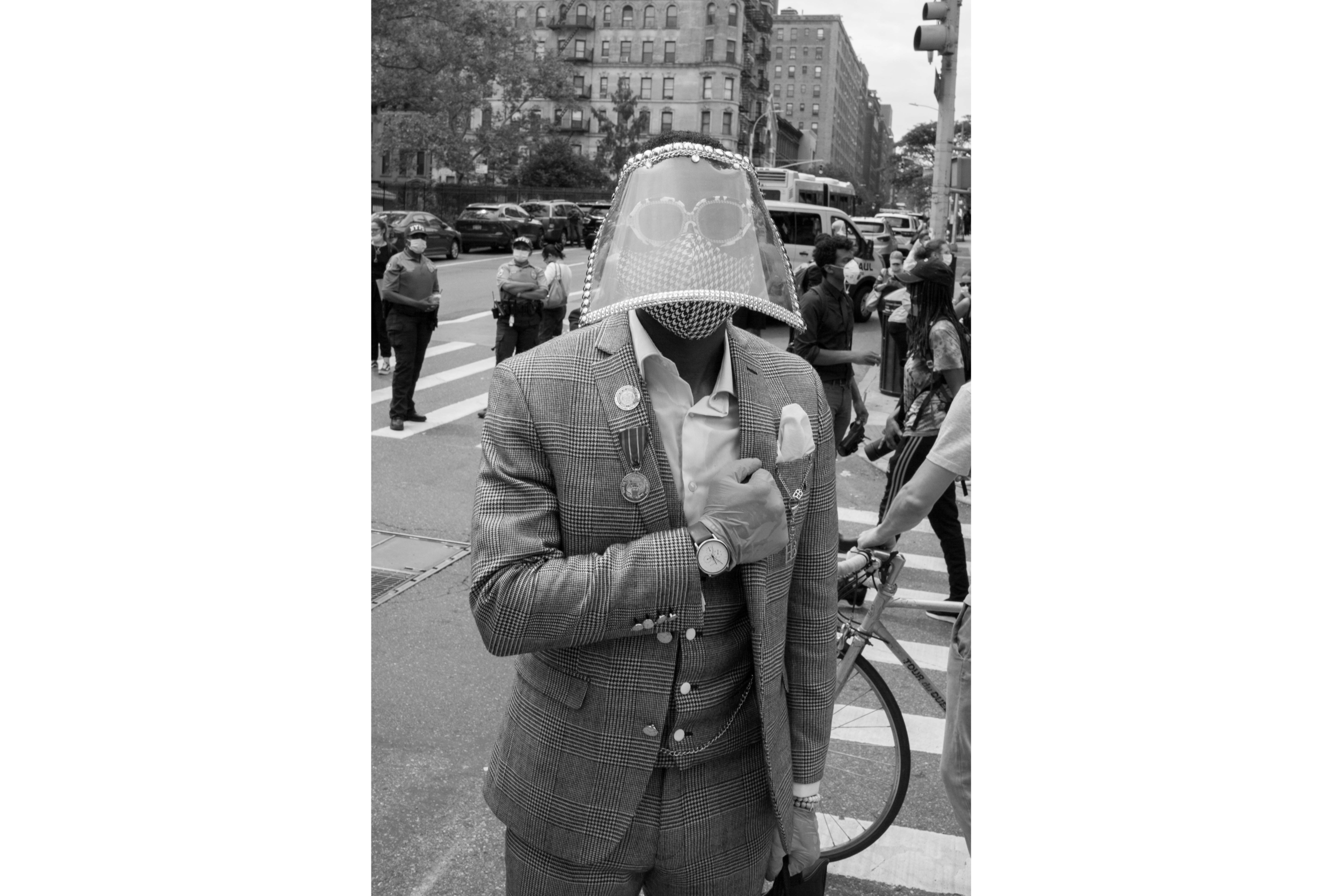
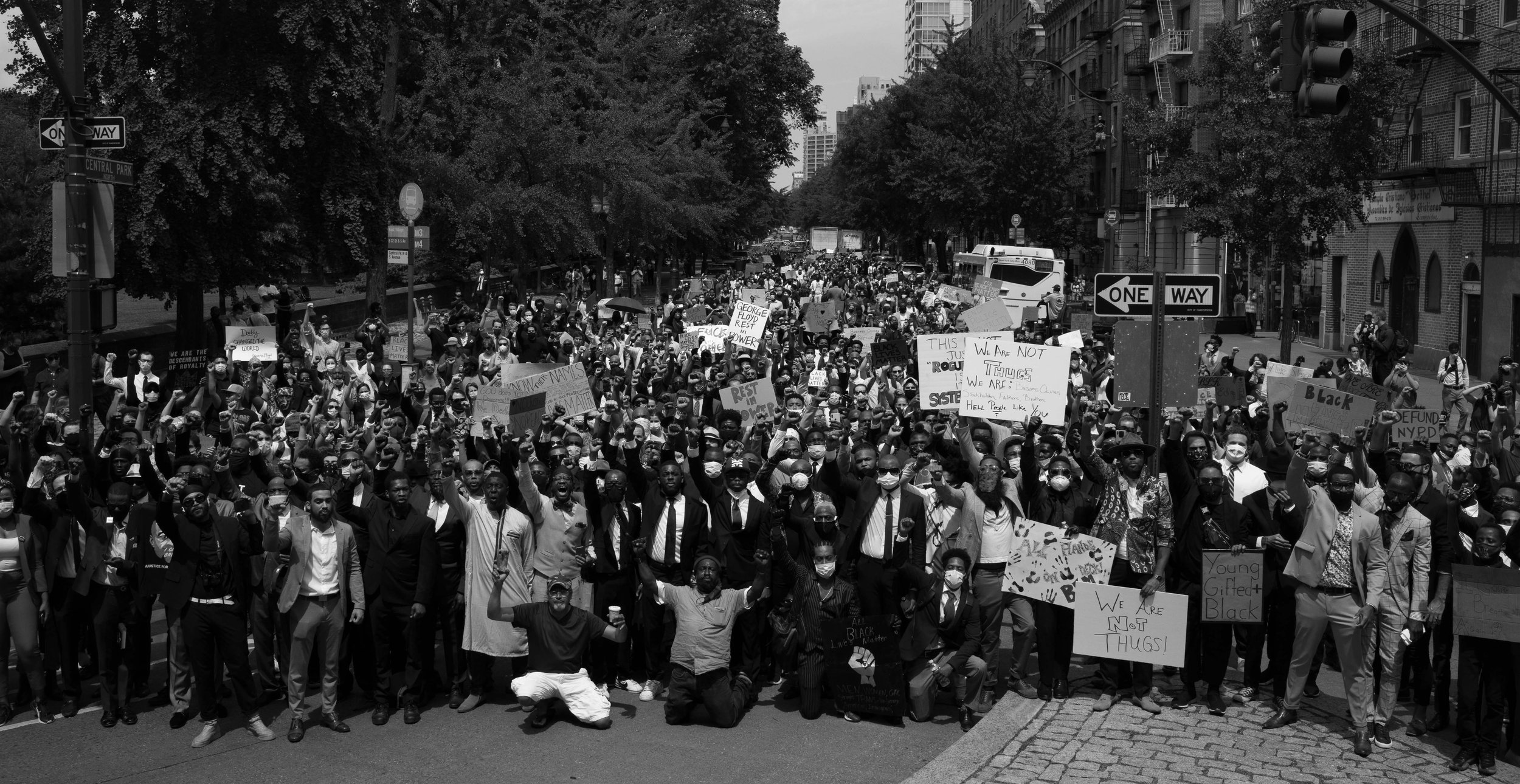
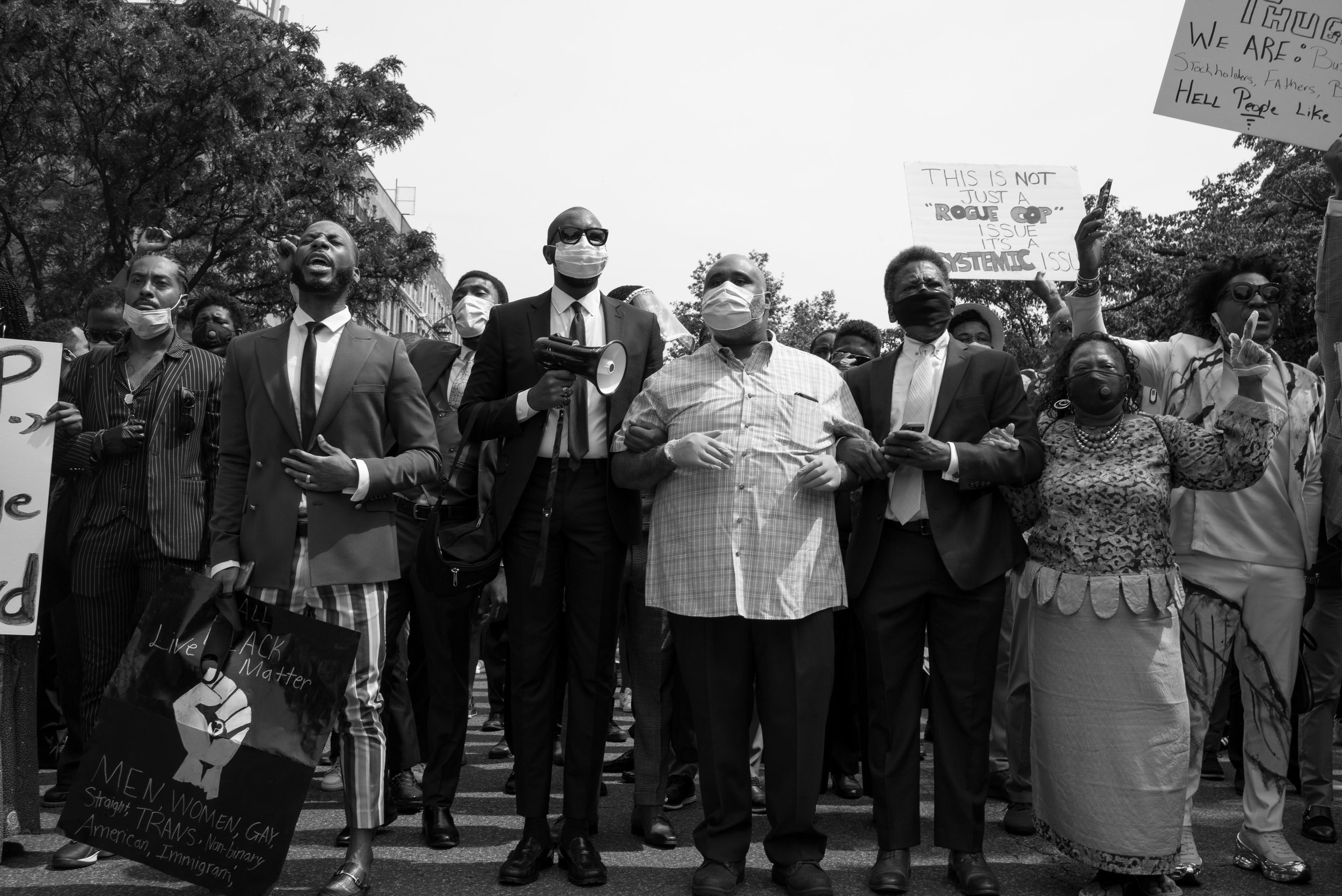
Arpoador - 4:20am - Dec 2020
I was in Rio right after the first wave of the pandemic. I woke up early to take some photos at Arpoador Beach while there were fewer people around. I felt a little bit relieved of the pressure and fear around the pandemic as I walked through the rocks.
While I was photographing, a young guy came up to me and asked if I could take a portrait of him. I took a photo while he was crouching on the rocks. Right after the first photograph, he asked me again for me to take his picture -- this time, jumping from a rock. Two more guys liked what they were seeing and joined in, creating this unexpected series of photographs that represent freedom, happiness and danger in pandemic times. I spent hours at the rocks looking at the ocean as the beach was getting packed with people that had enough.


MARCH 2020

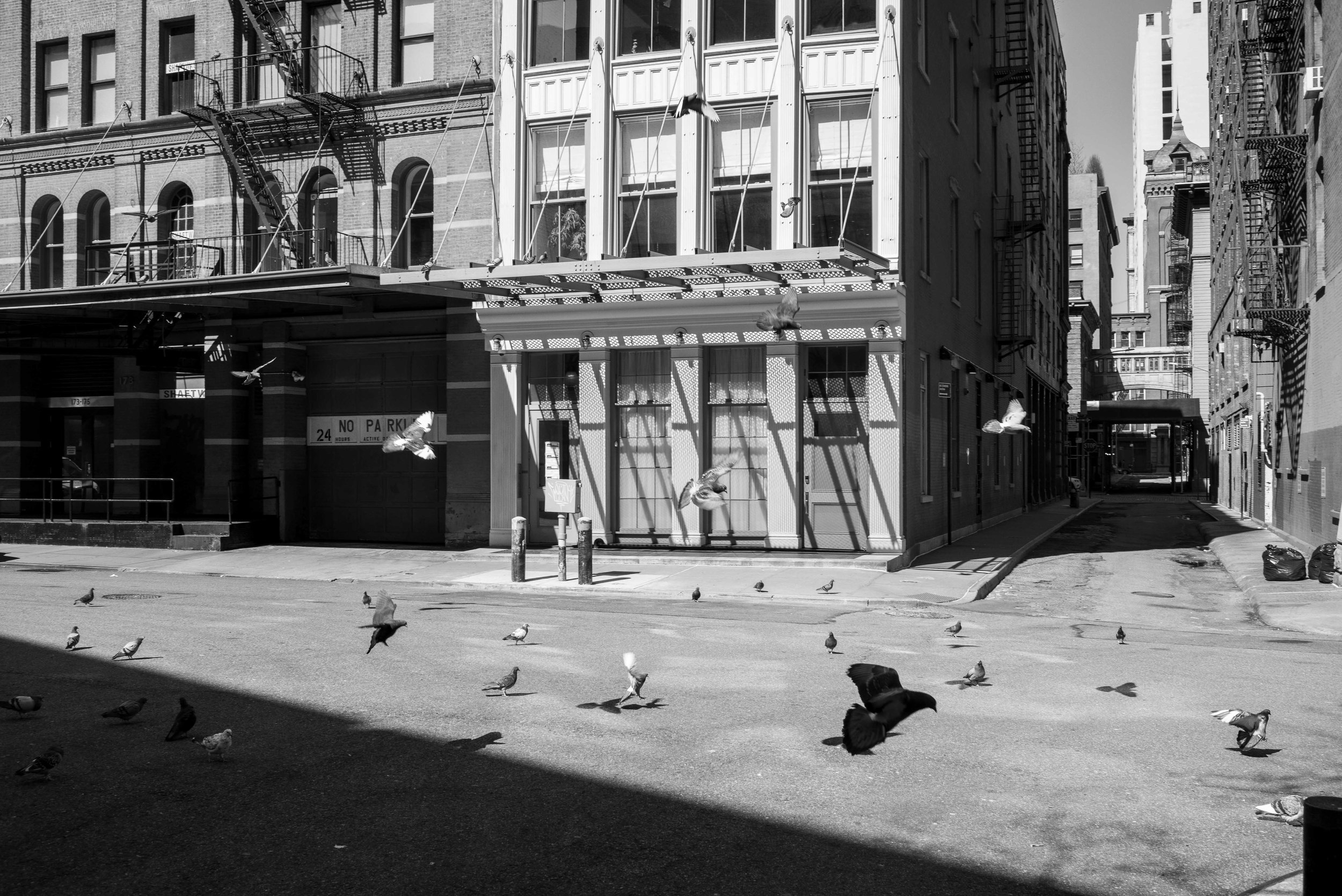

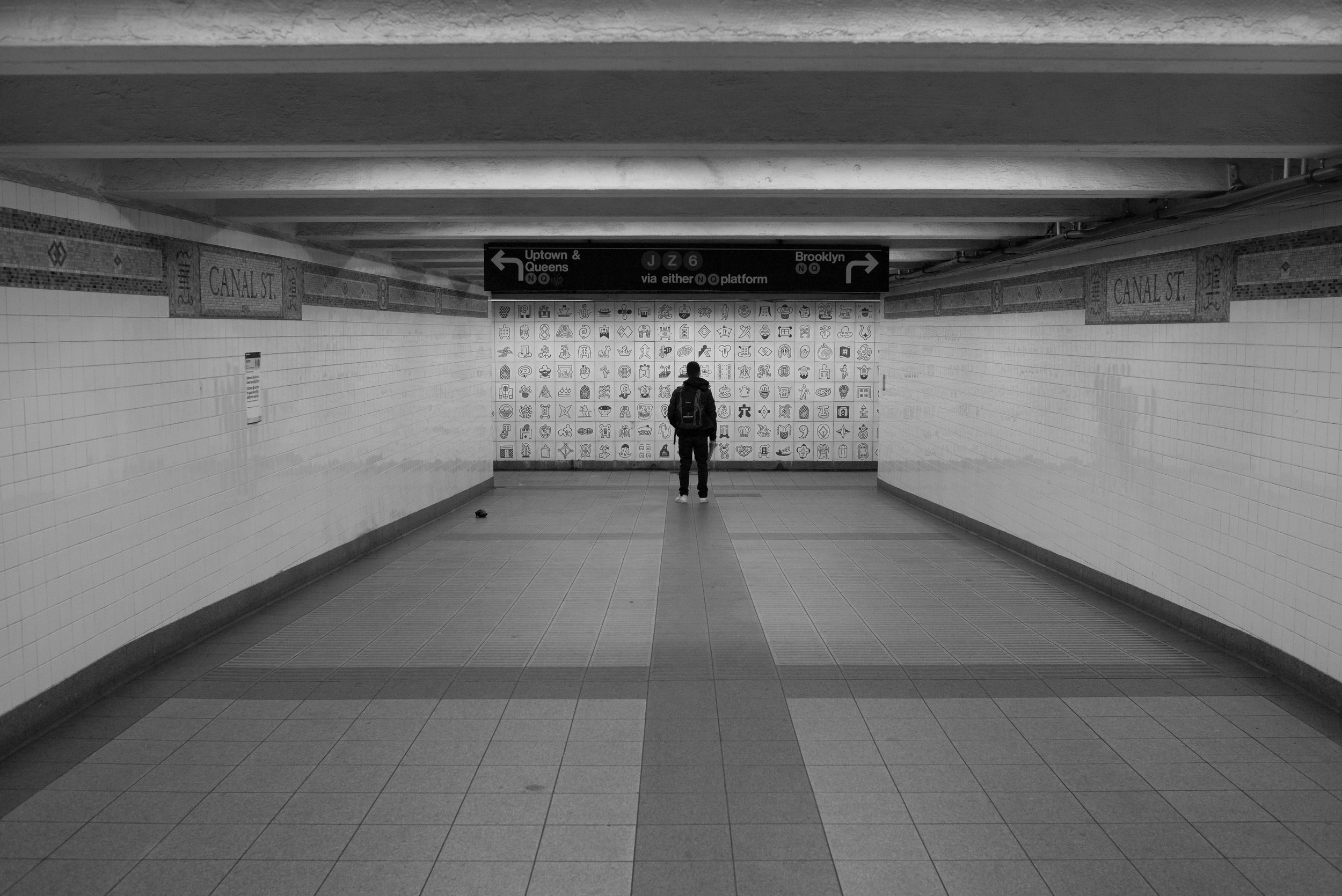
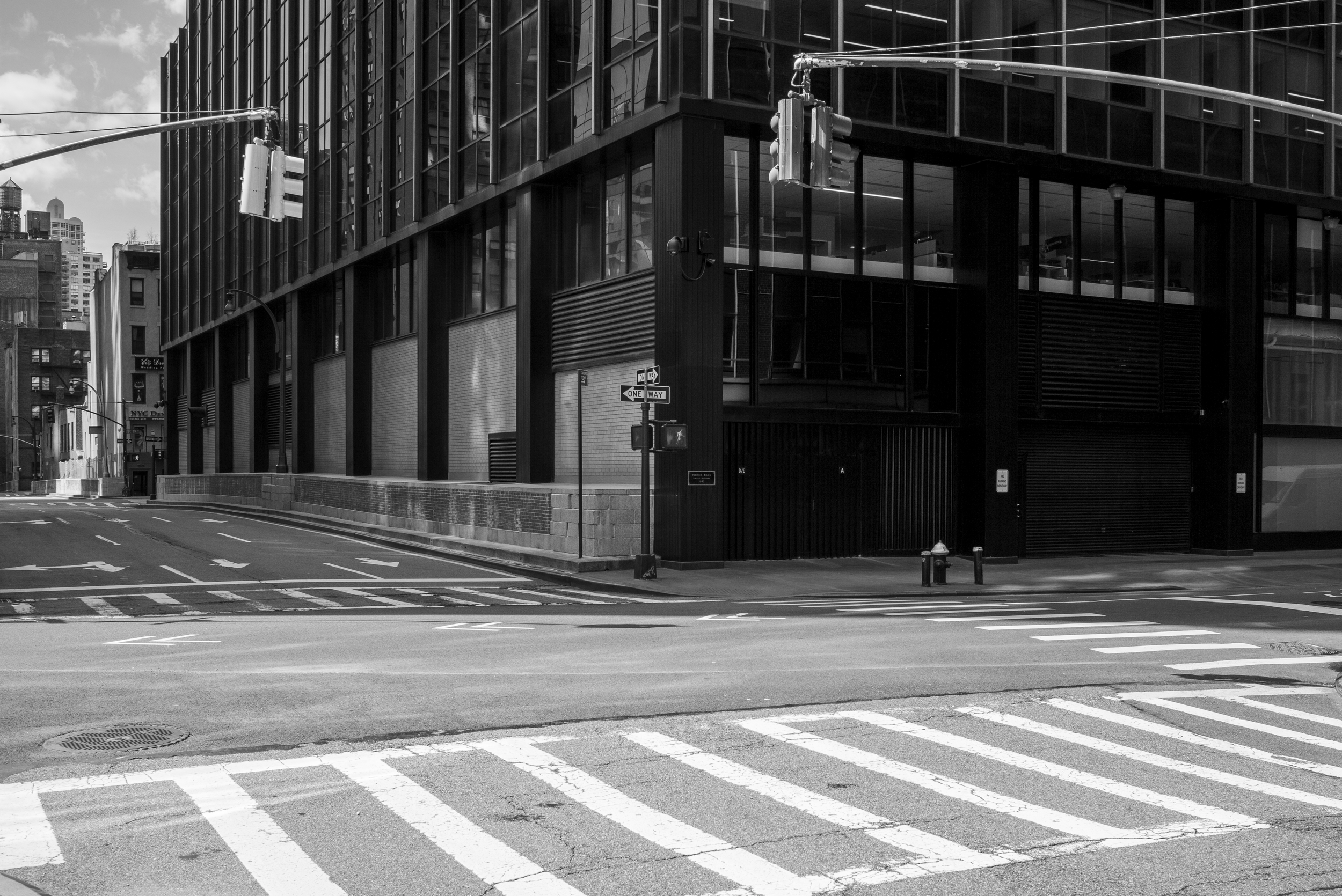

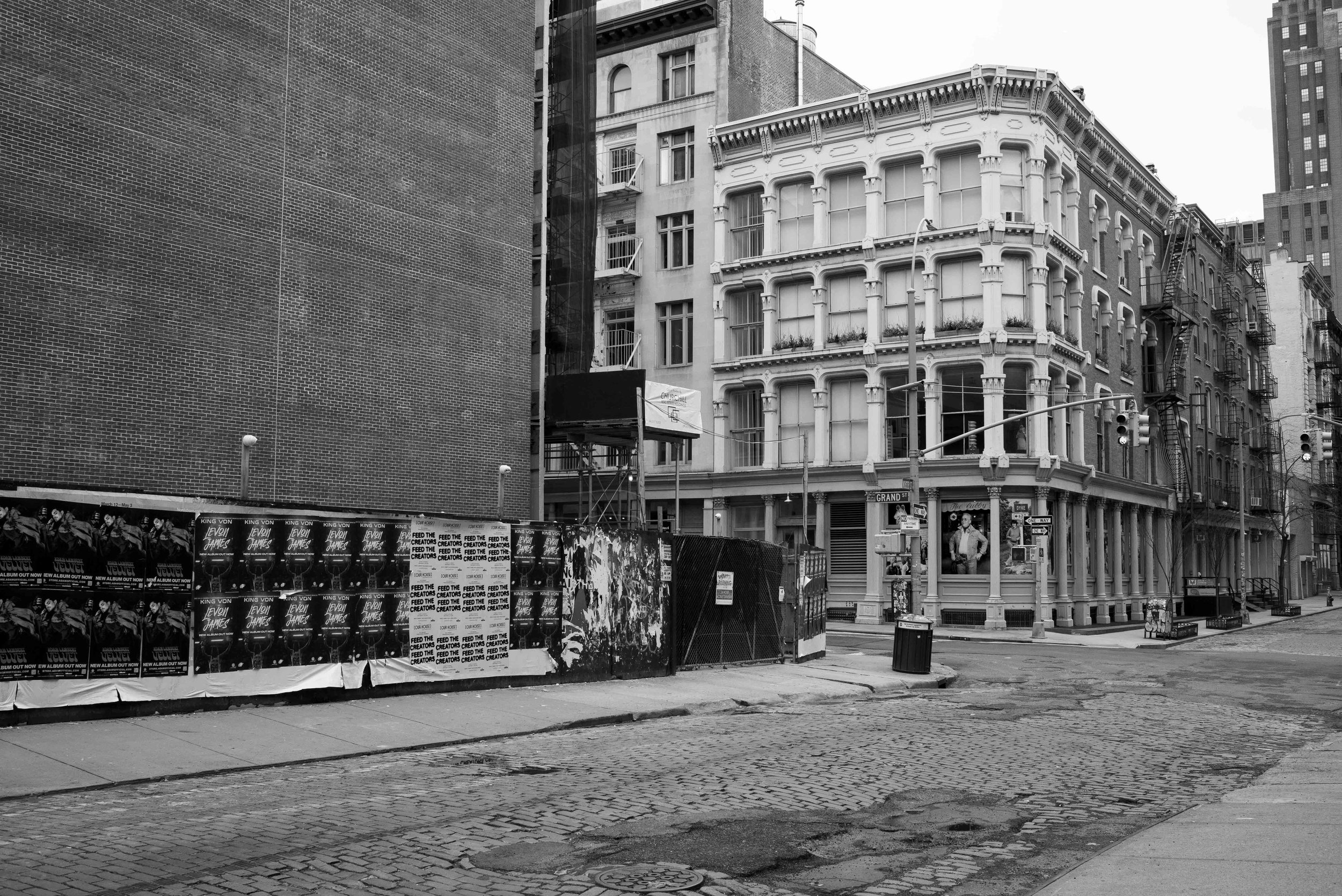

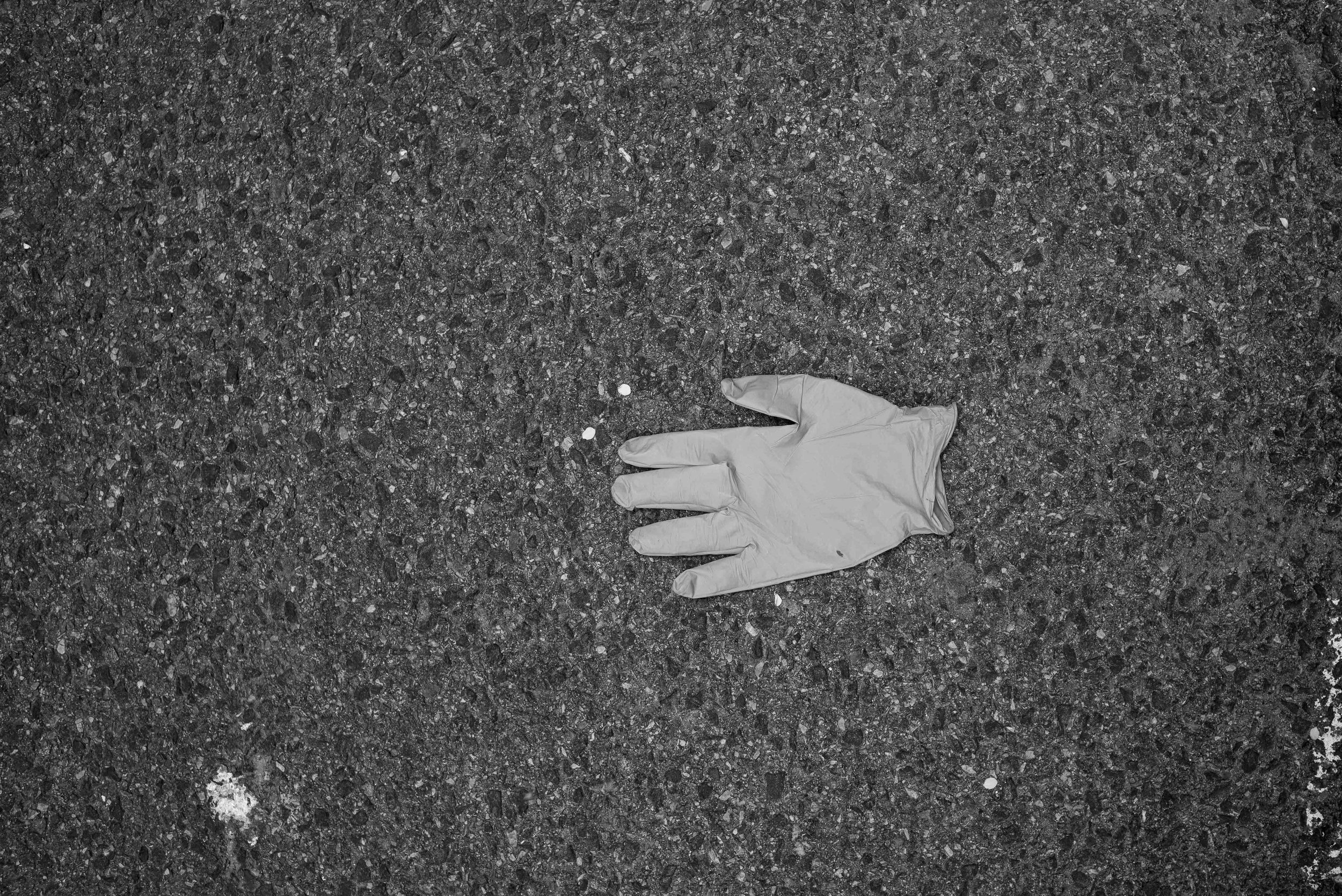
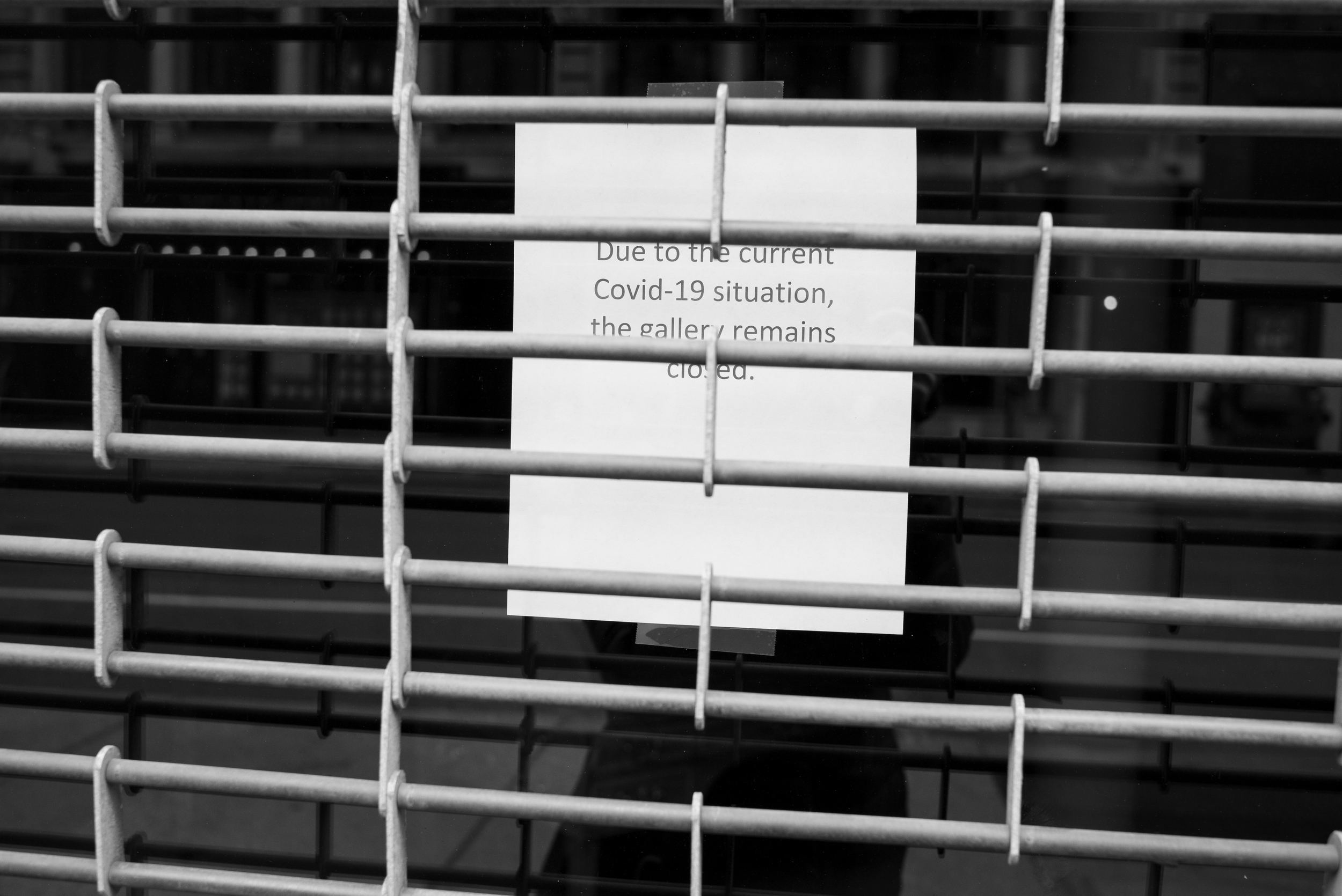
Life beyond the amazon rainforest
Natutama means "The world under water" in Ticuna, a language spoken by approximately 40,000 people in Brazil, Peru and Colombia. This photo project wasn't developed in a journalistic nature, but a visual experience of a different Amazon than most people imagine, specifically when you add the human element. Eliseu Cavalcante's 2,500-mile journey by riverboat down the length of the Amazon River and its tributaries to capture the life of the people who live on its shores. Cavalcante wanted to show a different Amazon than most people imagine, specifically the human element. Many picture the Amazon as an exotic jungle where animals outnumber humans. But development -- especially as the population grows in the Amazon region -- is an important reality, and one that cannot be ignored in conservation efforts.

Sewage in rio de Janeiro
Come for the World Cup, swim with the feces
This photograph is part of a project that Rachel, my wife and I did for Global Post in Rio de Janeiro about the water quality/sanitation problem on Guanabara Bay. The project led us into Rocinha, Latin America’s largest slum, where we interviewed a community leader Mr. Martins. He lives there for nearly half a century, and he’s on a mission to get the favela a real, modern sanitation system. Now much of the community relies on open sewers that flow through the streets and under houses.
"RIO DE JANEIRO — Brazil’s “Marvelous City” will play host to around 400,000 tourists during the World Cup next month. And there’s one thing visitors may be unable to avoid, be it on their way to the airport or at the beach: human feces.
"In Rio, only around 40 percent of sewage is treated, and the rest ends up in the city's rivers, lagoons, beaches, and bay. Plus, between 80 and 100 tons of trash end up in the city's picturesque Guanabara Bay every single day." (Read more)
- Rachel Glickhouse for Global Post
- Rachel Glickhouse tweets at @Riogringa
ESPERANÇA TERENA
A Photographic Lens into One of Brazil's Indigenous Communities
"June, 2013 | Securing land titles is a challenging and lengthy process for indigenous people. The Terena tribe in Brazil, whose lands were wrongly granted to foreigners and destroyed for economic gain, have been fighting an uphill battle for decades.
The Terena tribe from Mato Grosso do Sul and Sao Paulo, Brazil, are determined to gain legal right to their ancestral lands – ones that were taken from them in 1928 and given to cattle farmers. The Terena tribe lays claim to about 17,000 hectares of land, but were forced to live on a reservation of only 2,000 hectares, which a community member, Alberto, has stated is too small for his community.
In 1988, the Brazilian constitution was amended to include a provision that called for the return of ancestral lands to indigenous peoples in an effort to compensate for a long history of discrimination, violence and slavery. But, now, it is 20 years past the deadline to return these lands and traditional populations are still displaced.
In 2013, the indigenous people from the district of Taunay began protesting and demanding that the government take a position regarding their land ownership. About 80 tribe members occupied a 4,800 hectare ranch called Esperança (‘hope’ in English). Men, women and children participated in this protest, which demanded that the property residents leave within 24 hours. These protests turned violent and one member of the tribe was killed. Shortly thereafter, different villages started to invade local farms, demanding to get their land back.
Land titles are but one battle among many for indigenous people, but securing such legal rights is arguably the most vital. With rights to lands, other rights (to resources, water, etc.), ideally, follow. In the case of the Terena tribe, it seems that they must fight two battles: to get the land titles themselves, but first, to have them taken away from merciless farmers." - Madeleine Lesser, Rainforest Fund
"Eliseu Cavalcante is a Brazilian photographer based in New York. In July 2013, Cavalcante traveled to Mato Grosso do Sul in Brazil to capture the struggle of the Terena, an indigenous tribe. The resulting project, Esperança Terena, aims to bring awareness about the issue of indigenous land rights in Brazil.
During the height of occupations, Cavalcante traveled to the Esperança ranch right after the tribe took over the land. He was able to go thanks to Cavalcante's childhood friend, who is a member of the tribe. At the time, the whole area was closed to non-indigenous people, but Cavalcante managed to gain entry thanks to the generosity of tribe members. While he was with the Terena, he captured their lives: a mix of hope, spirituality, and a constant threat of losing their land once again.
As of October 2014, the Terena are still awaiting a government decision to reimburse the rancher who currently owns the land so they can reclaim it." - Rachel Glickhouse, Rio Gringa
